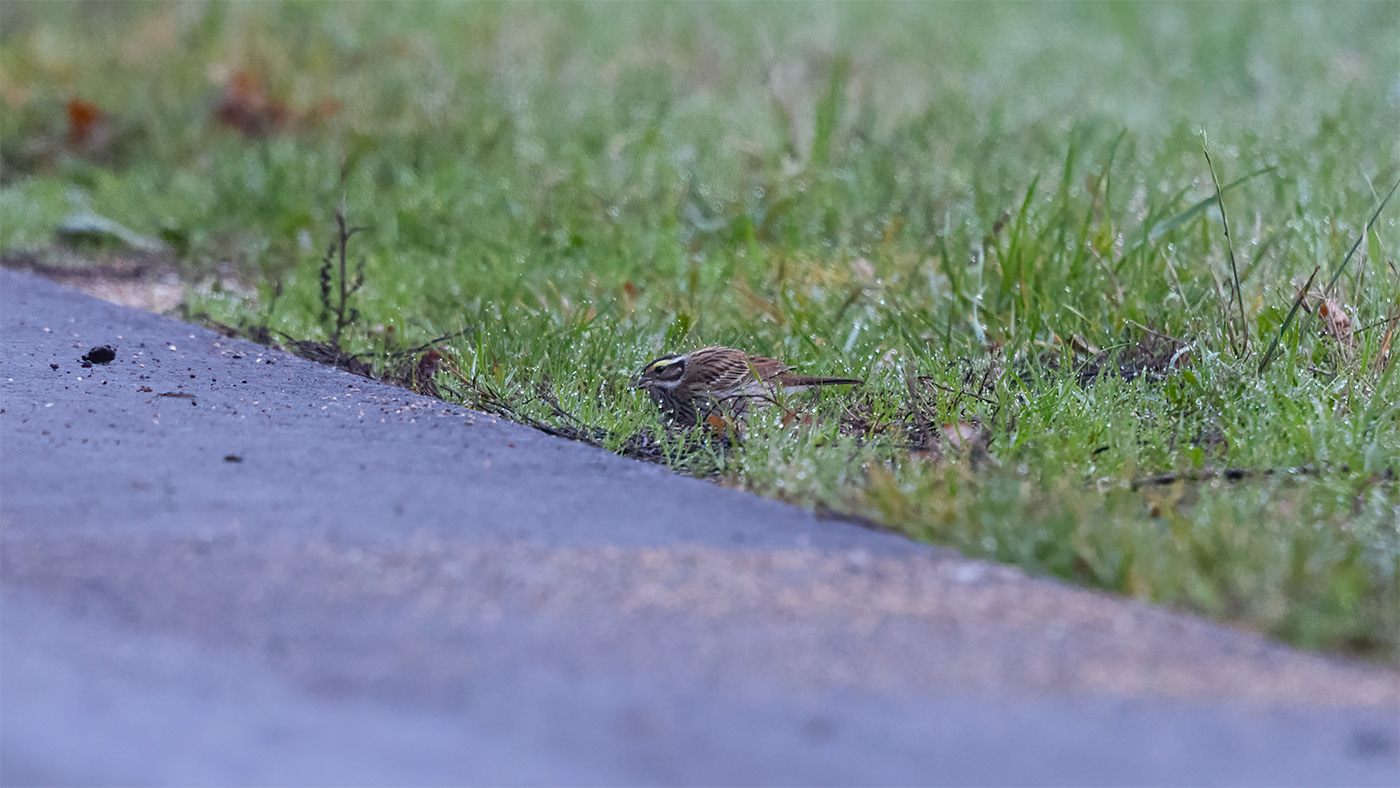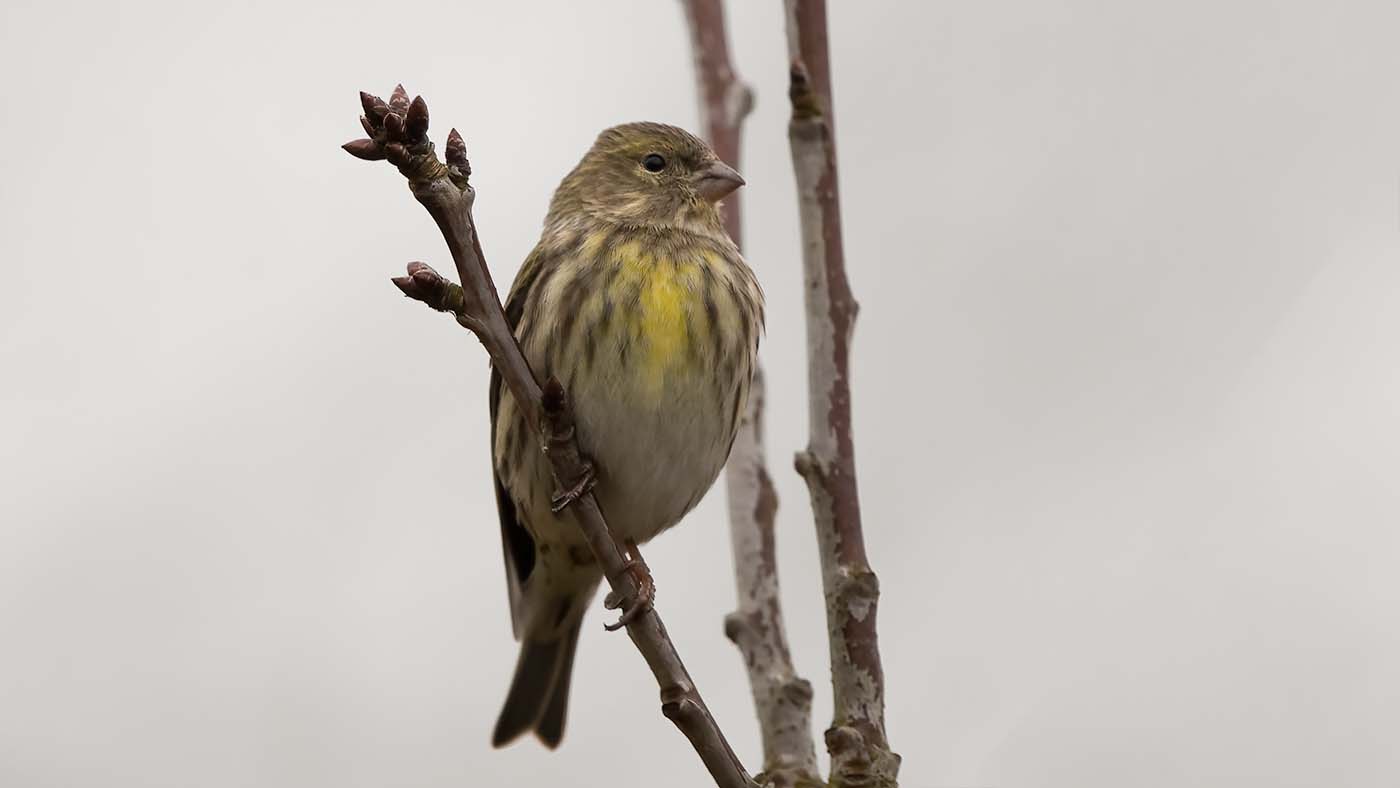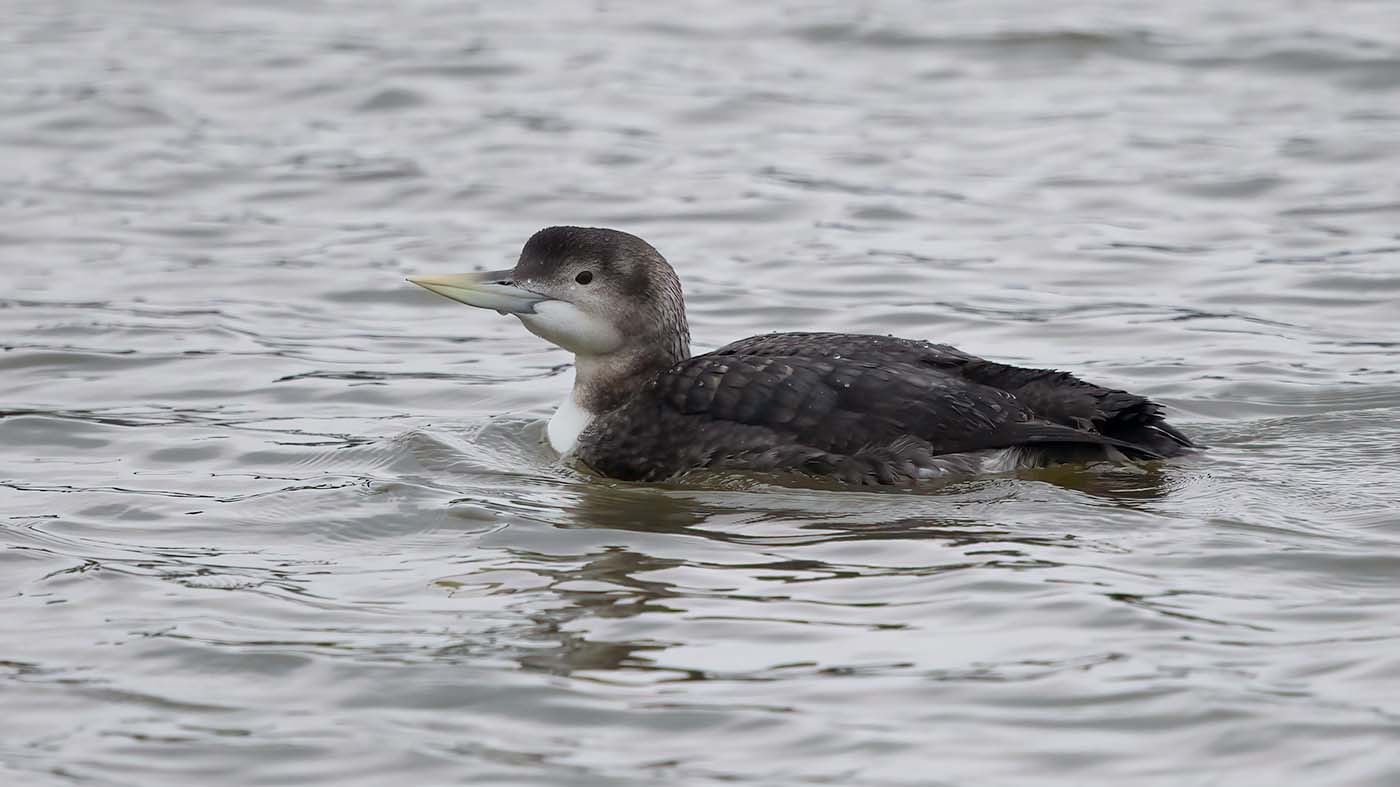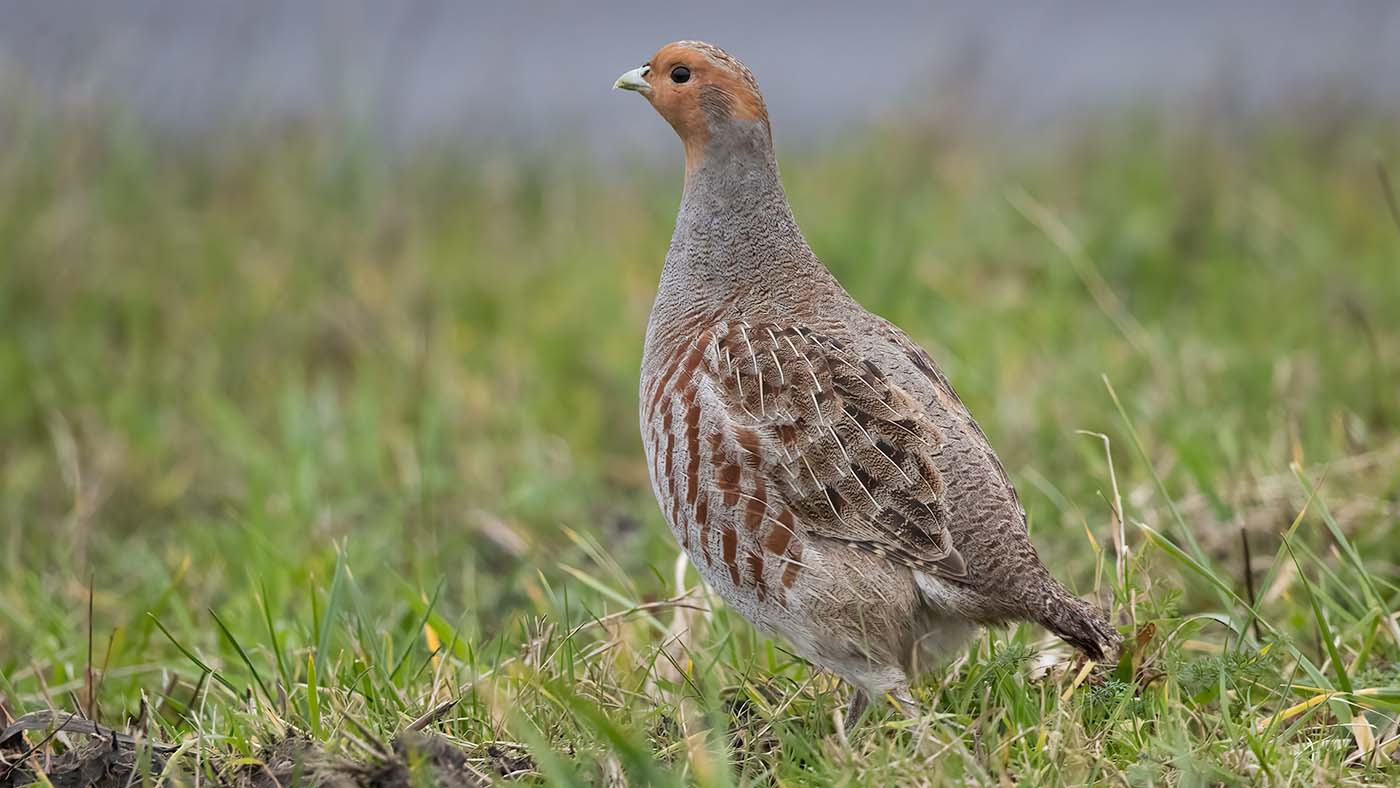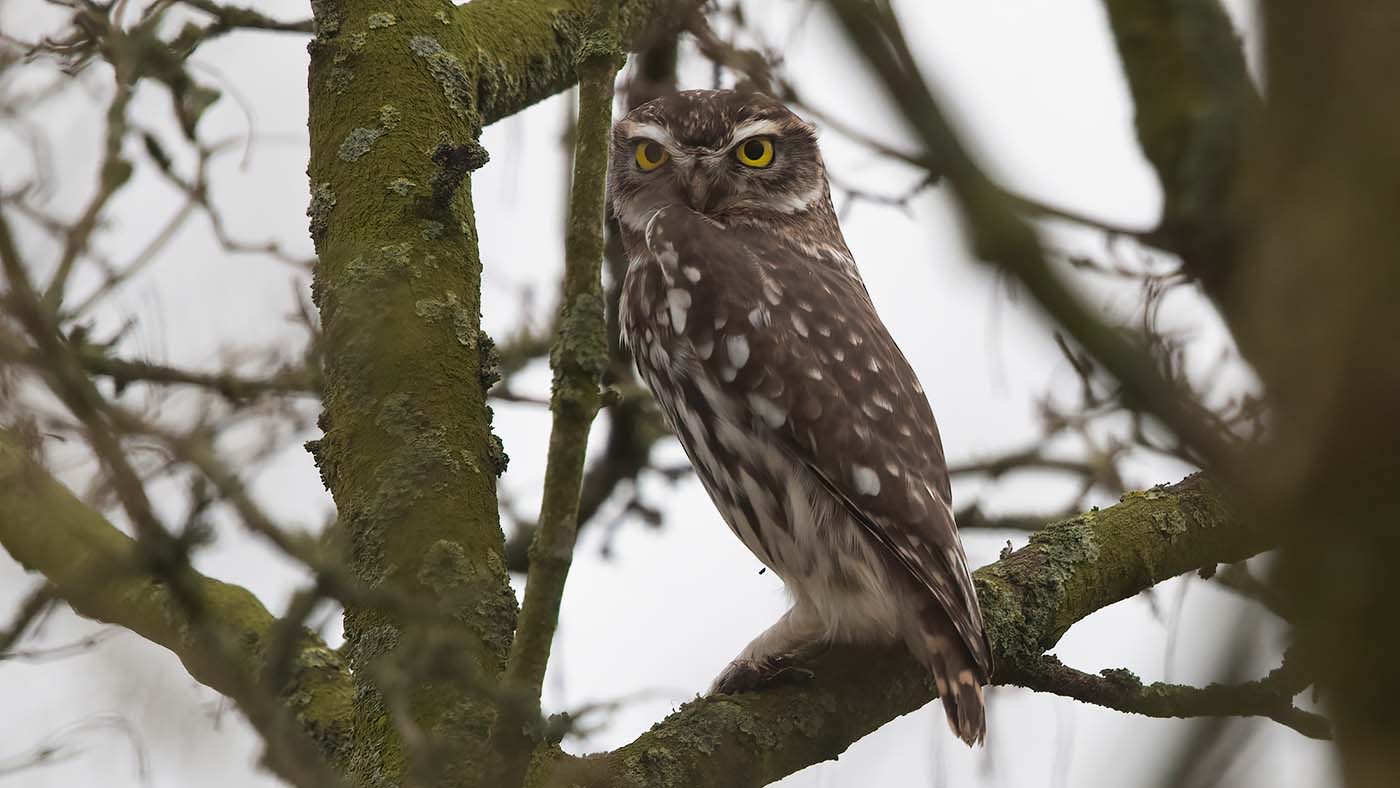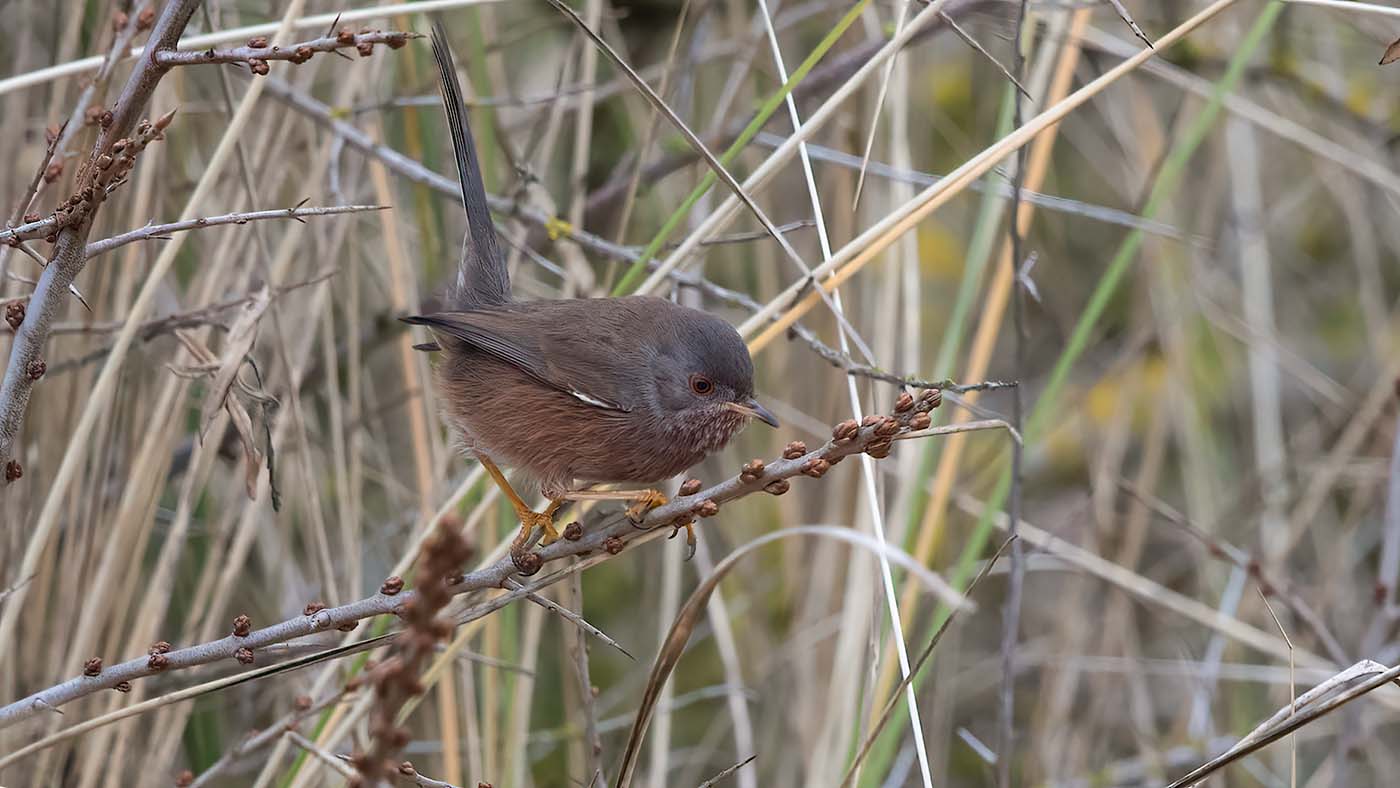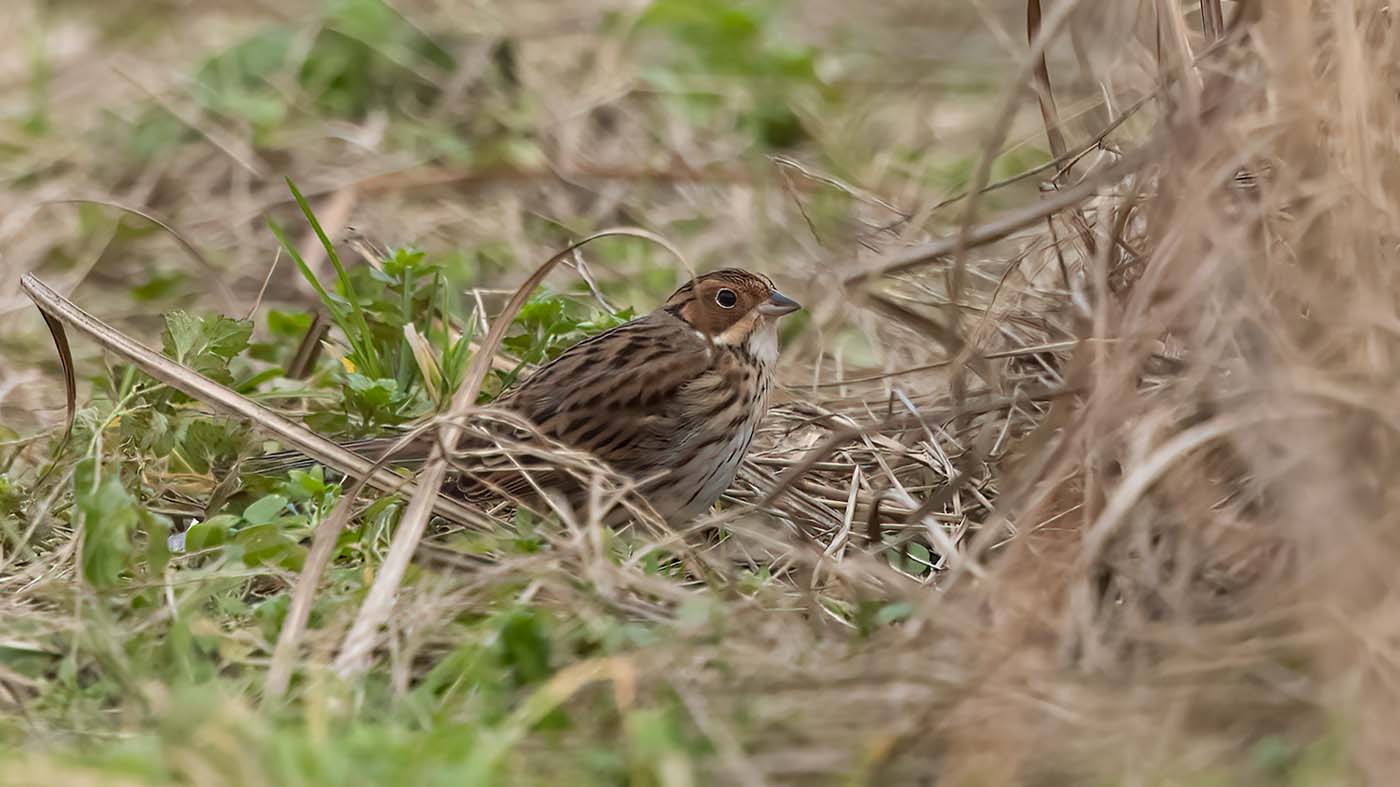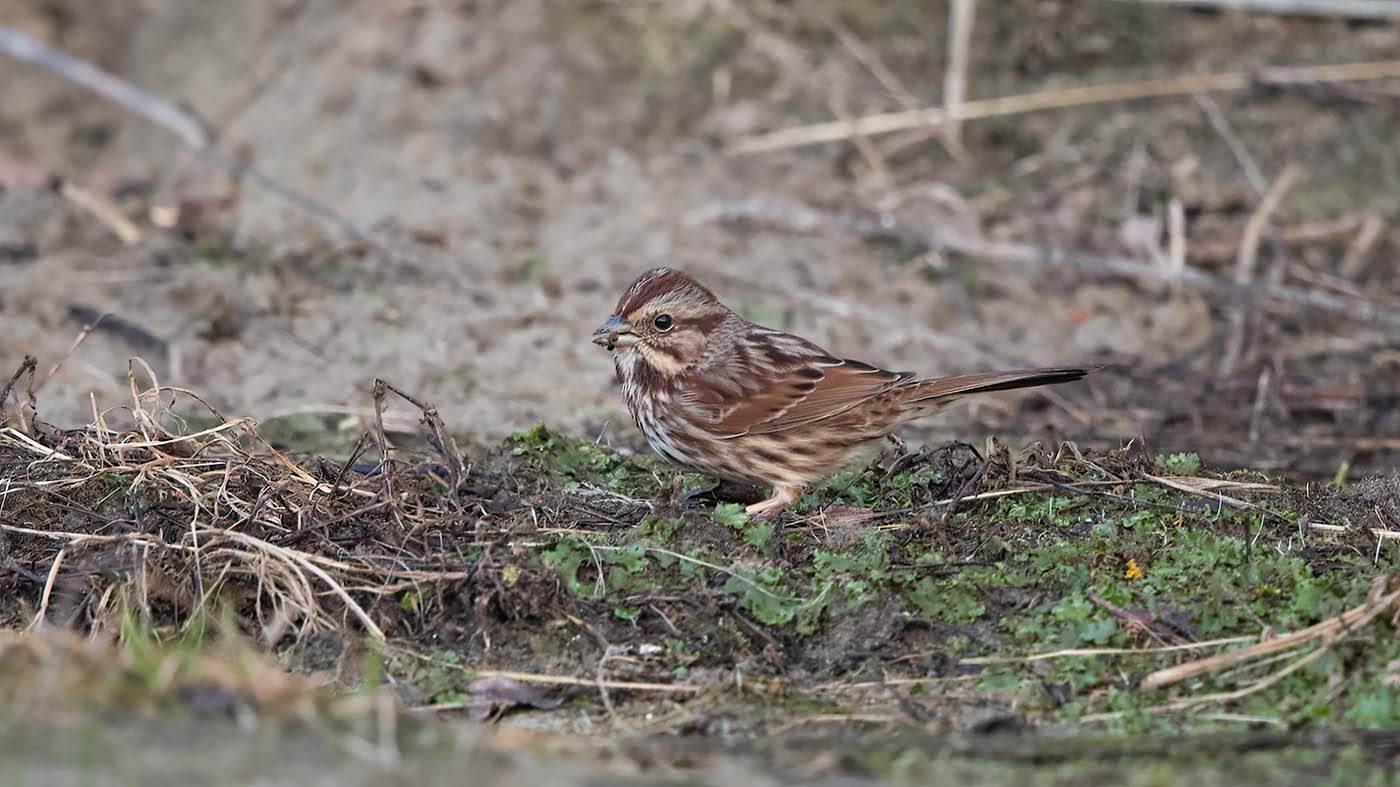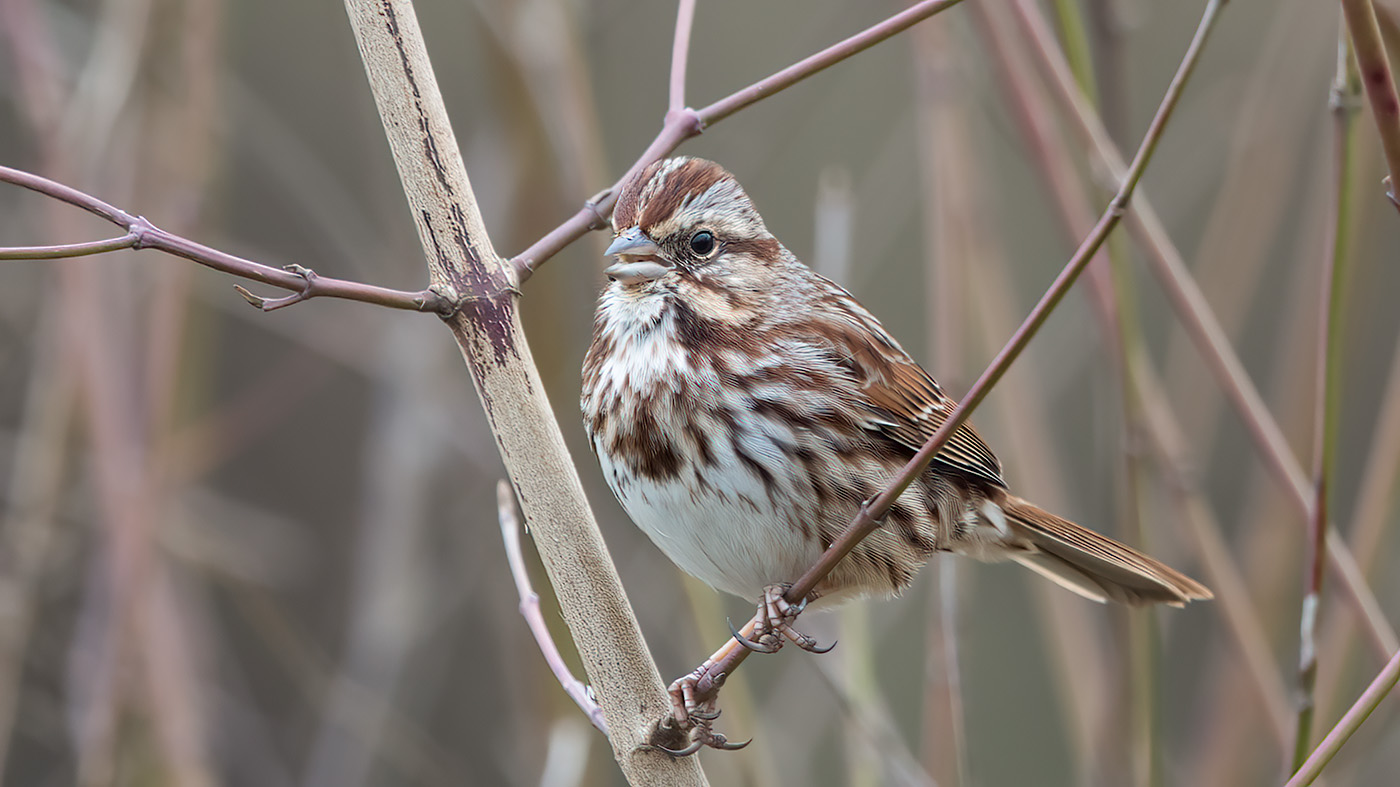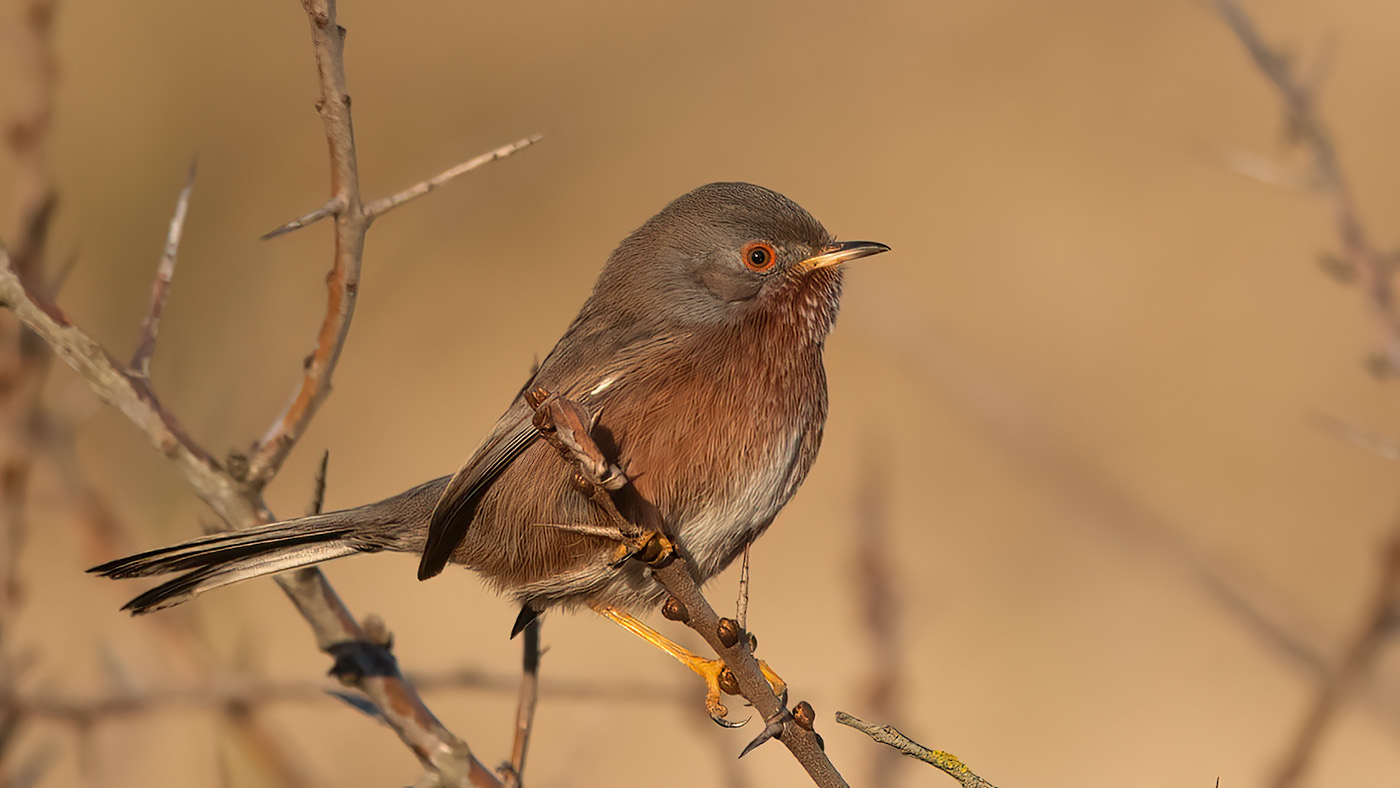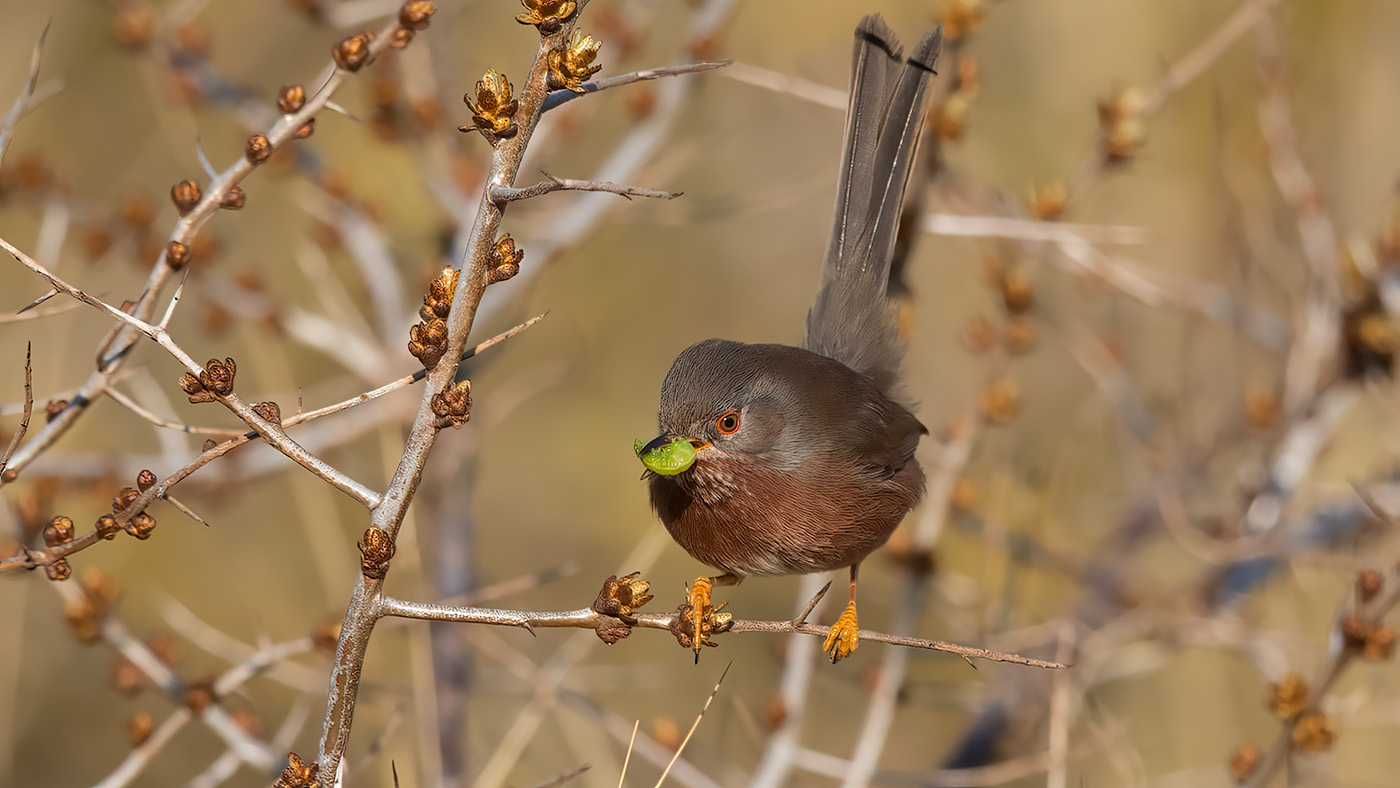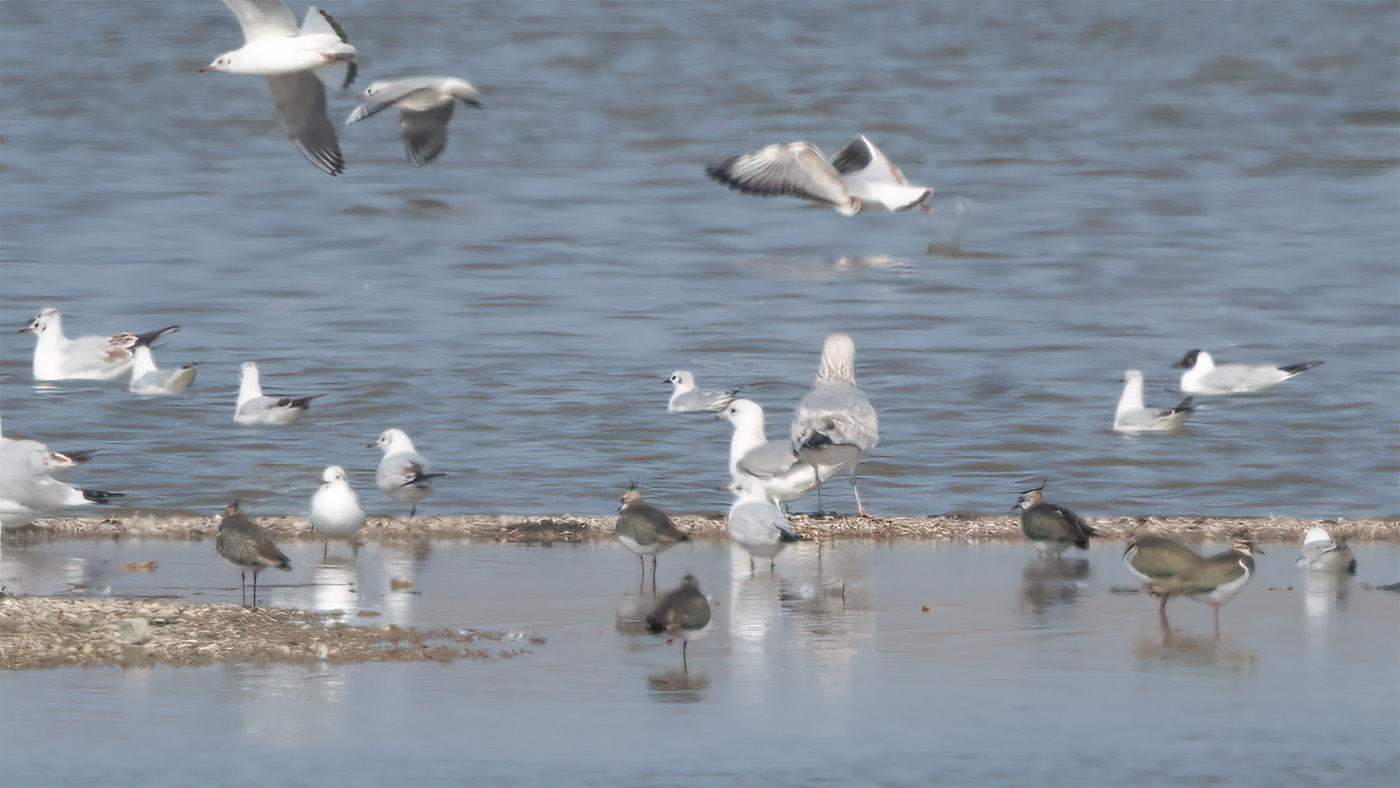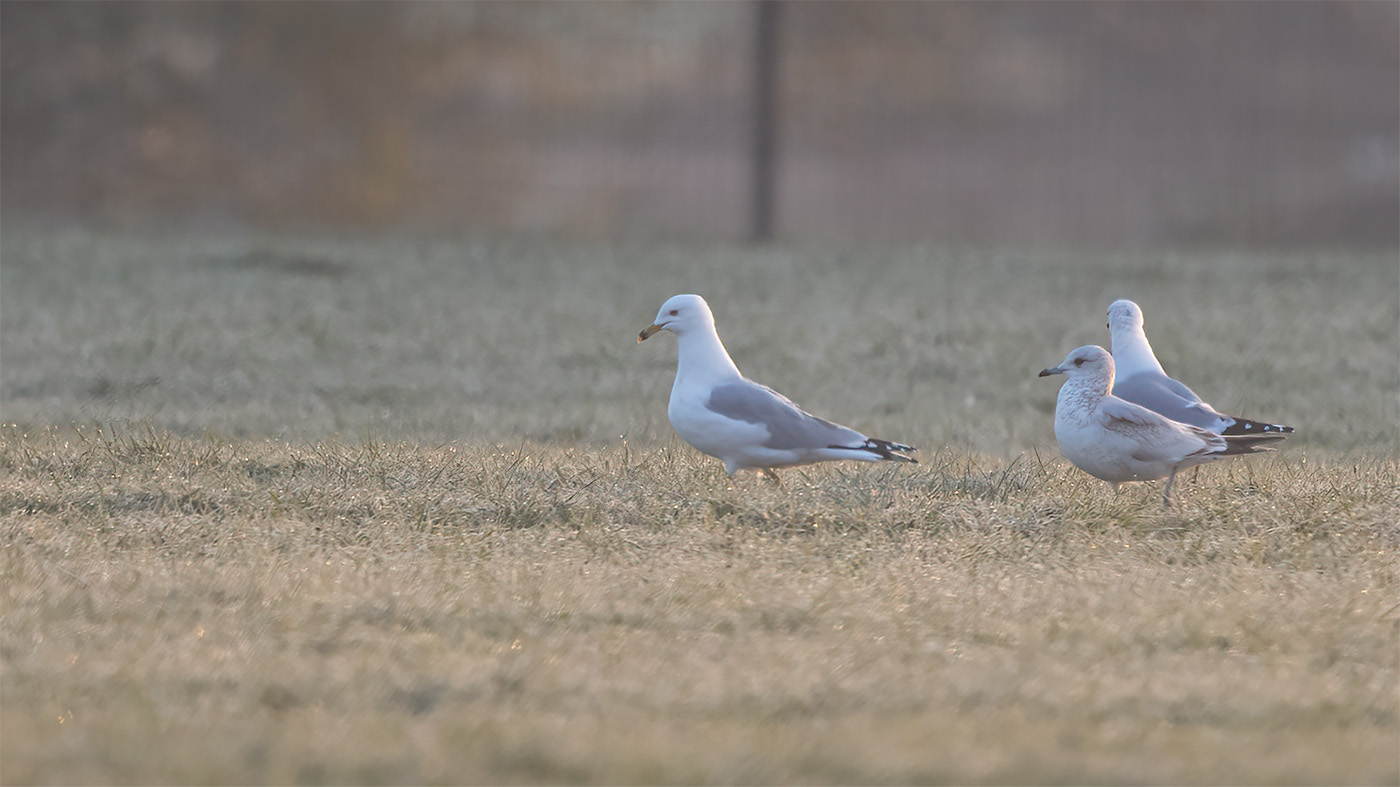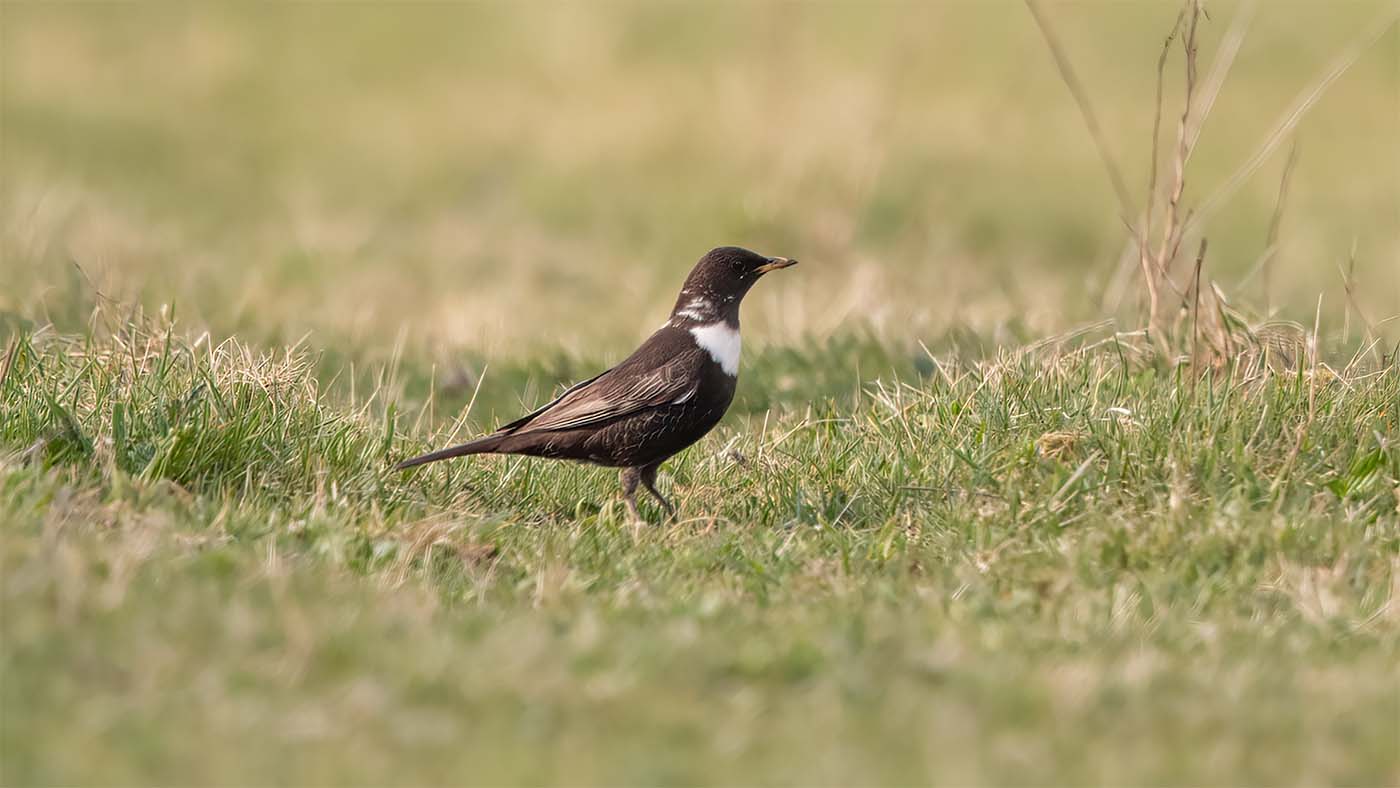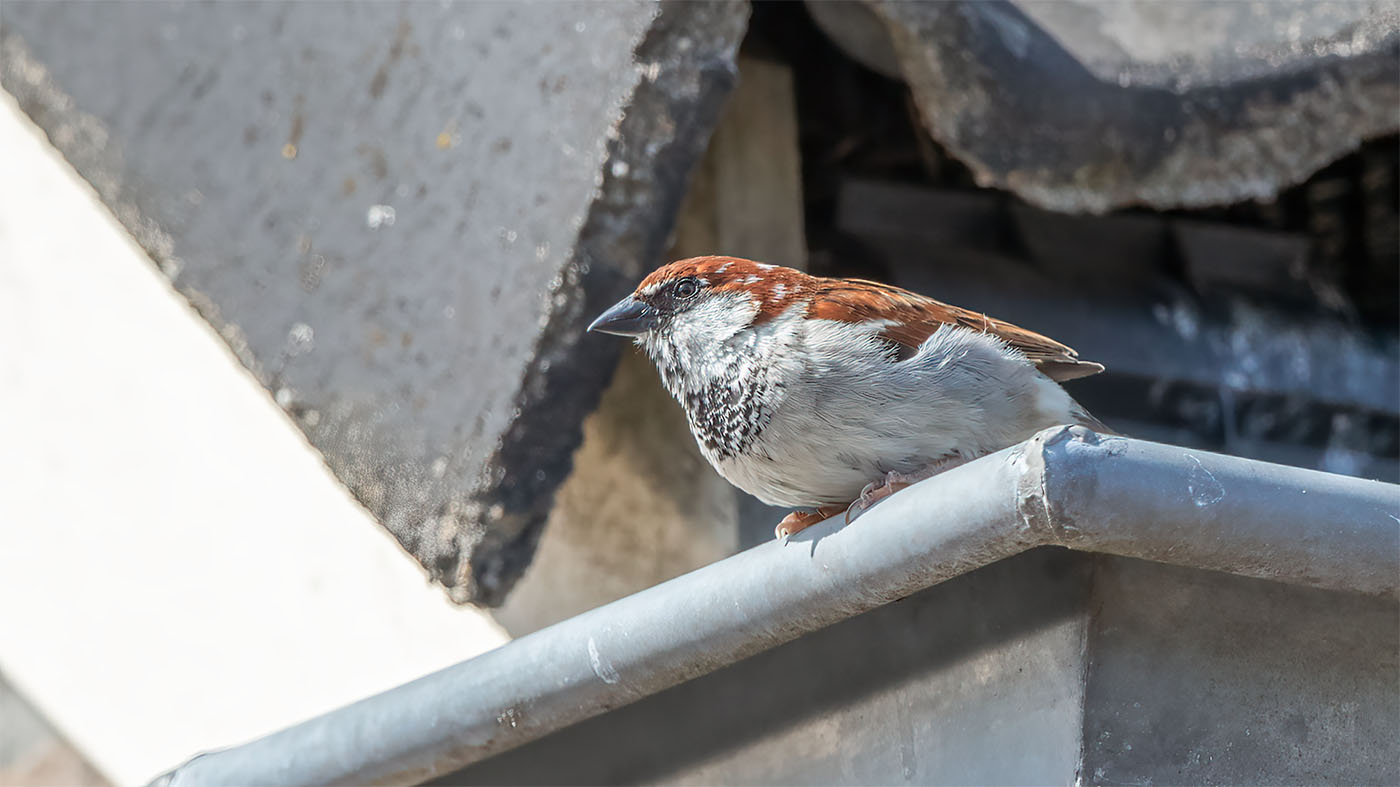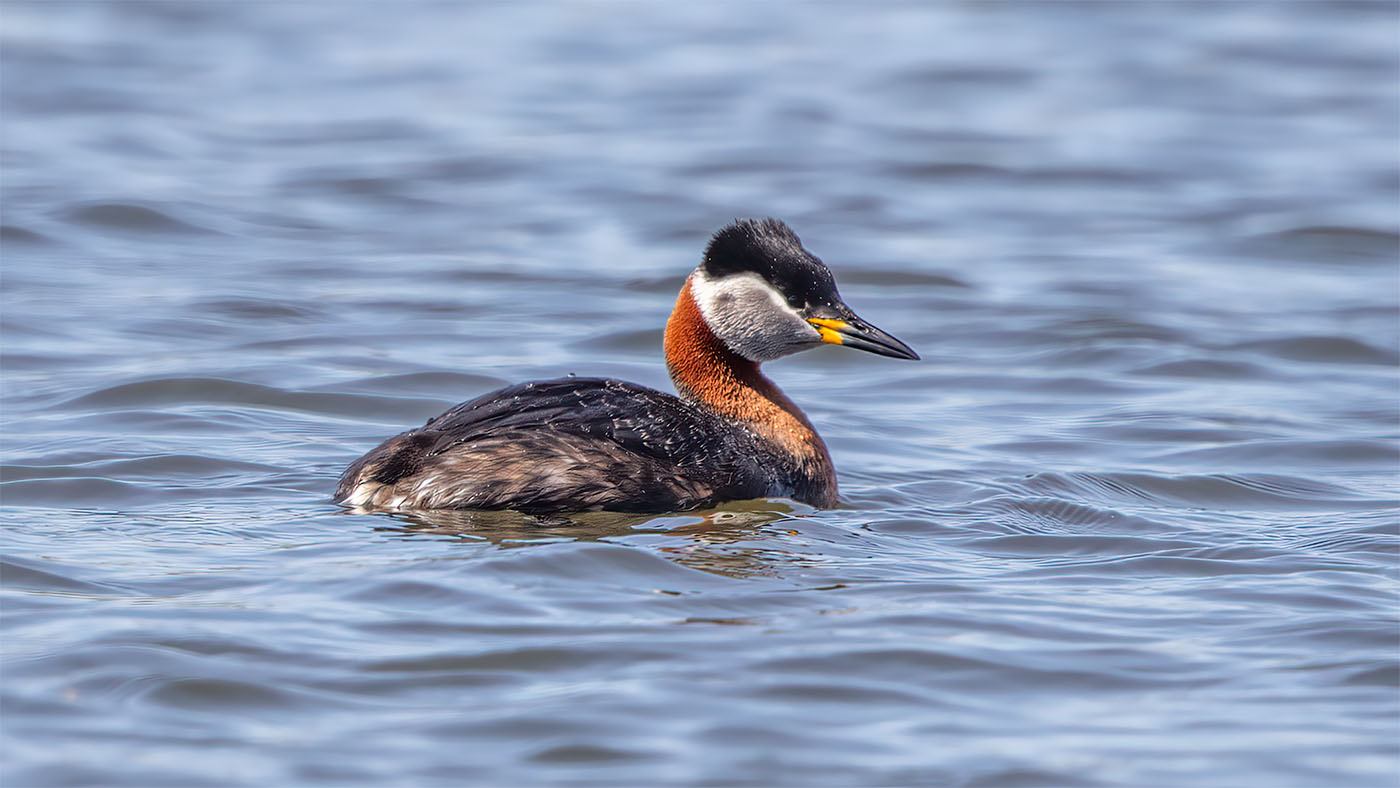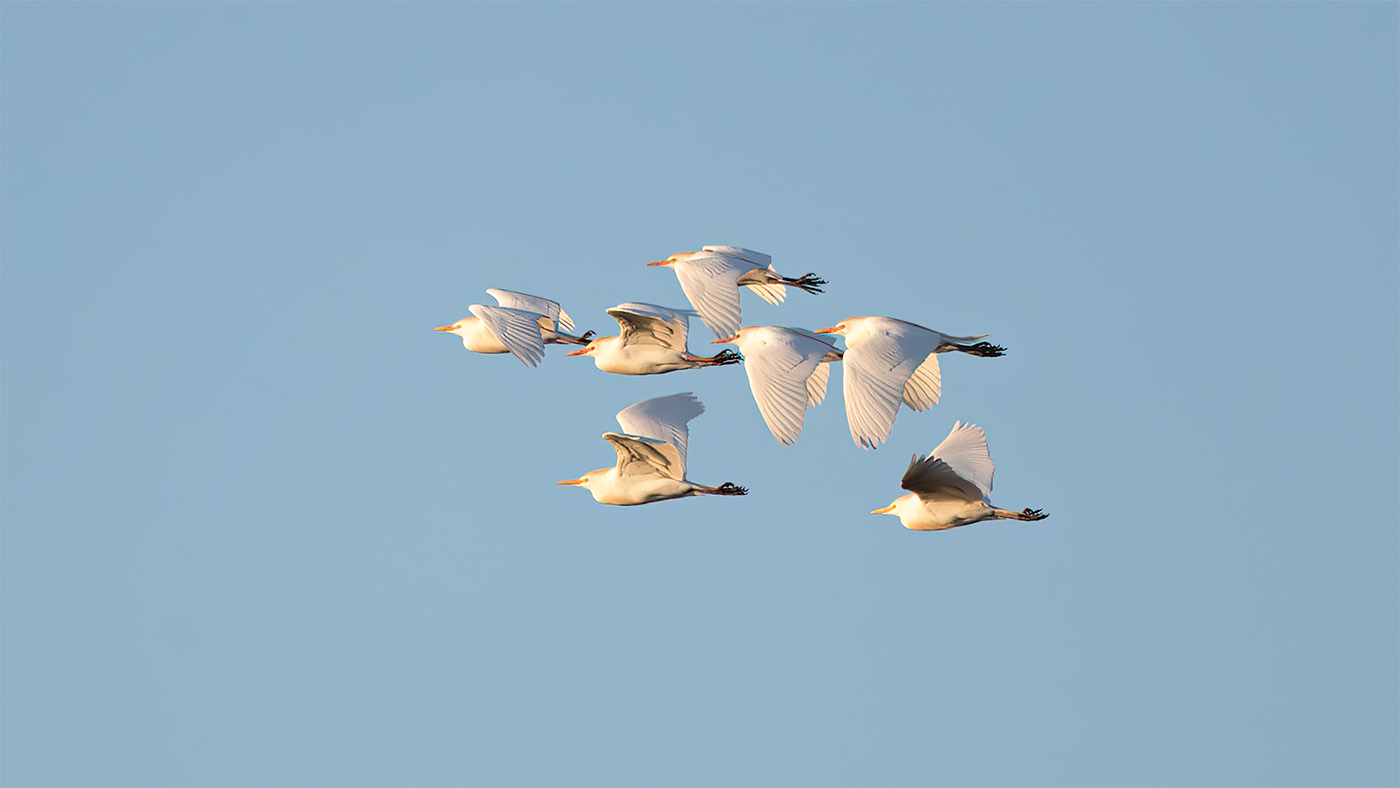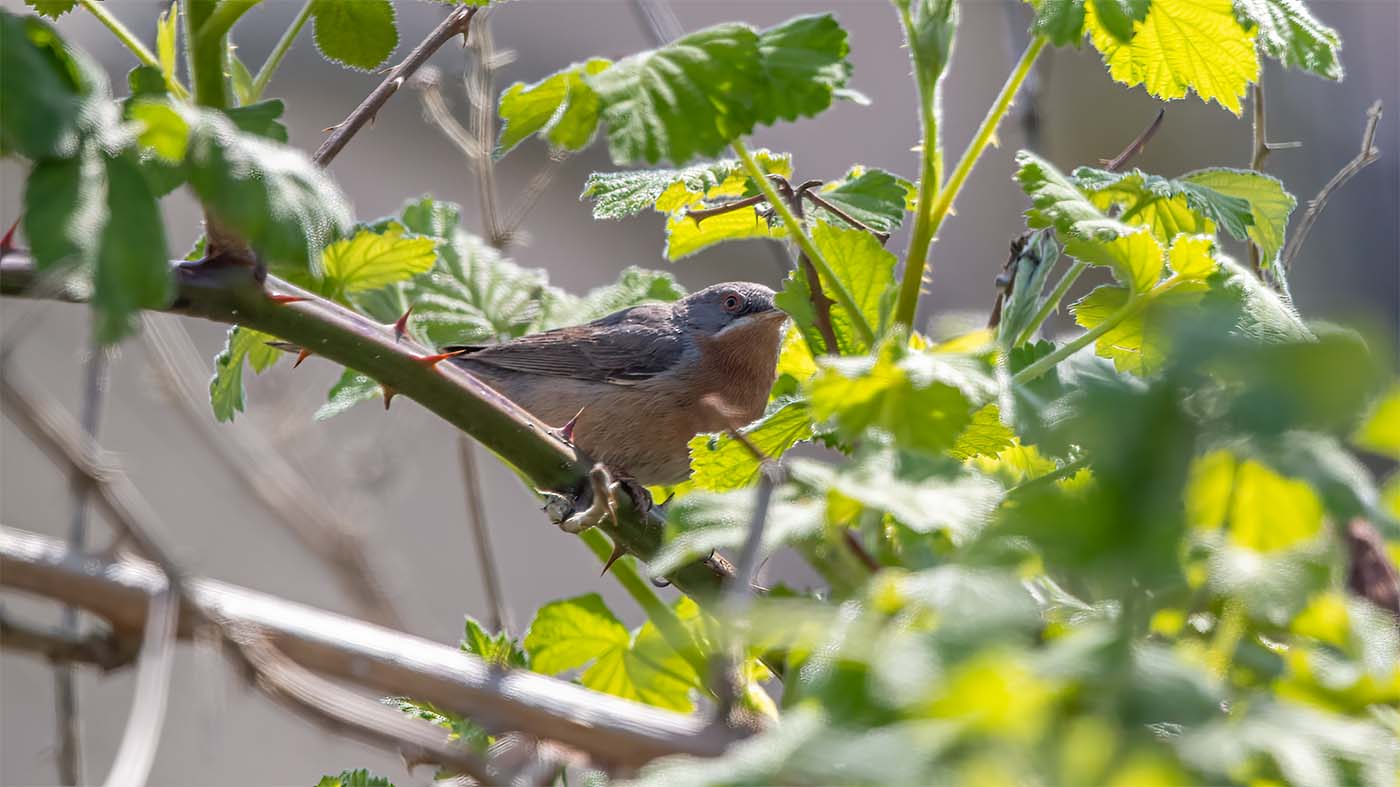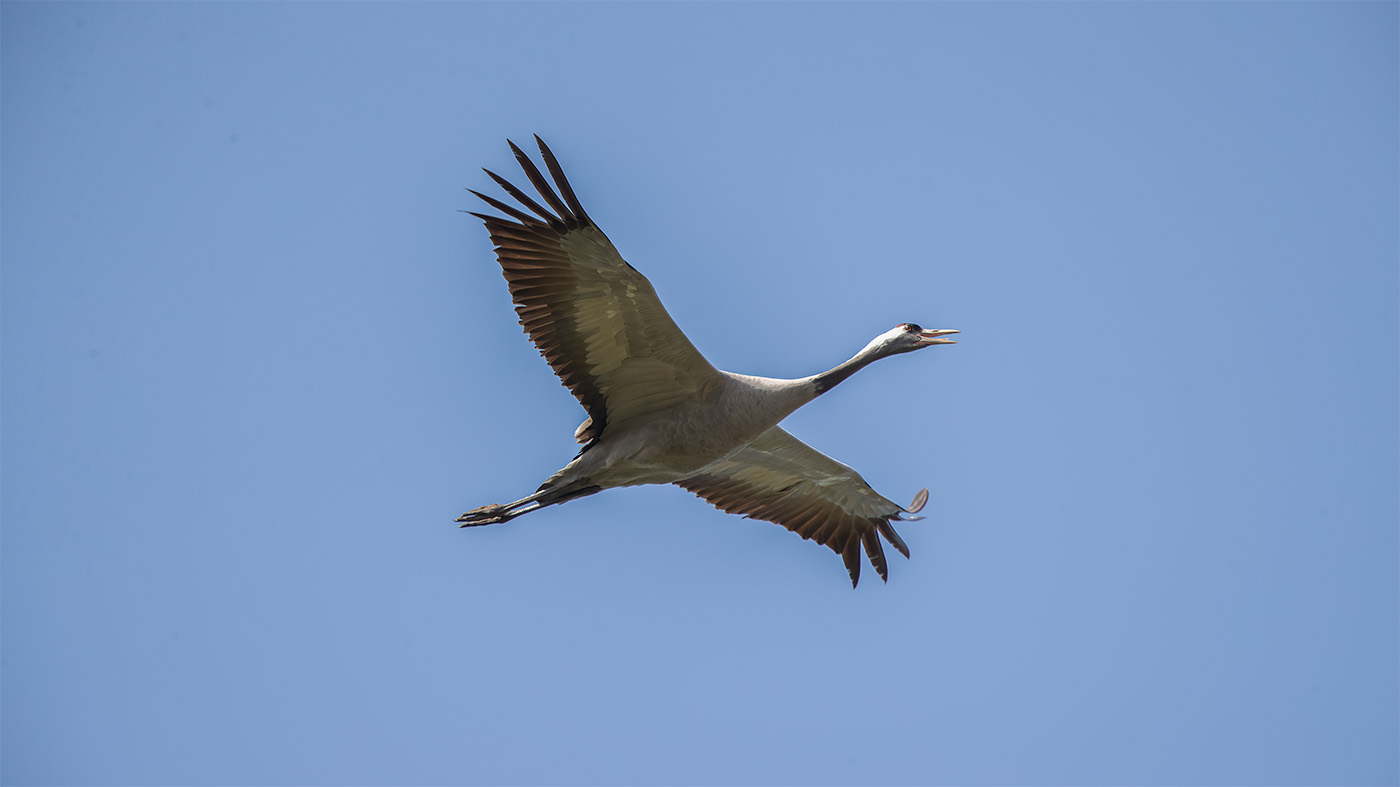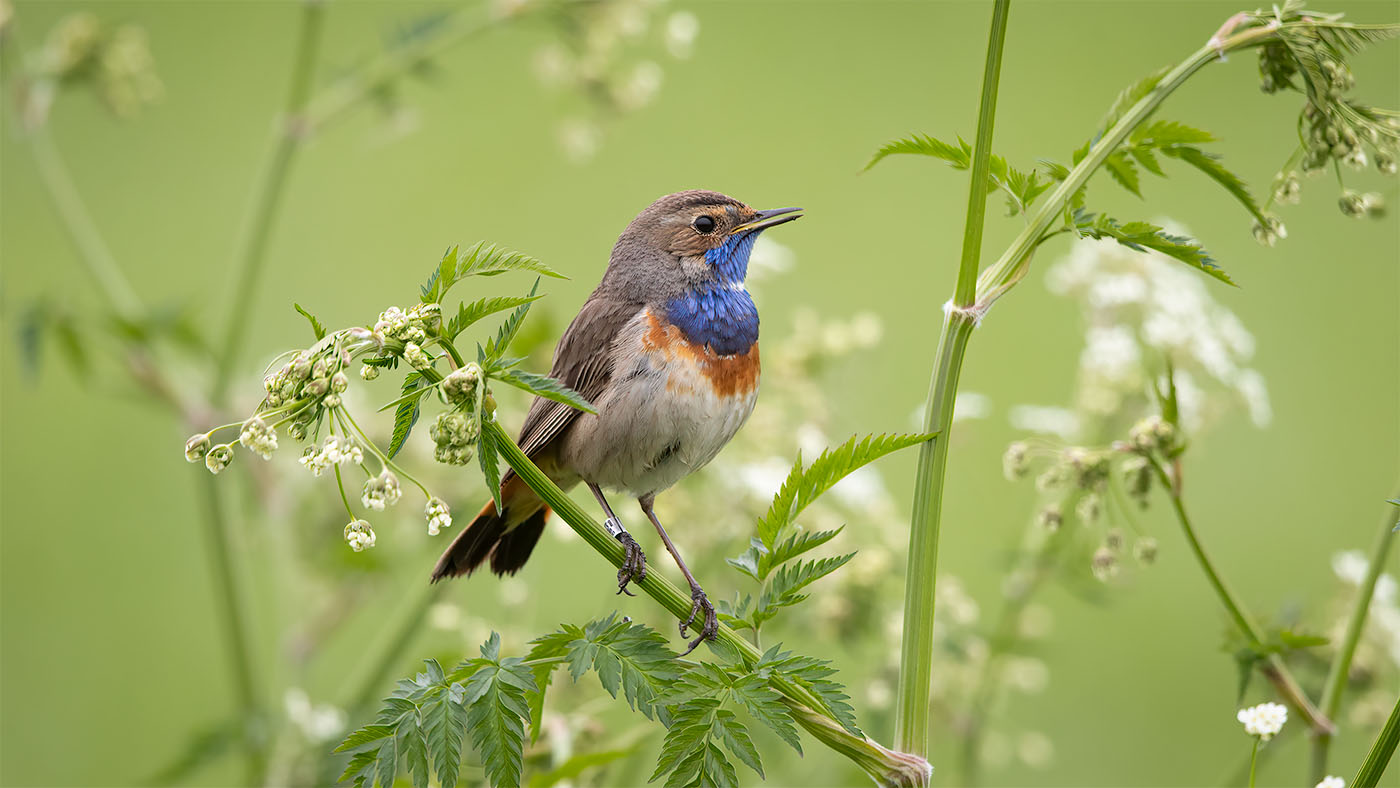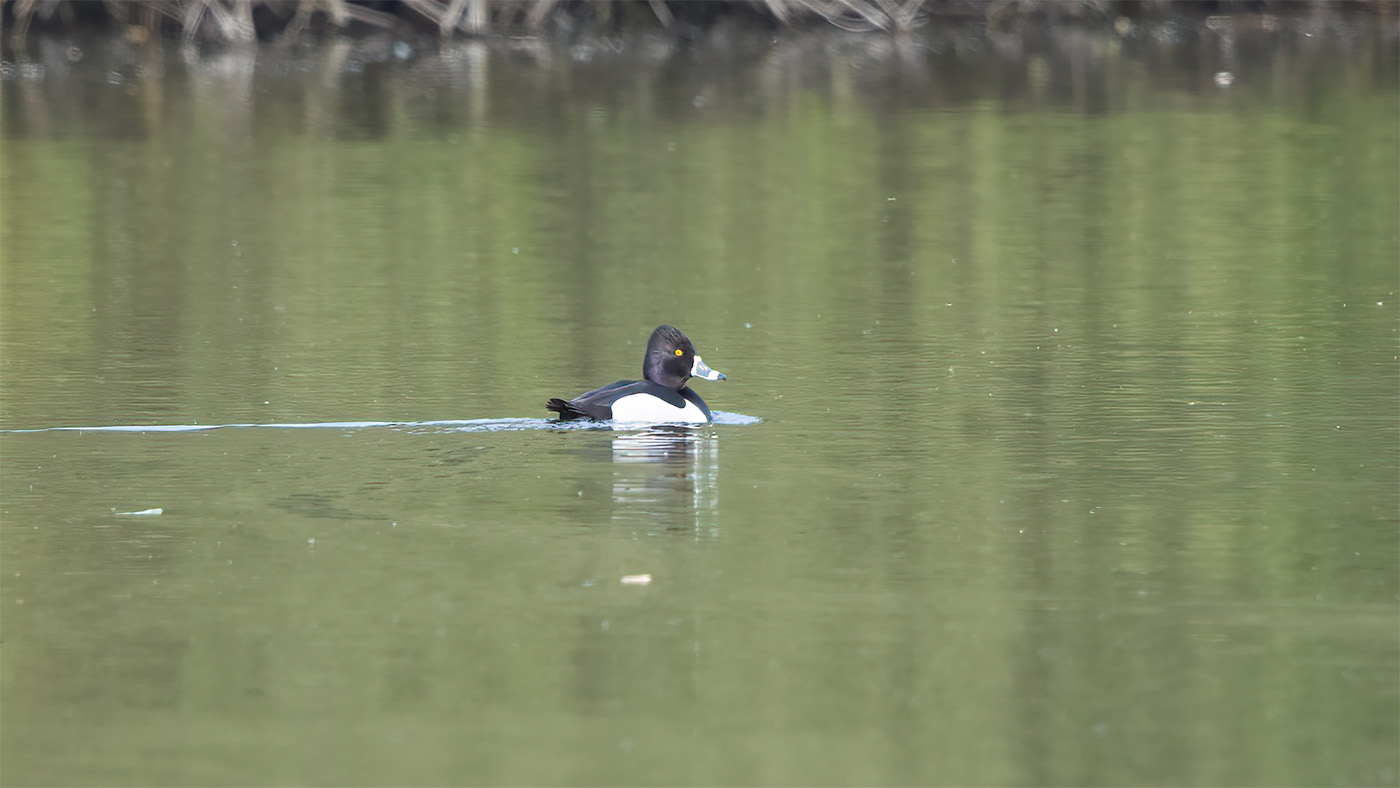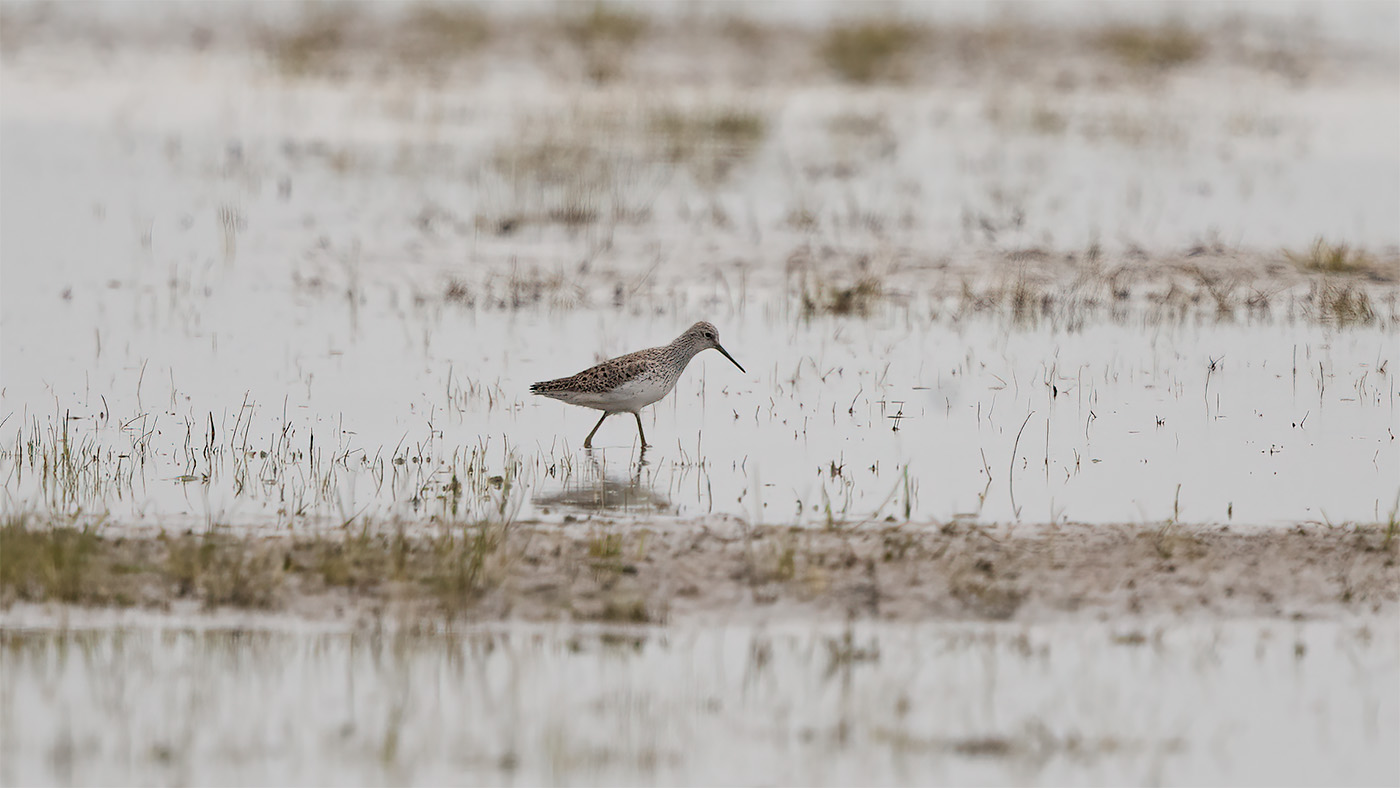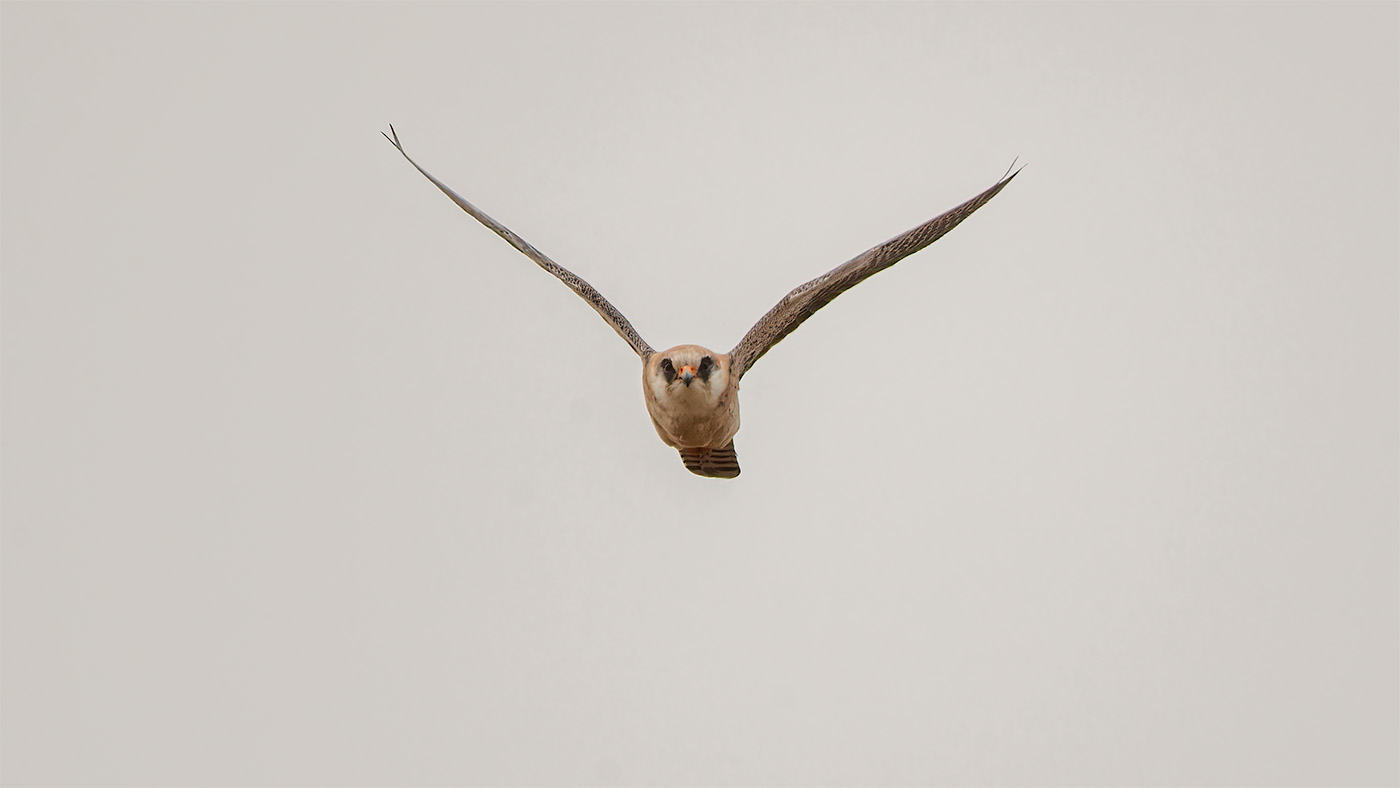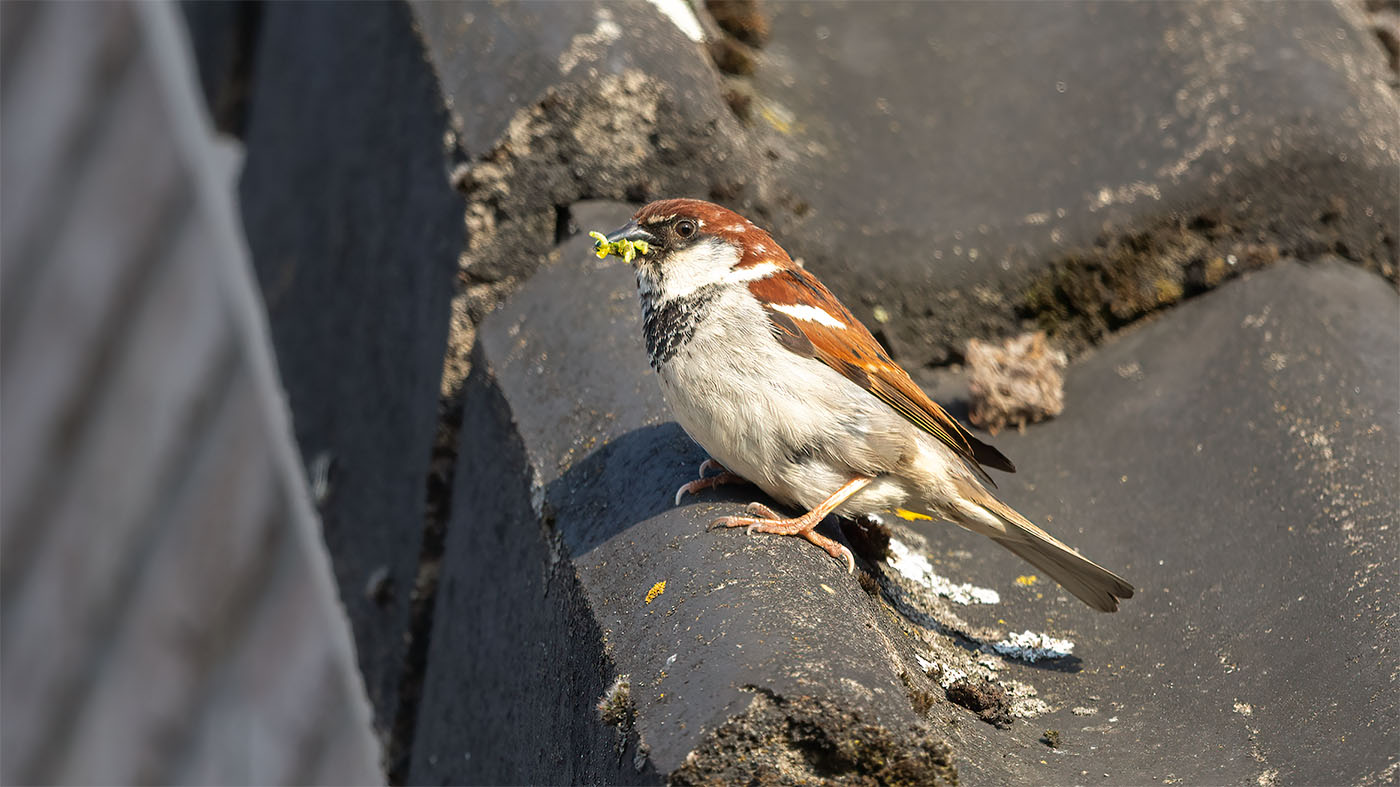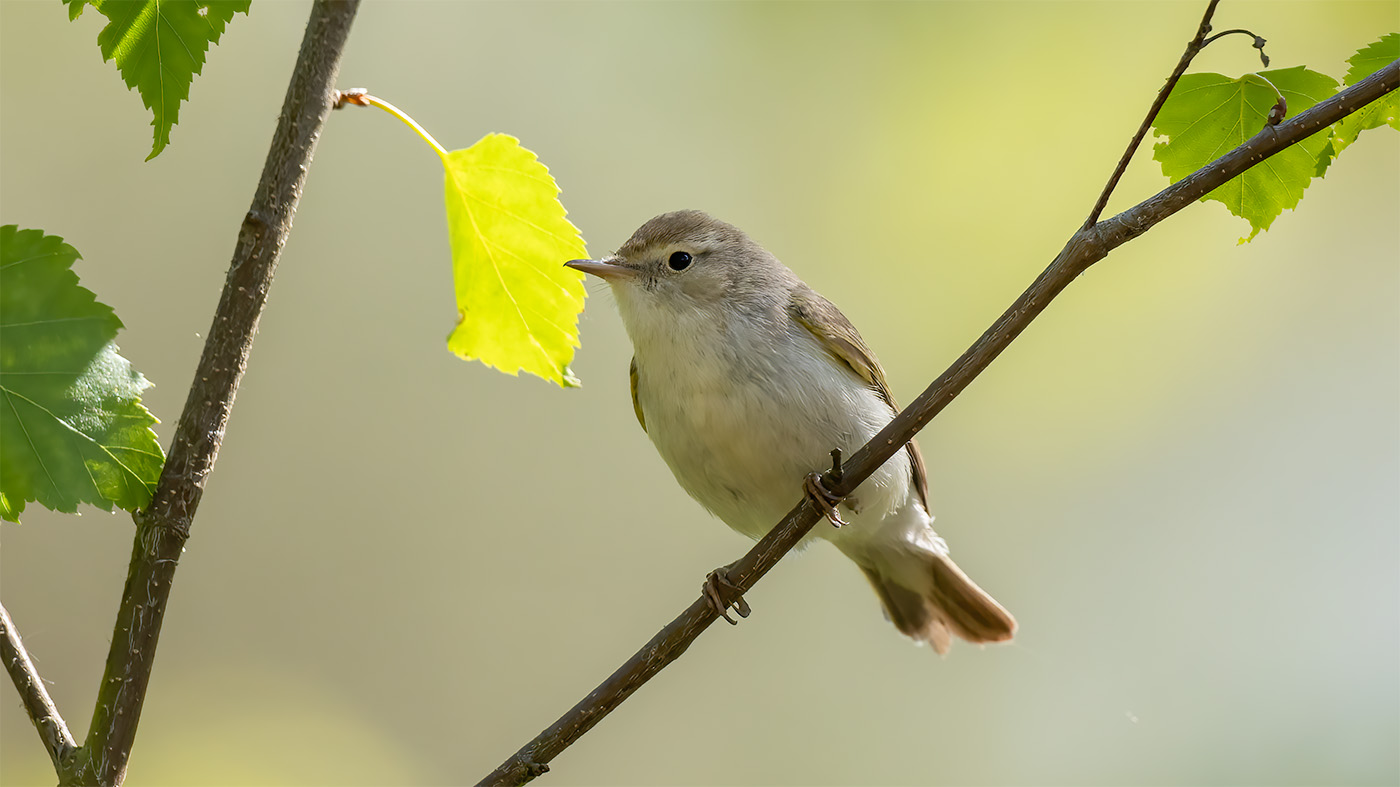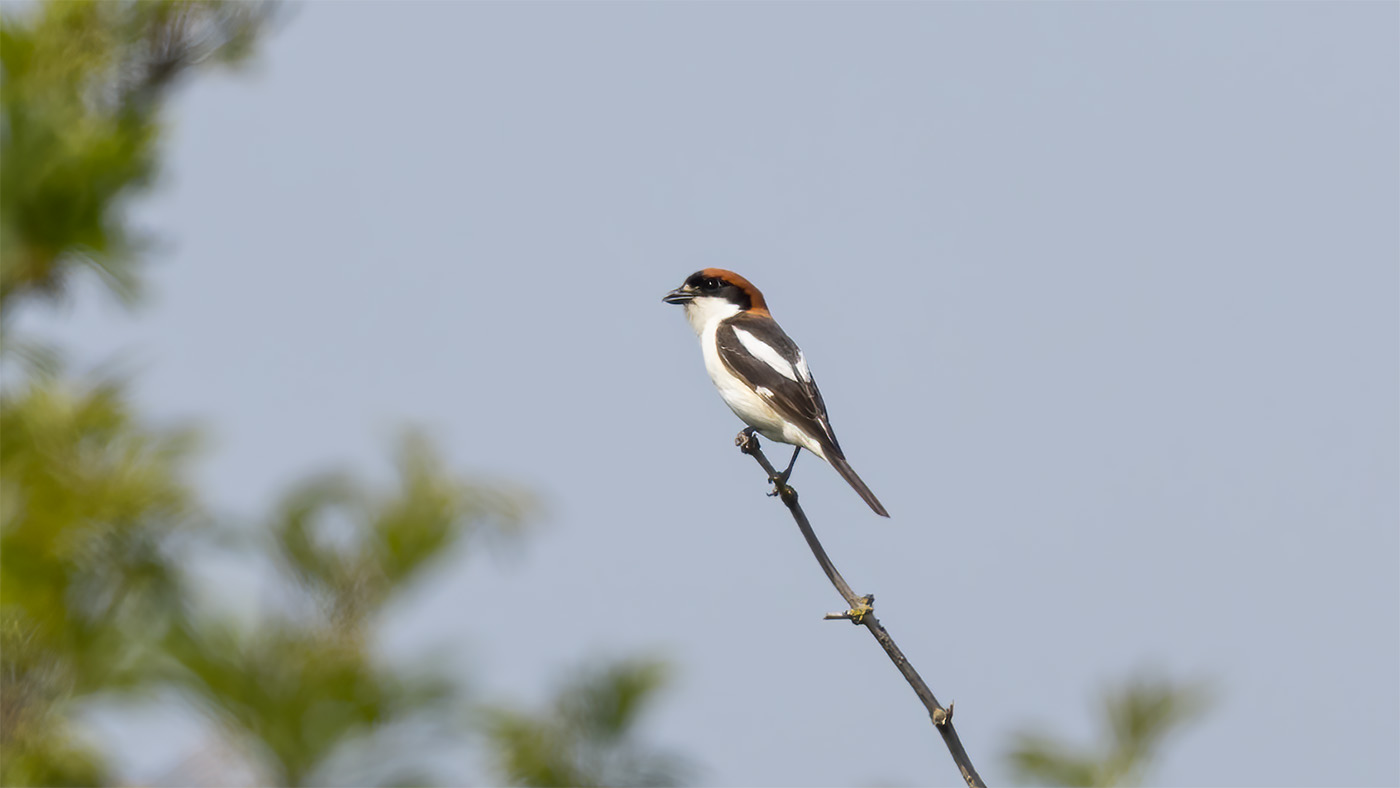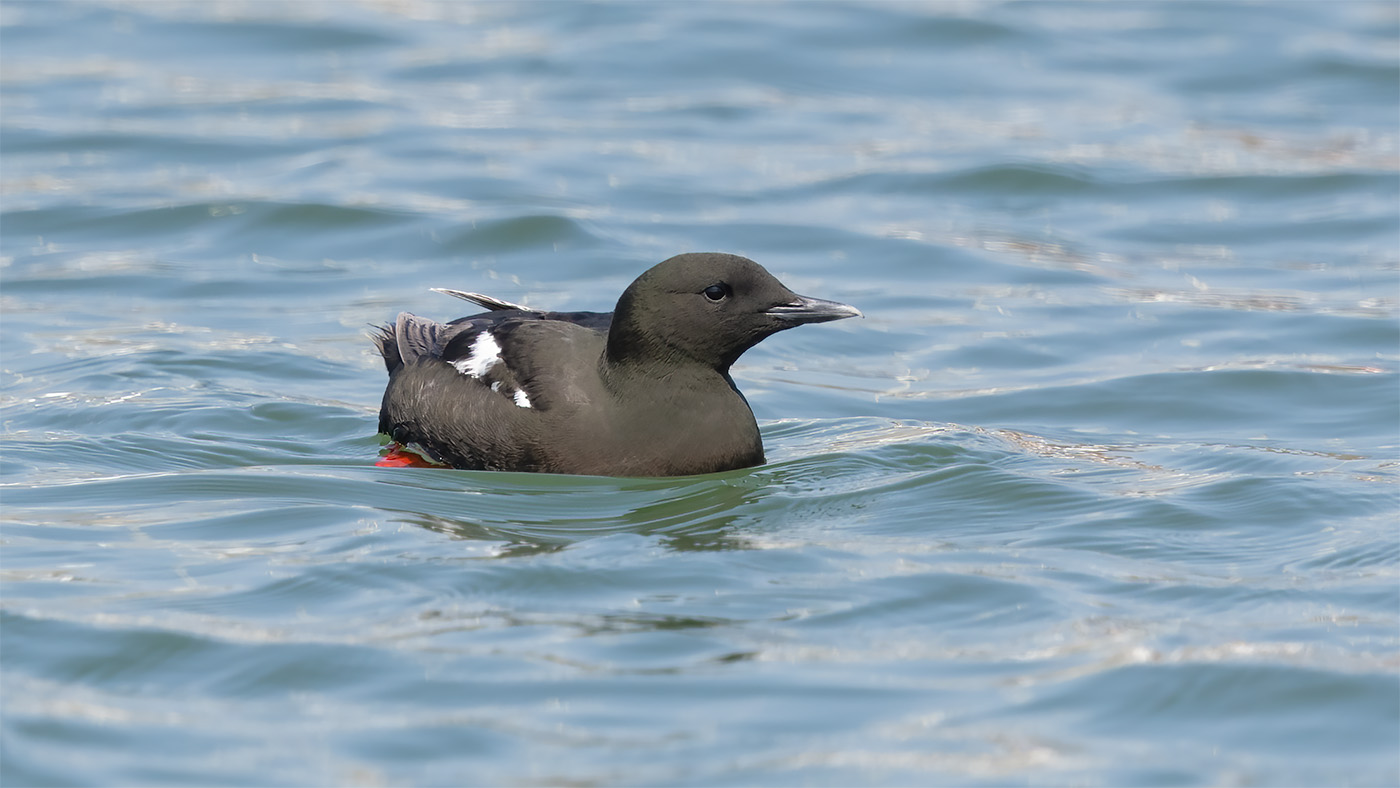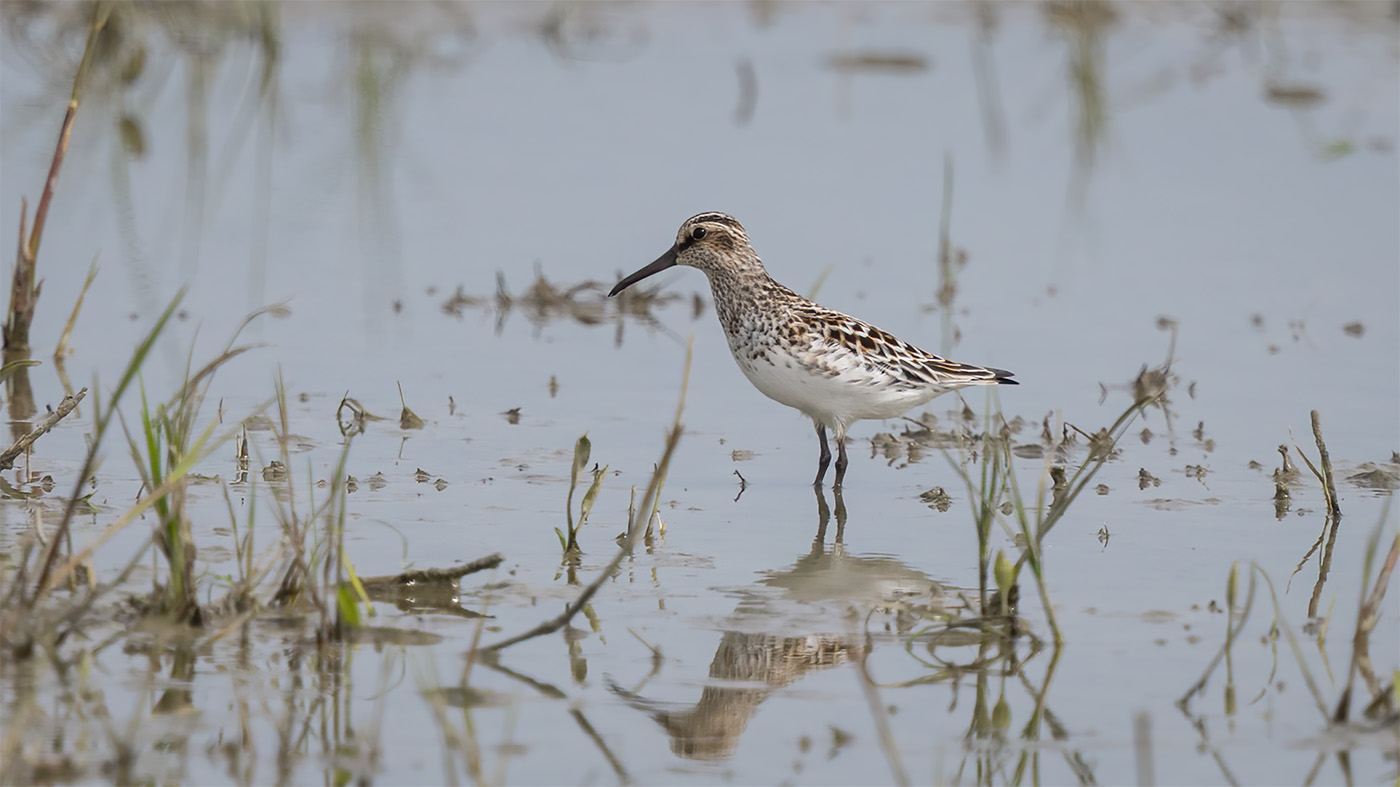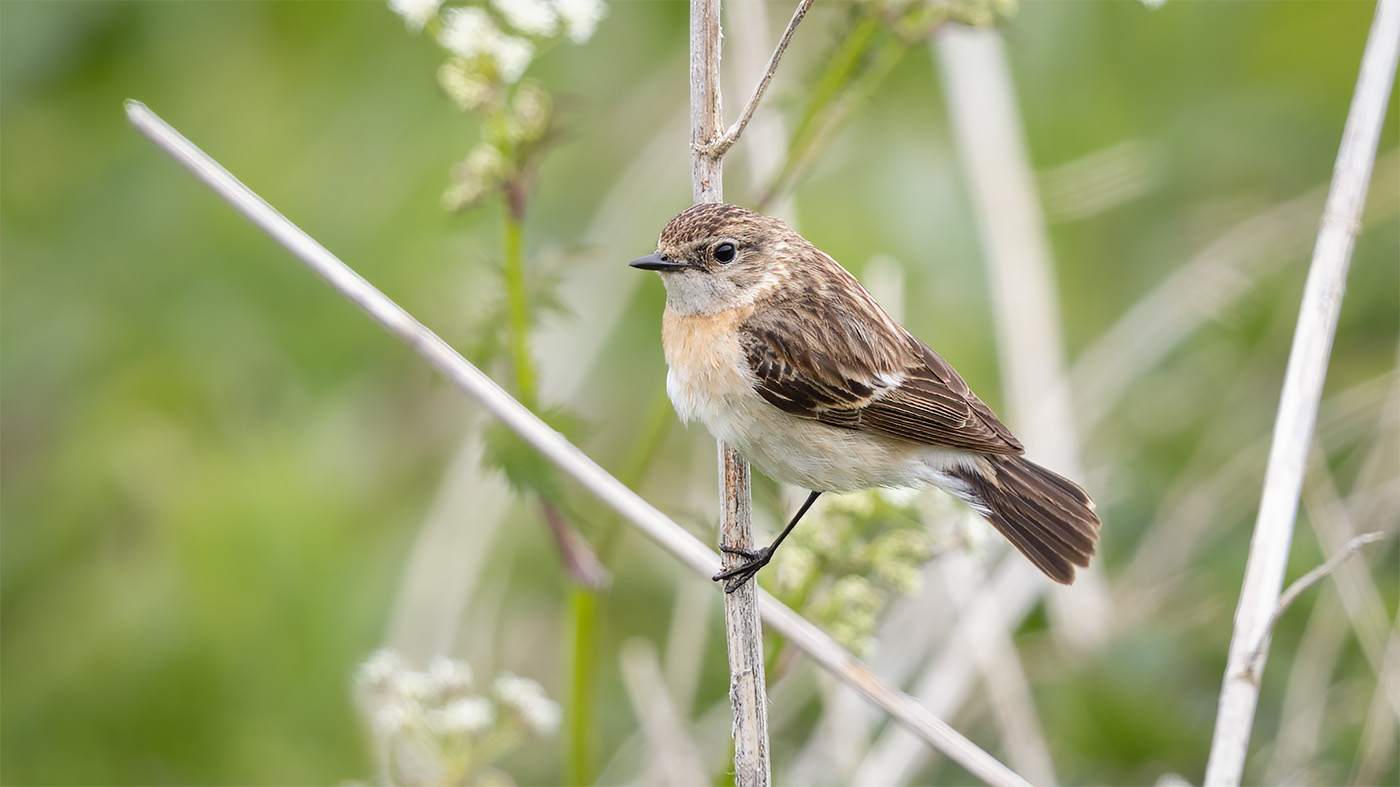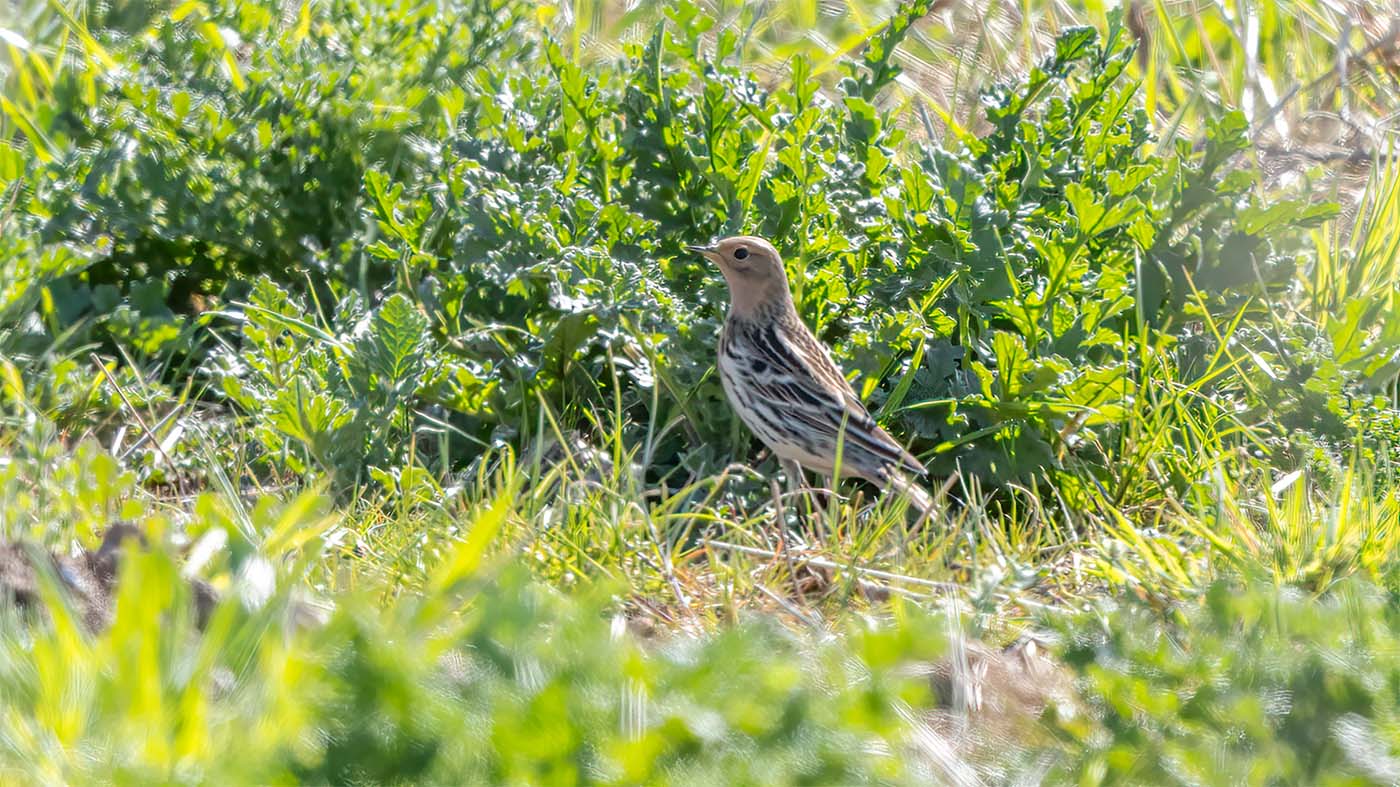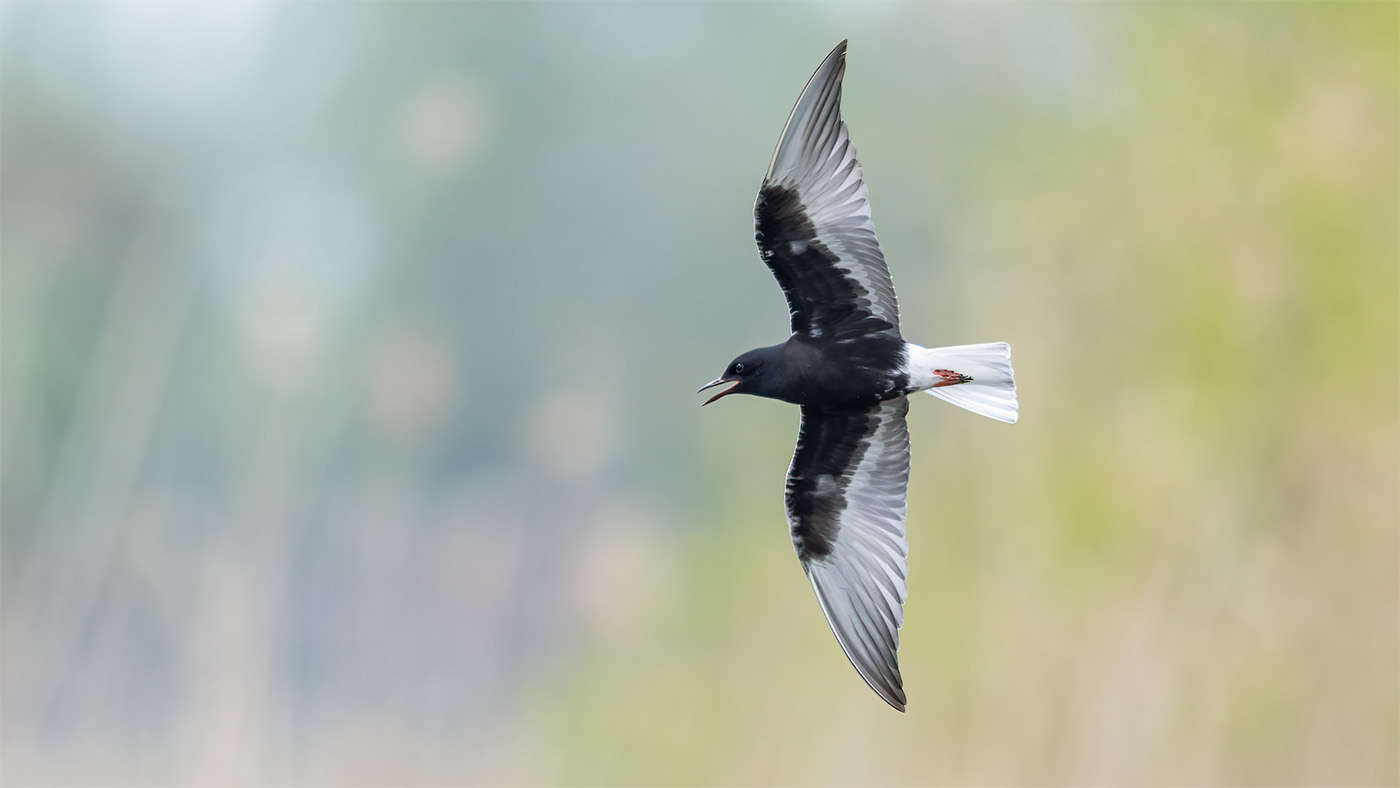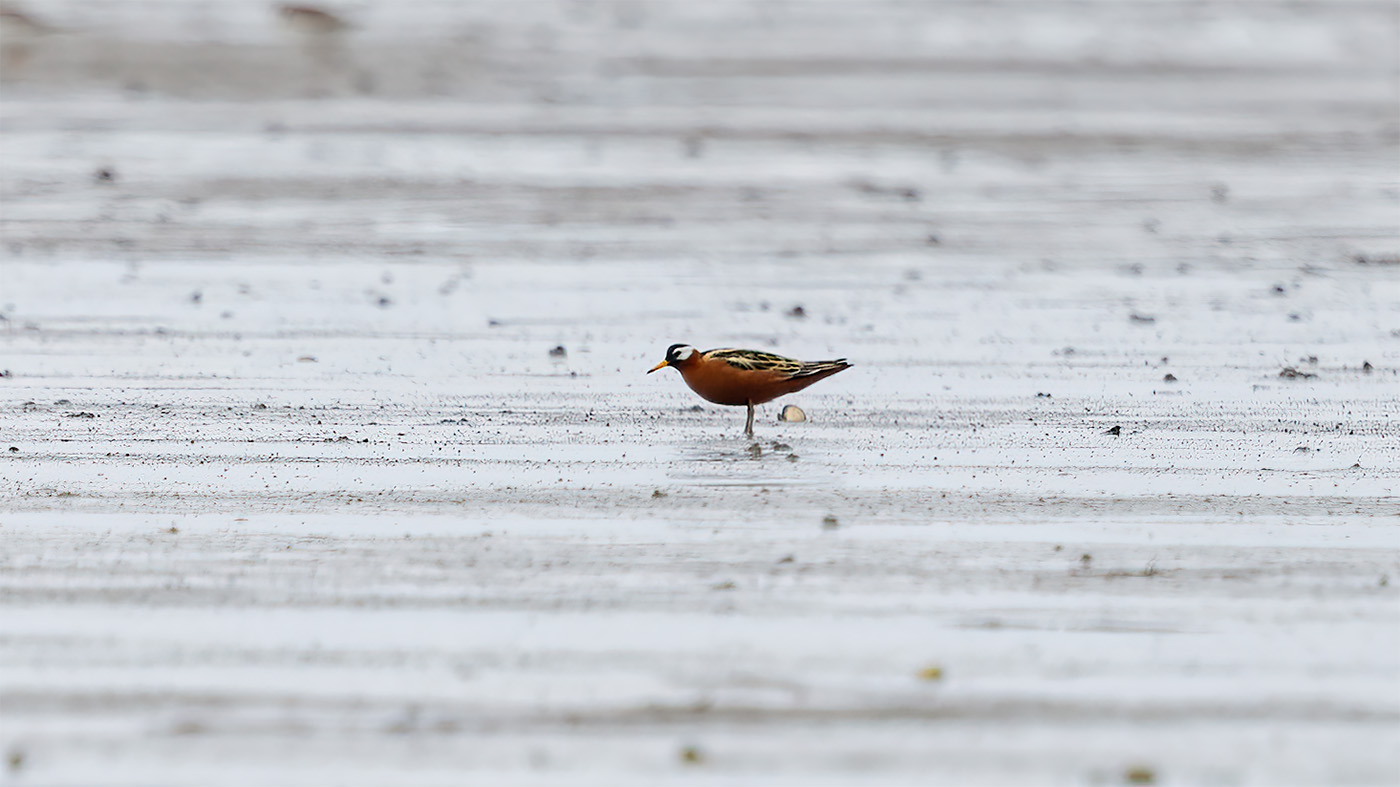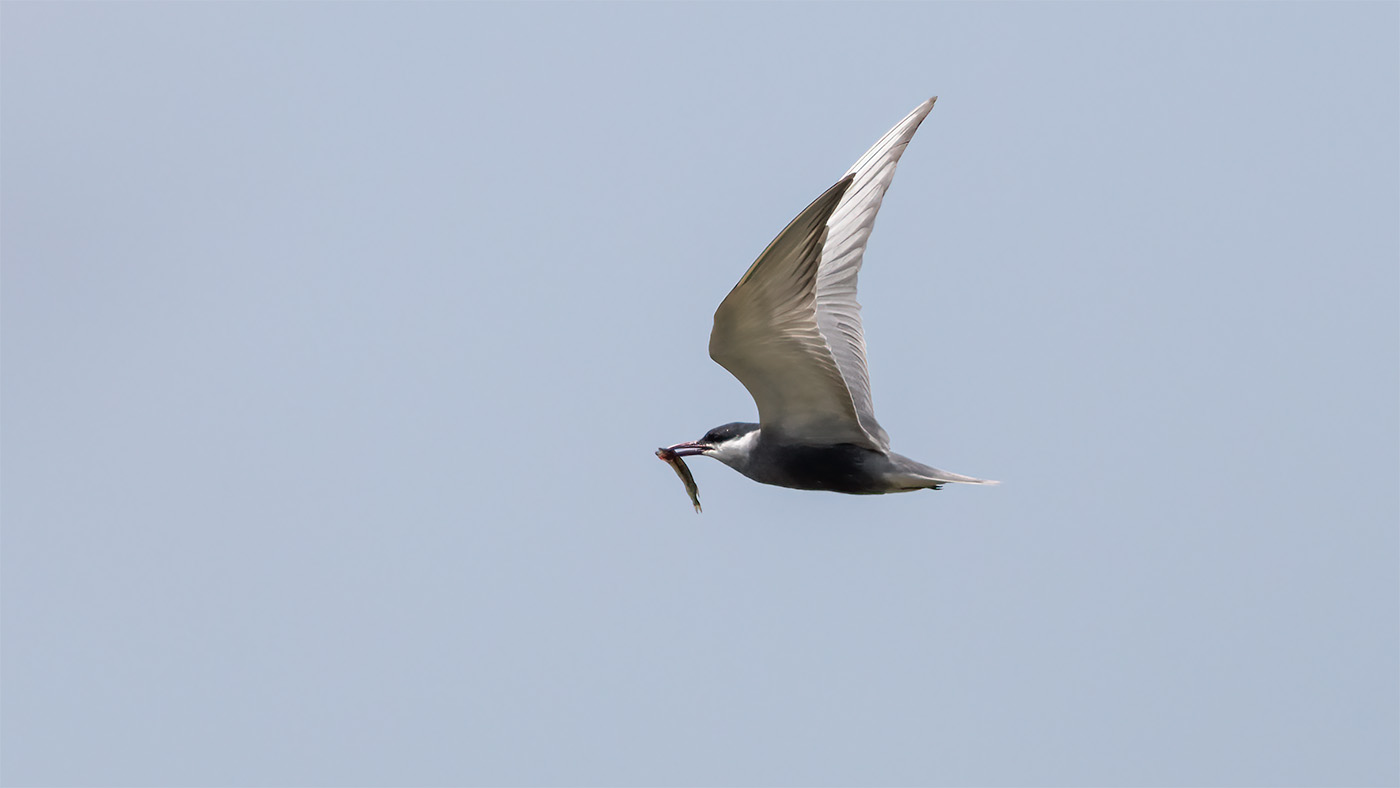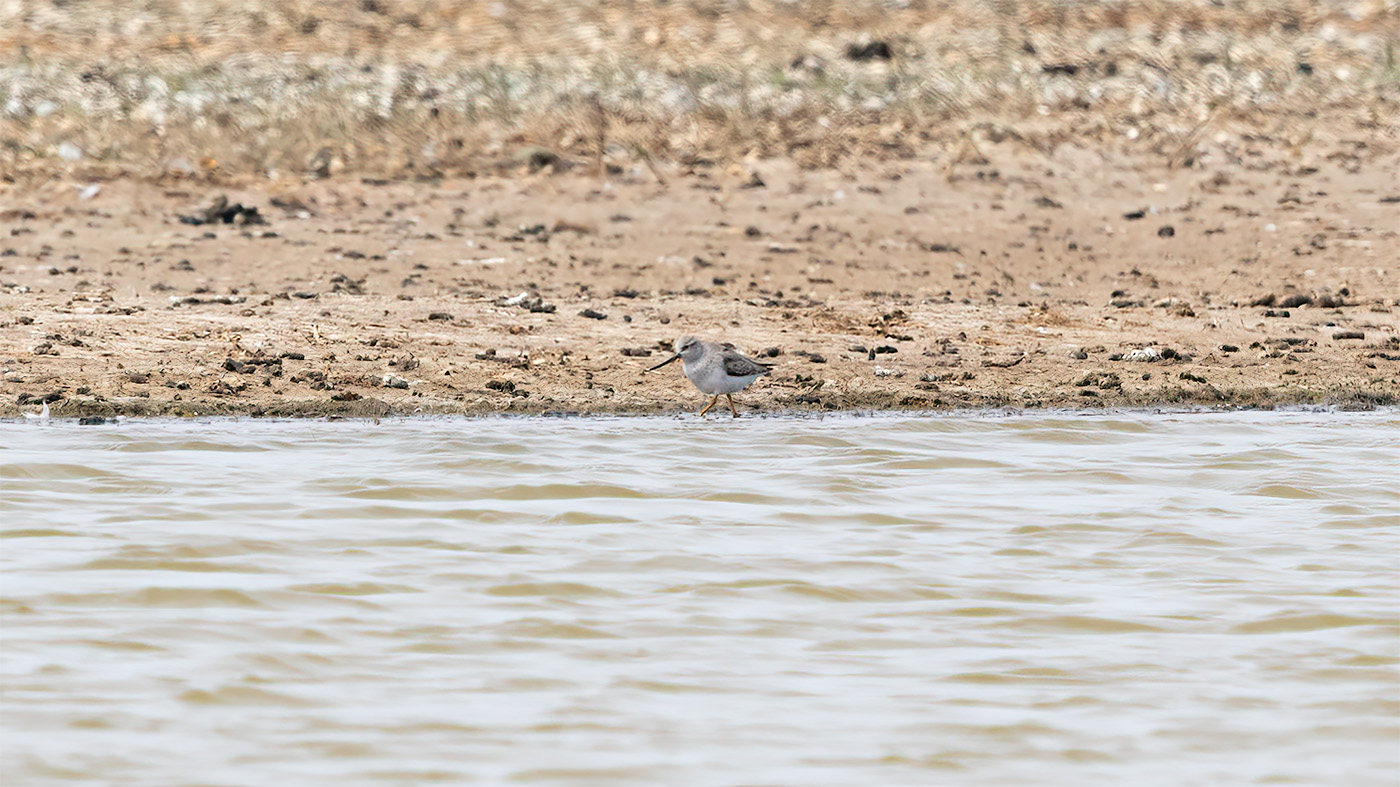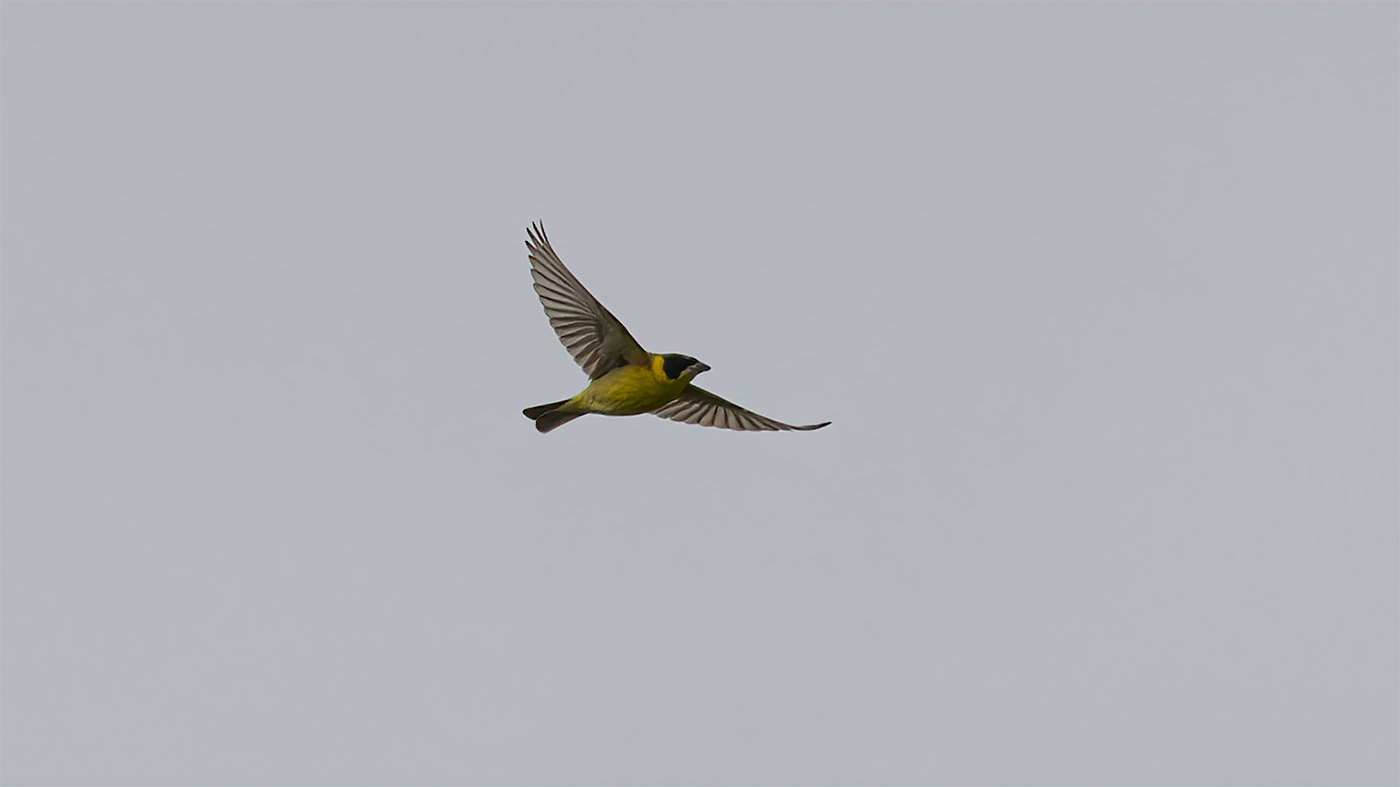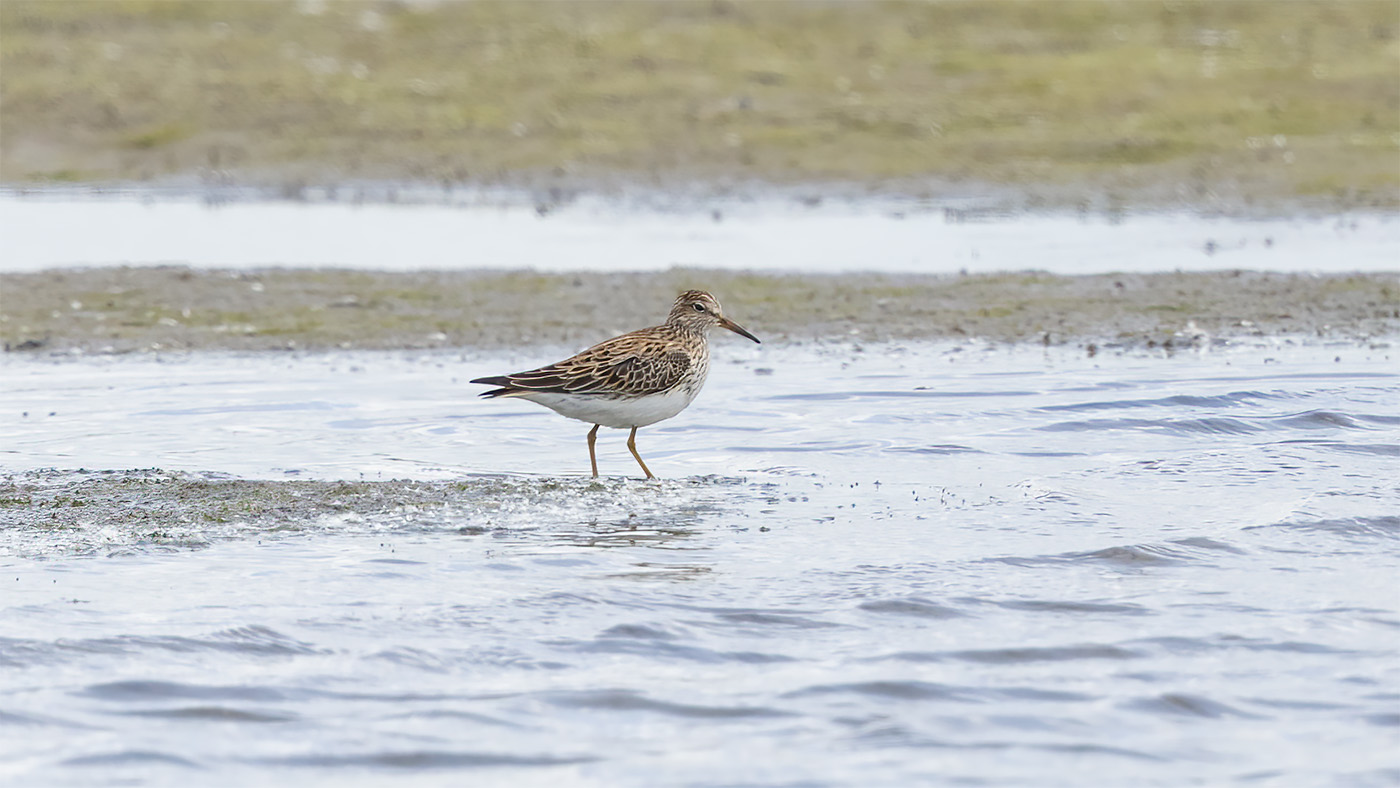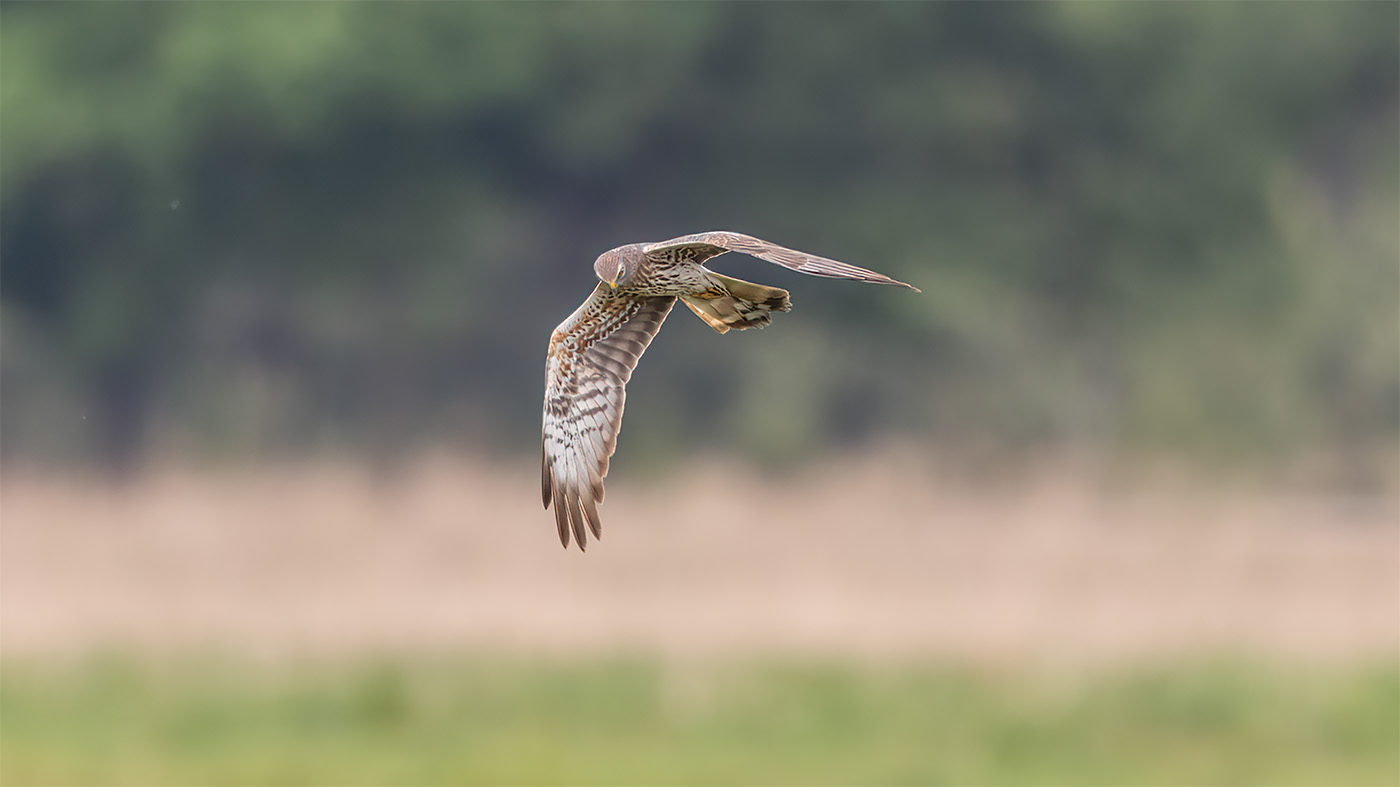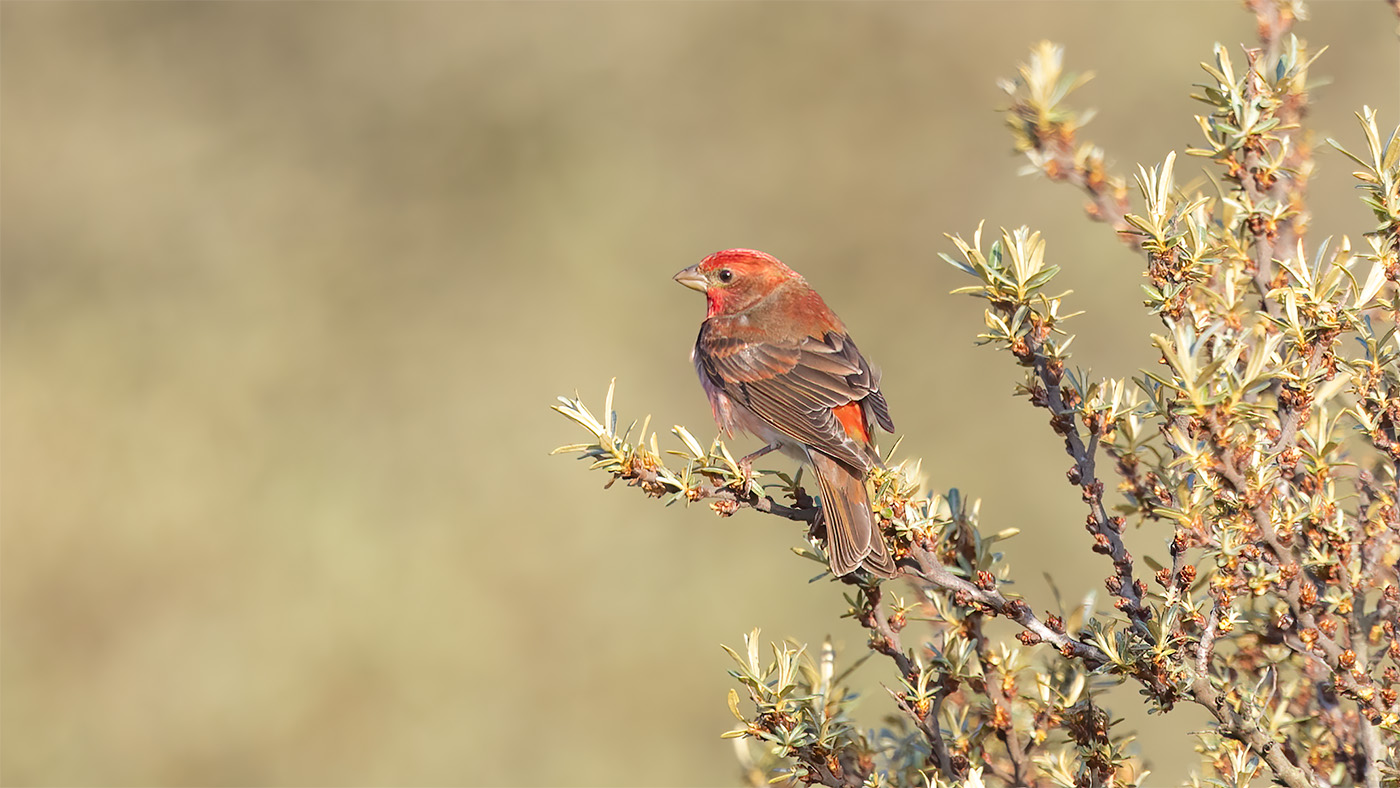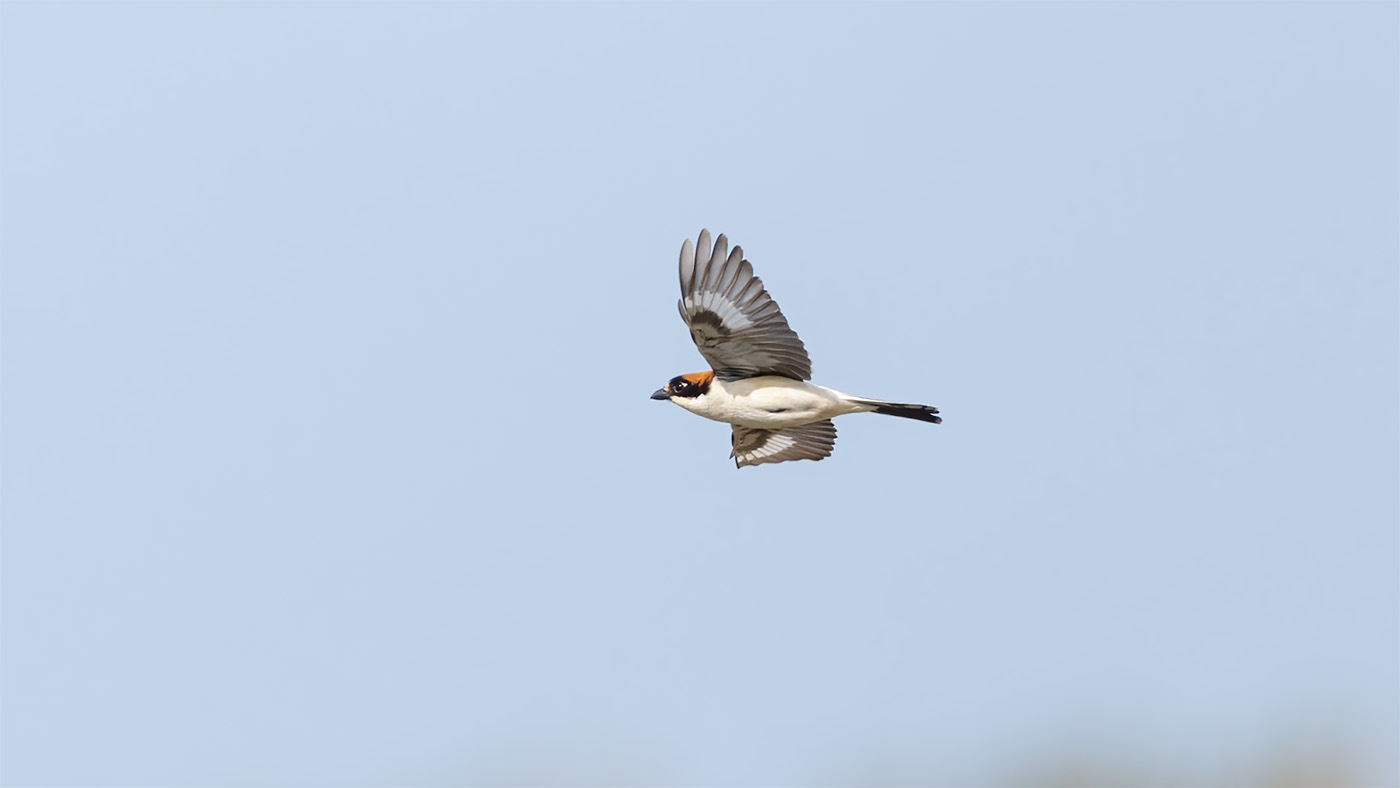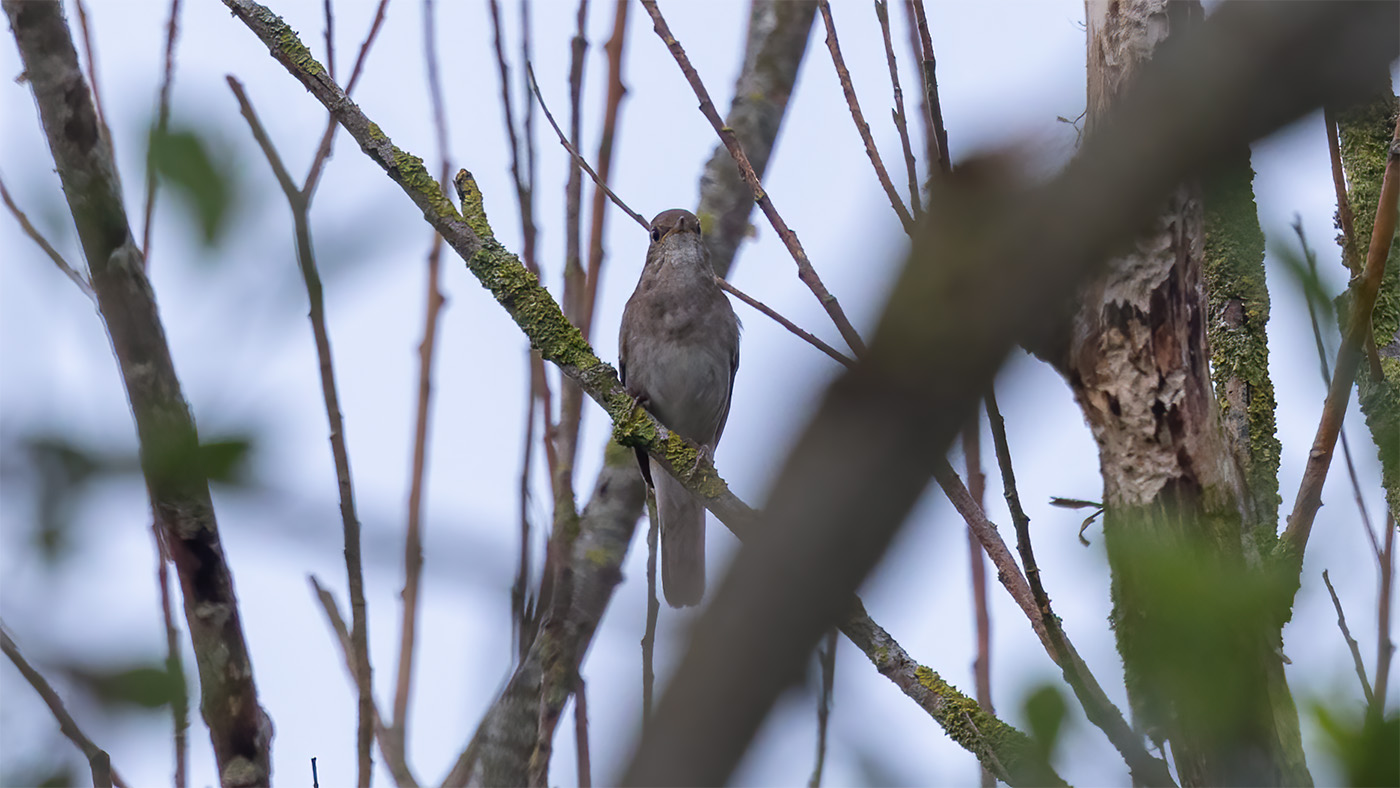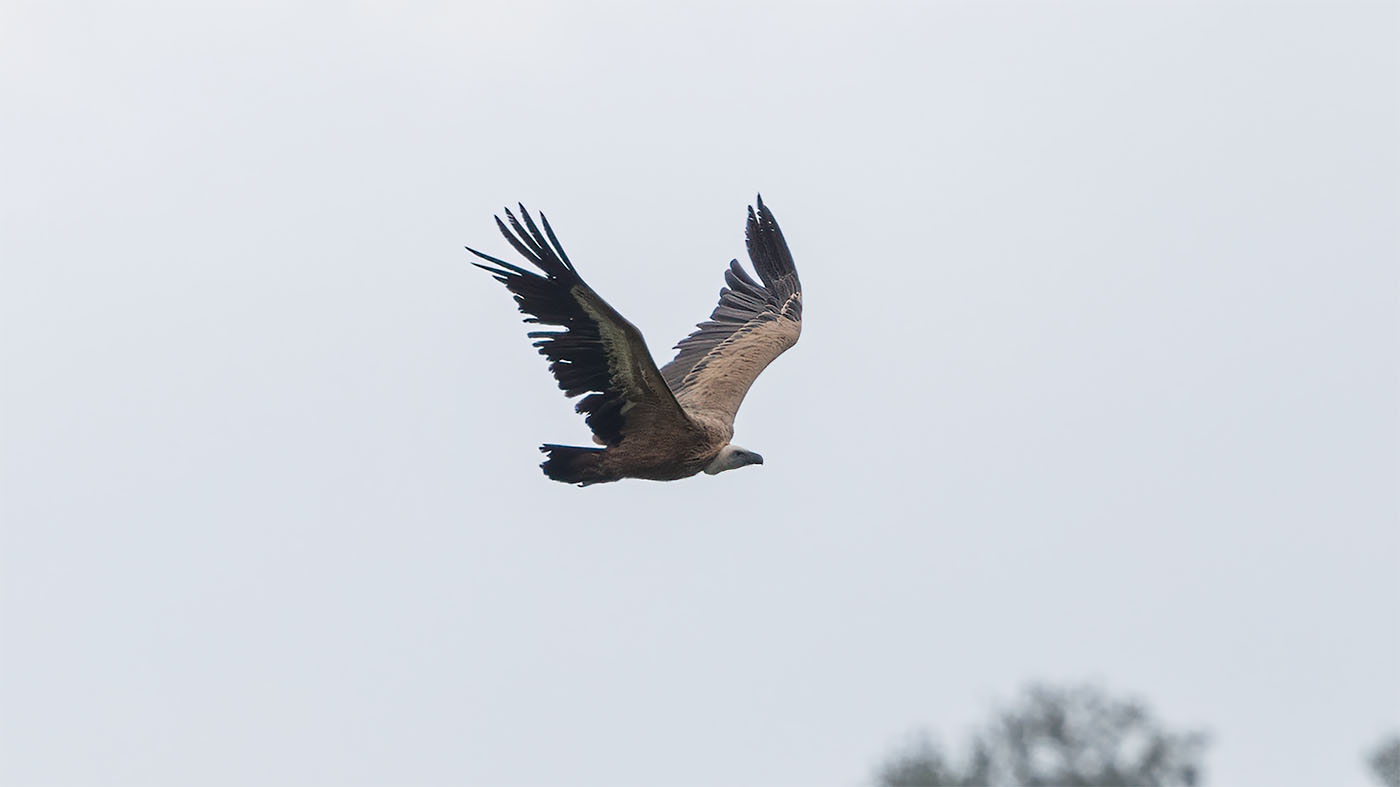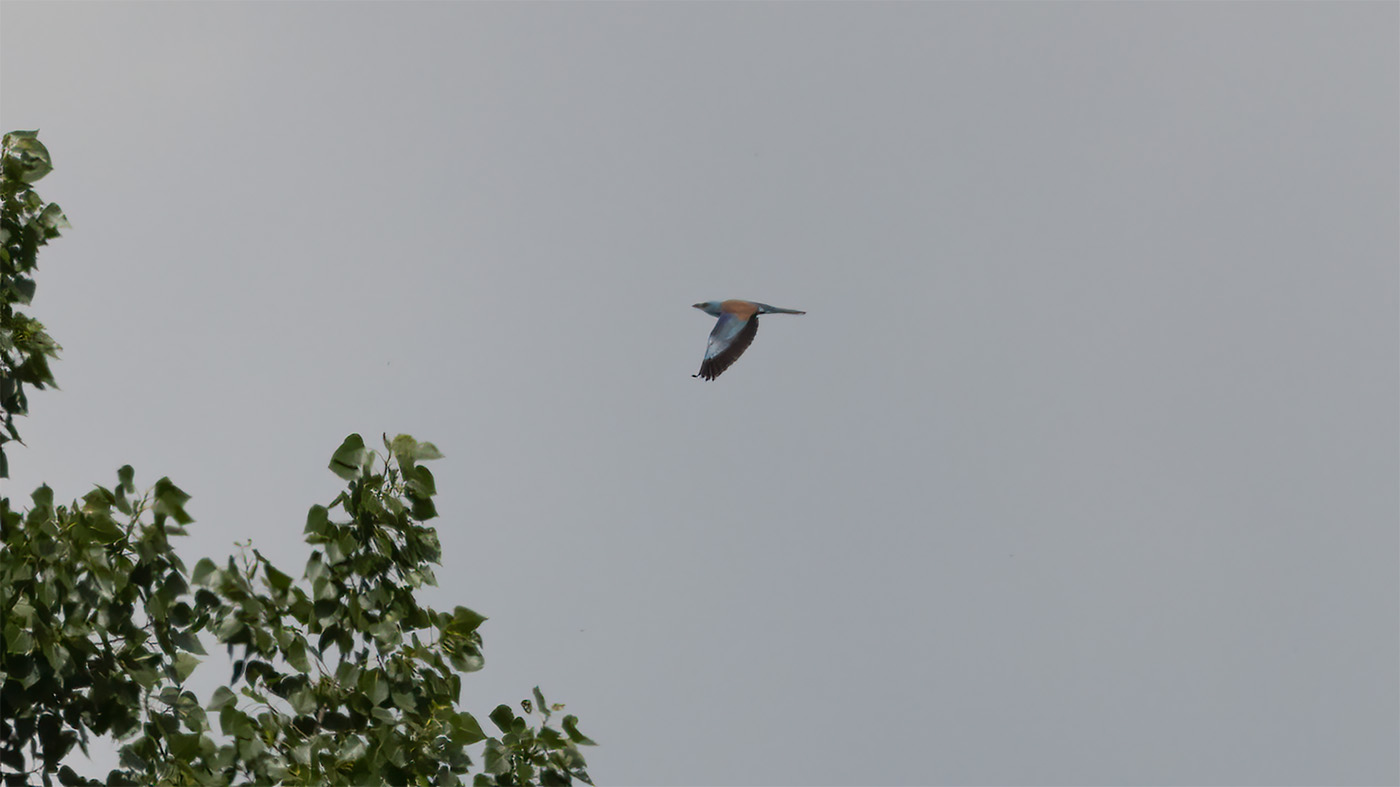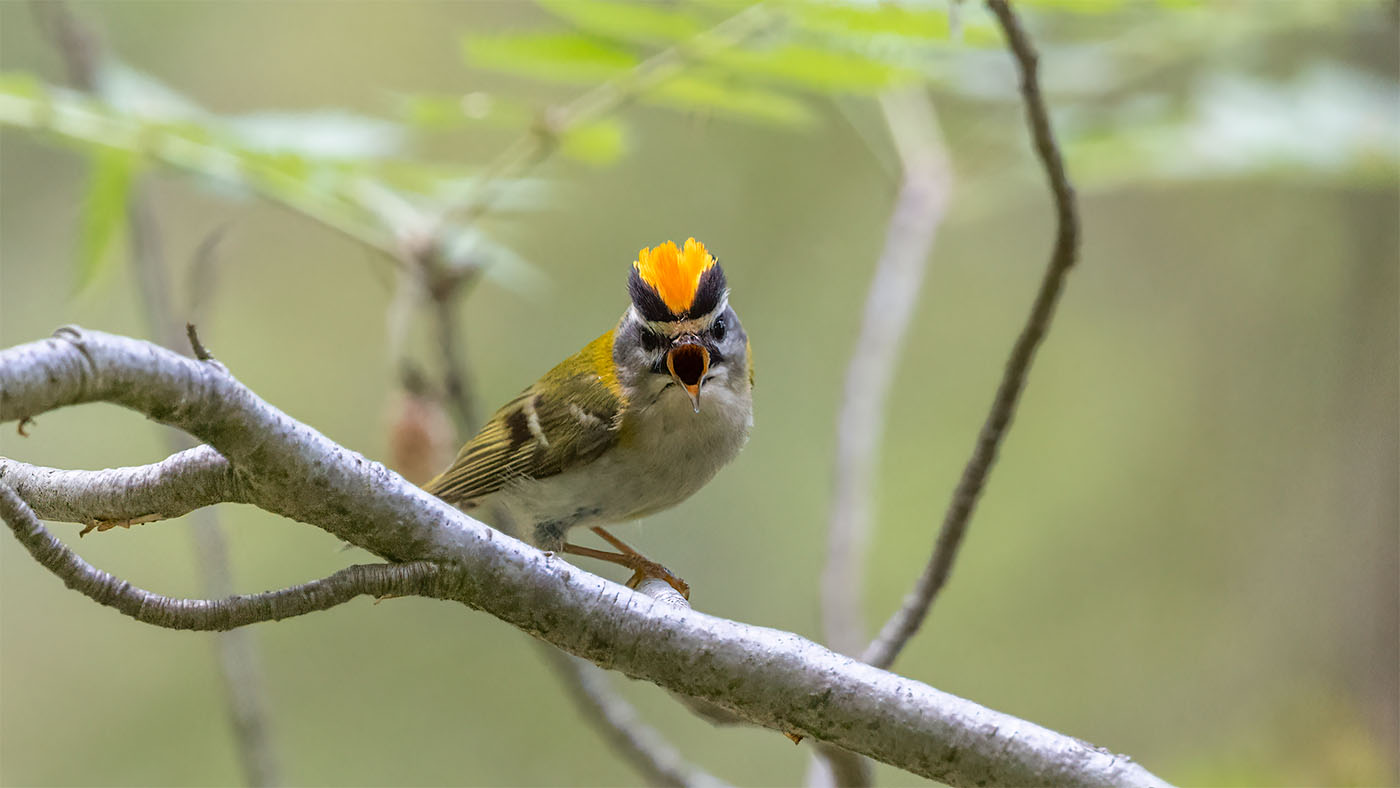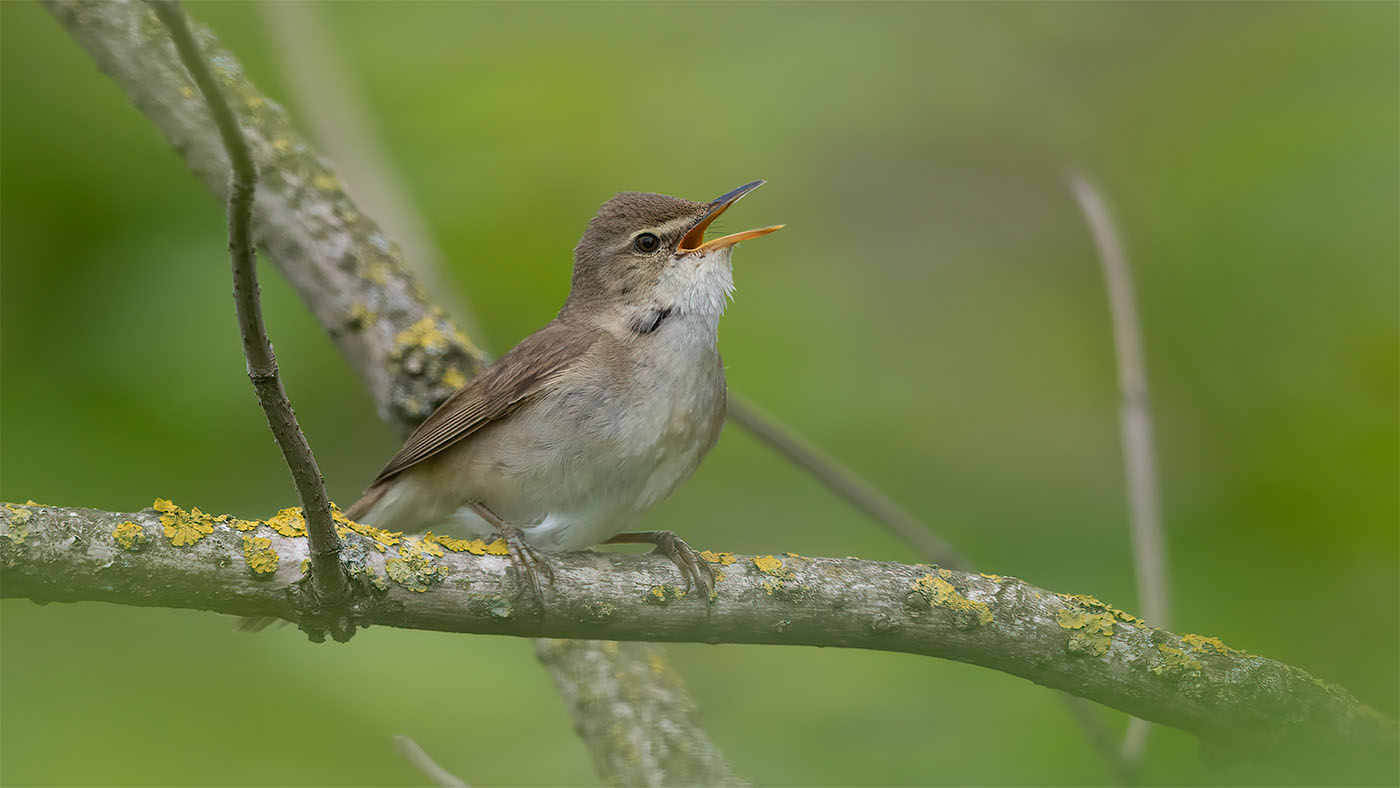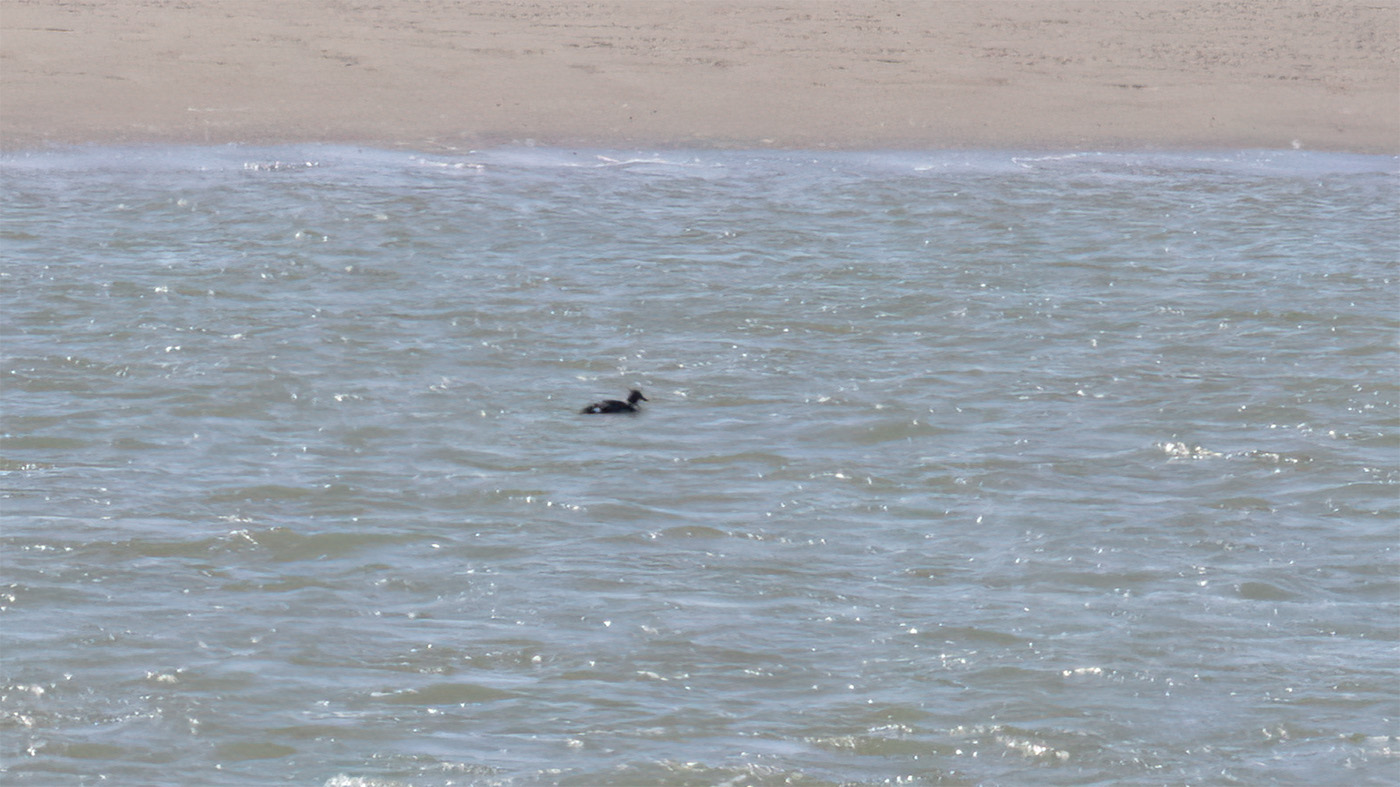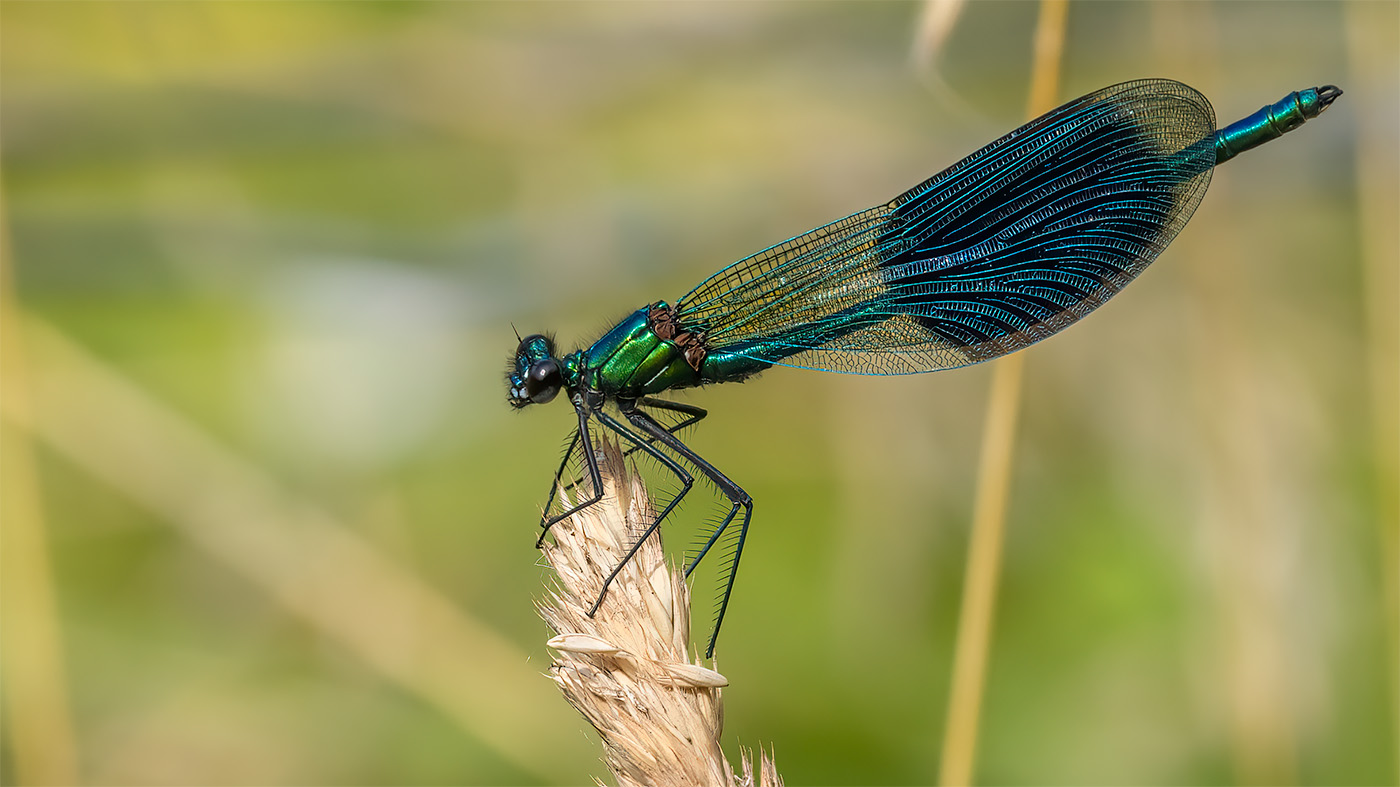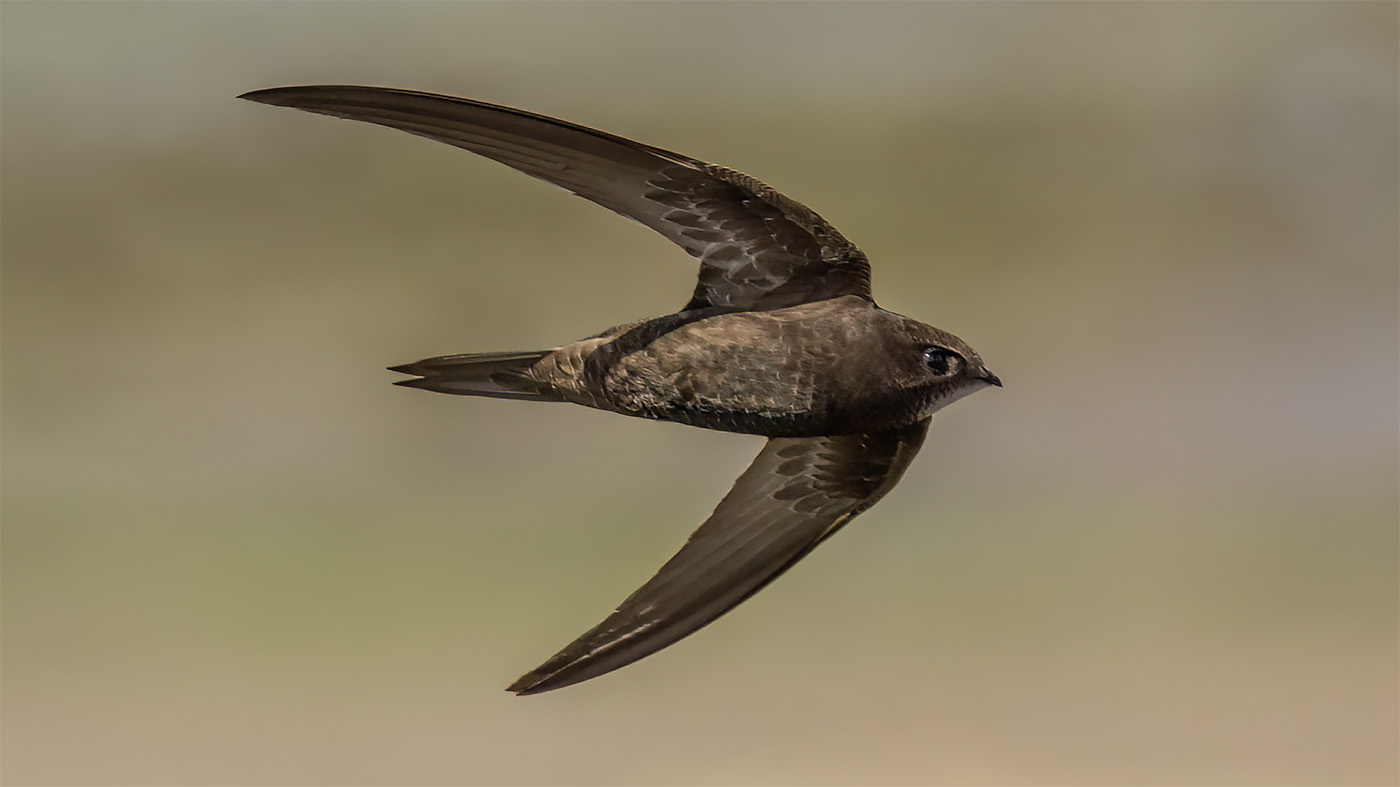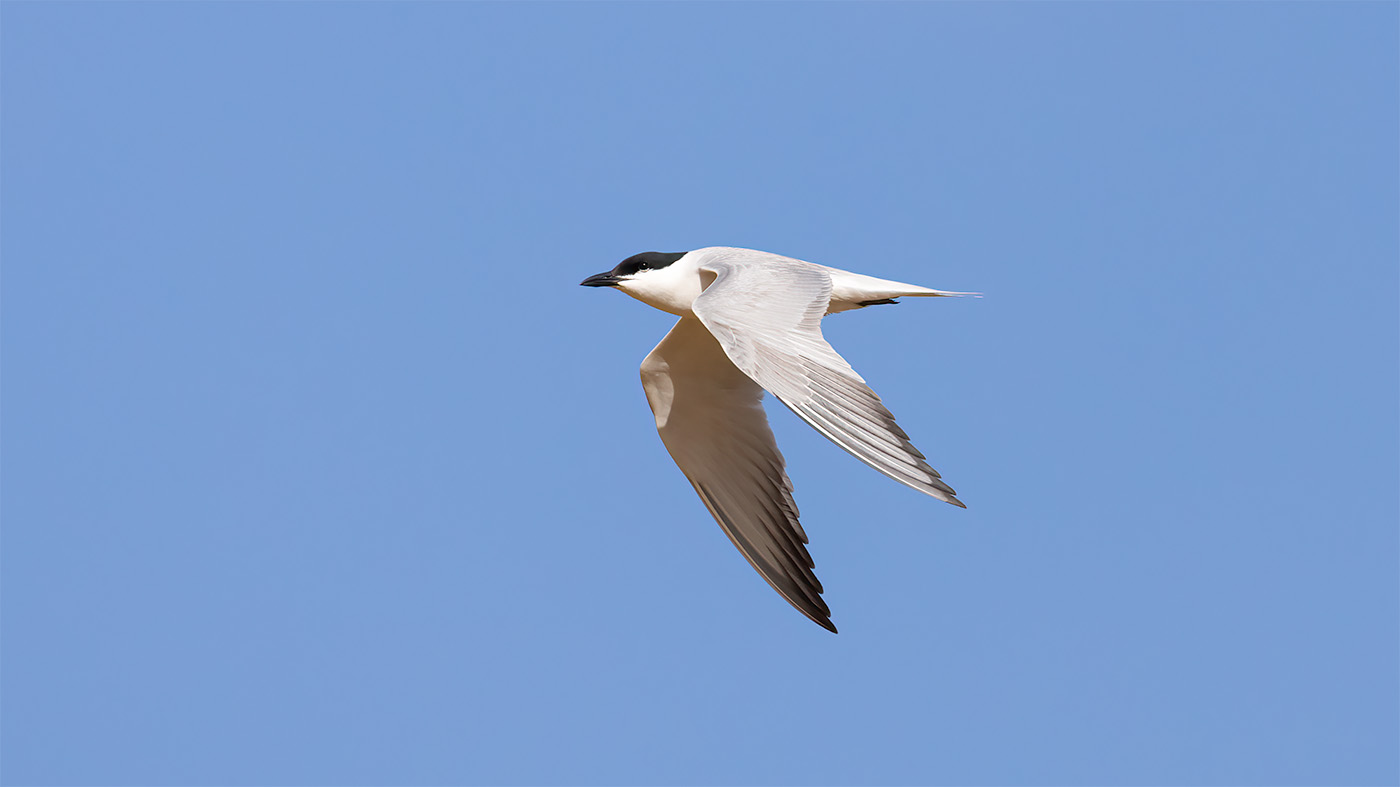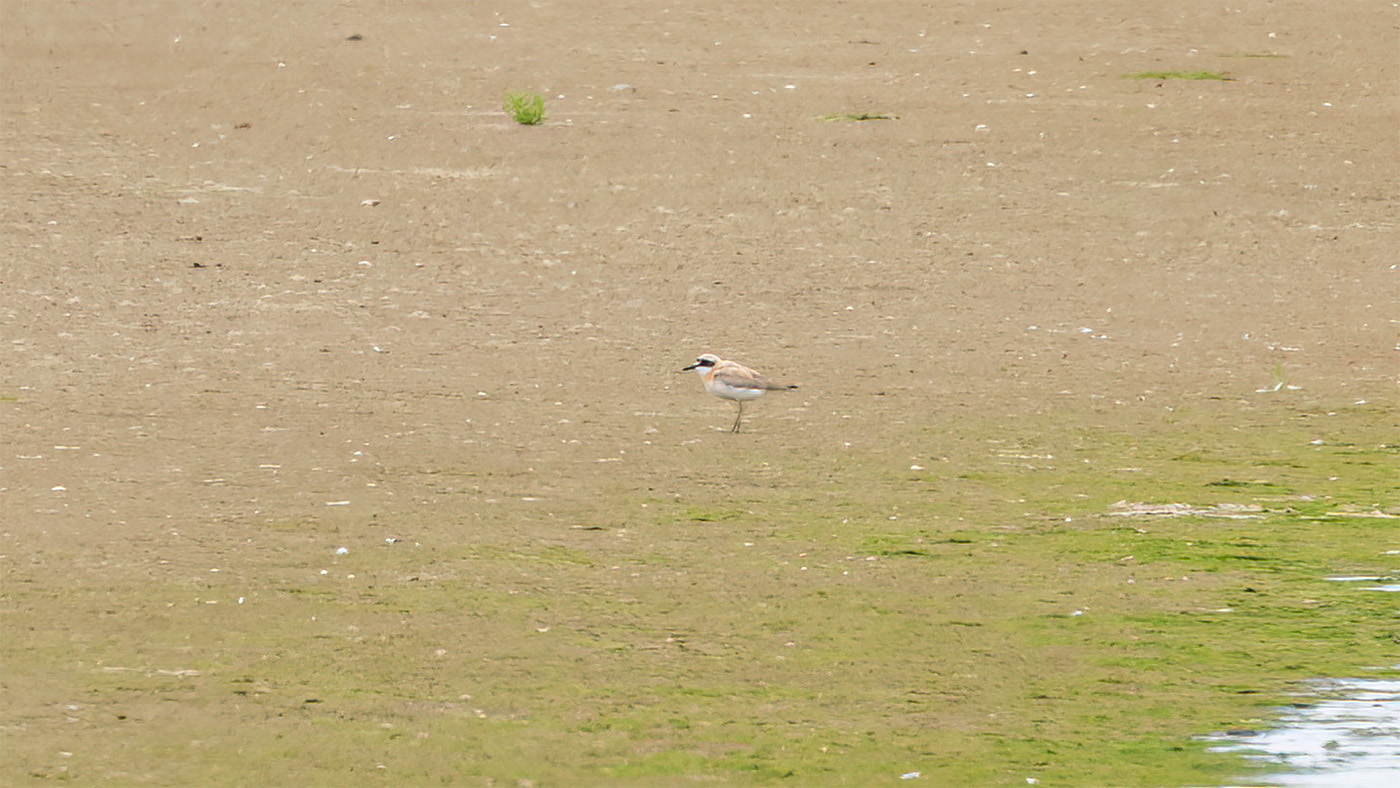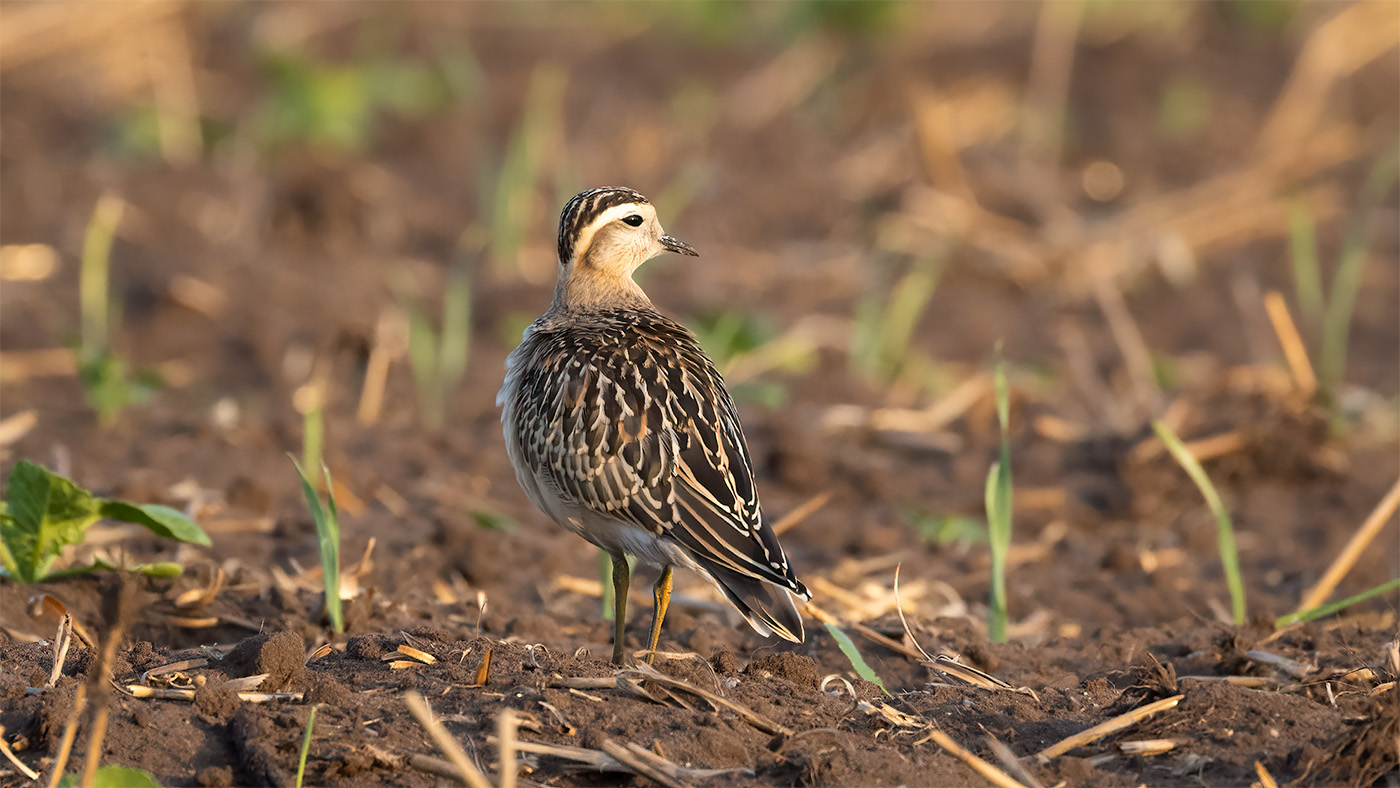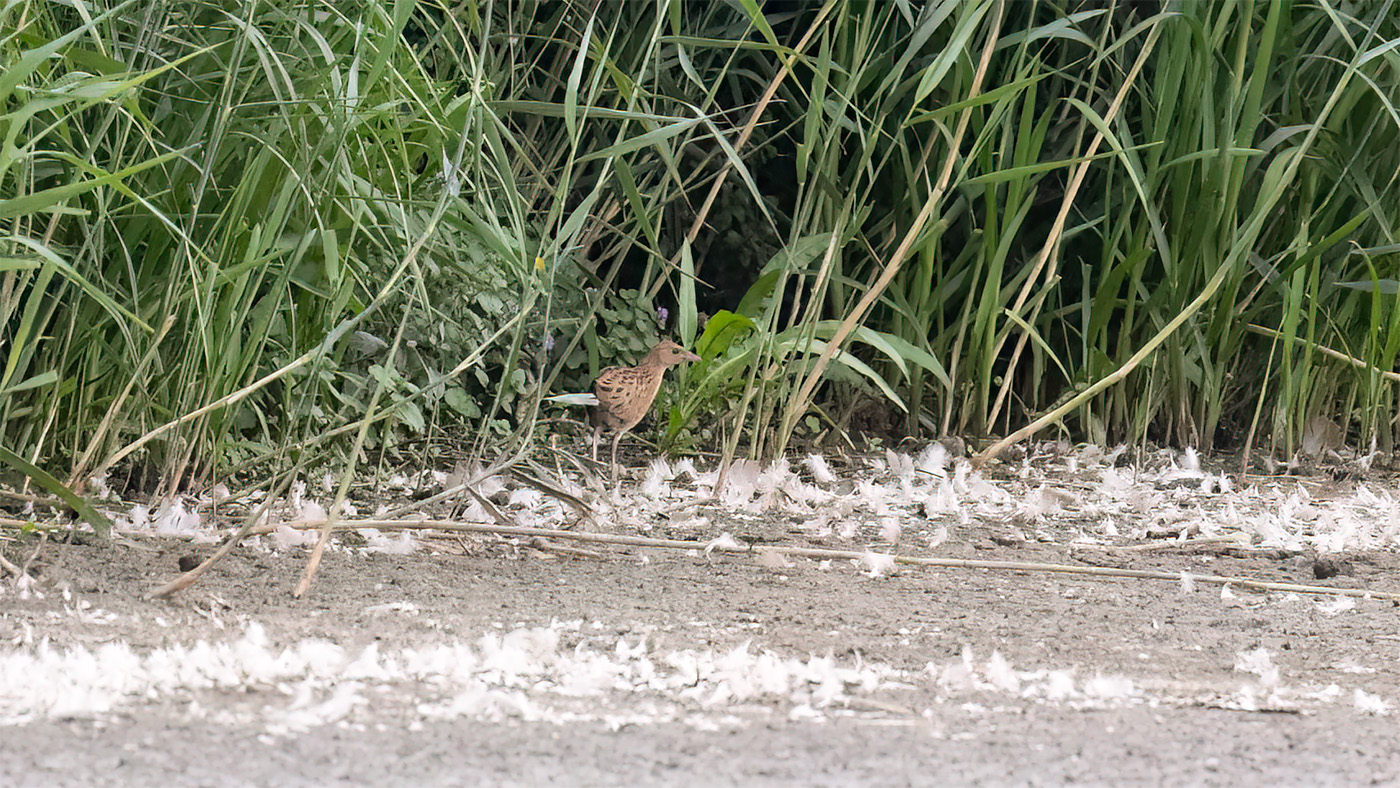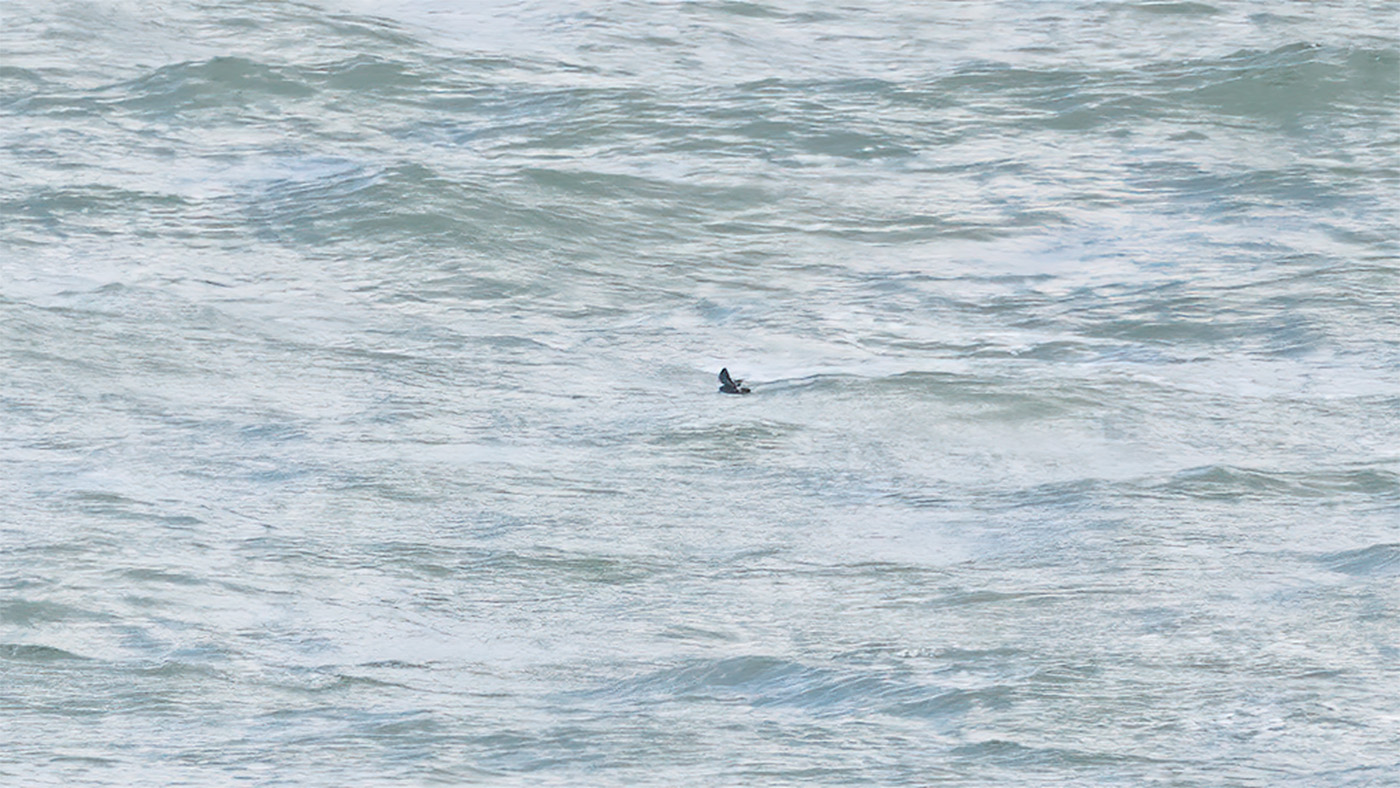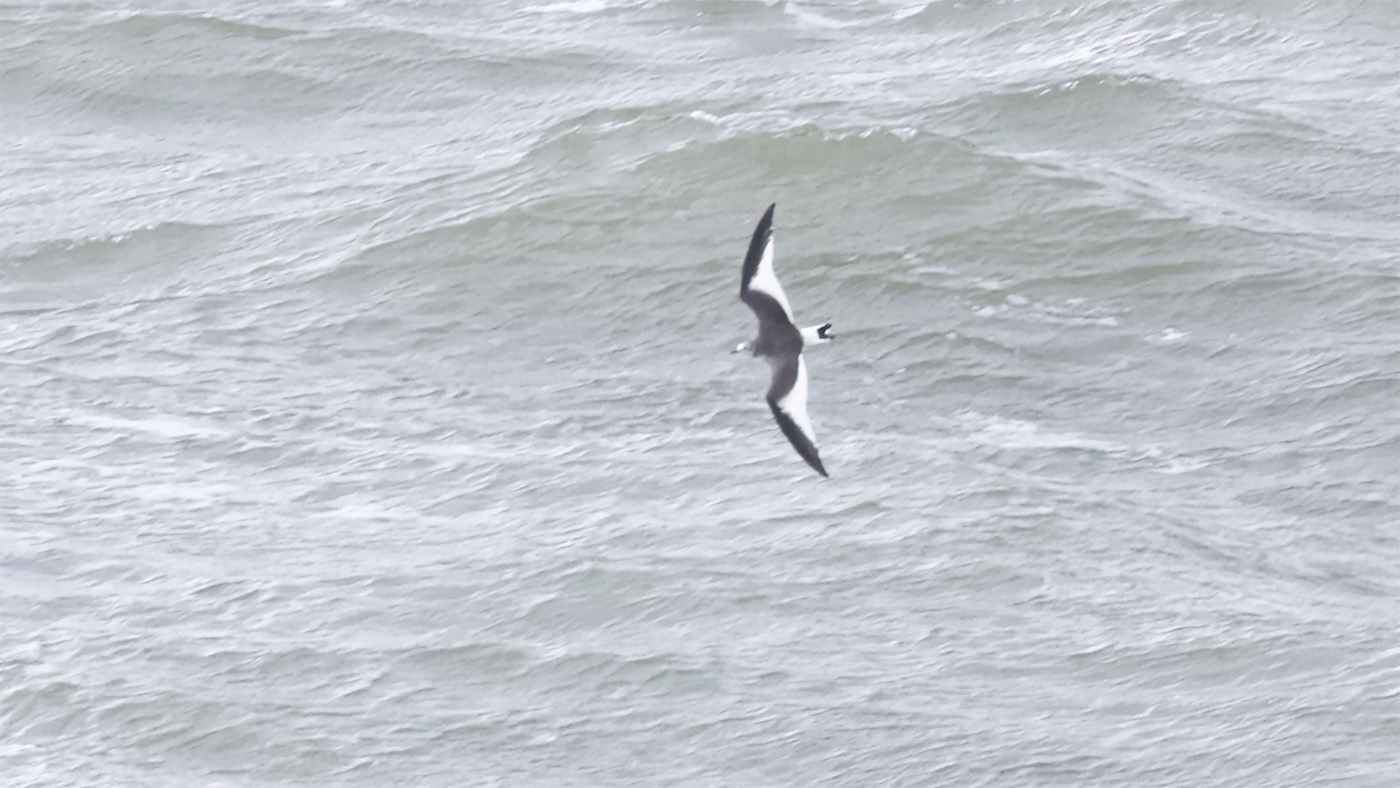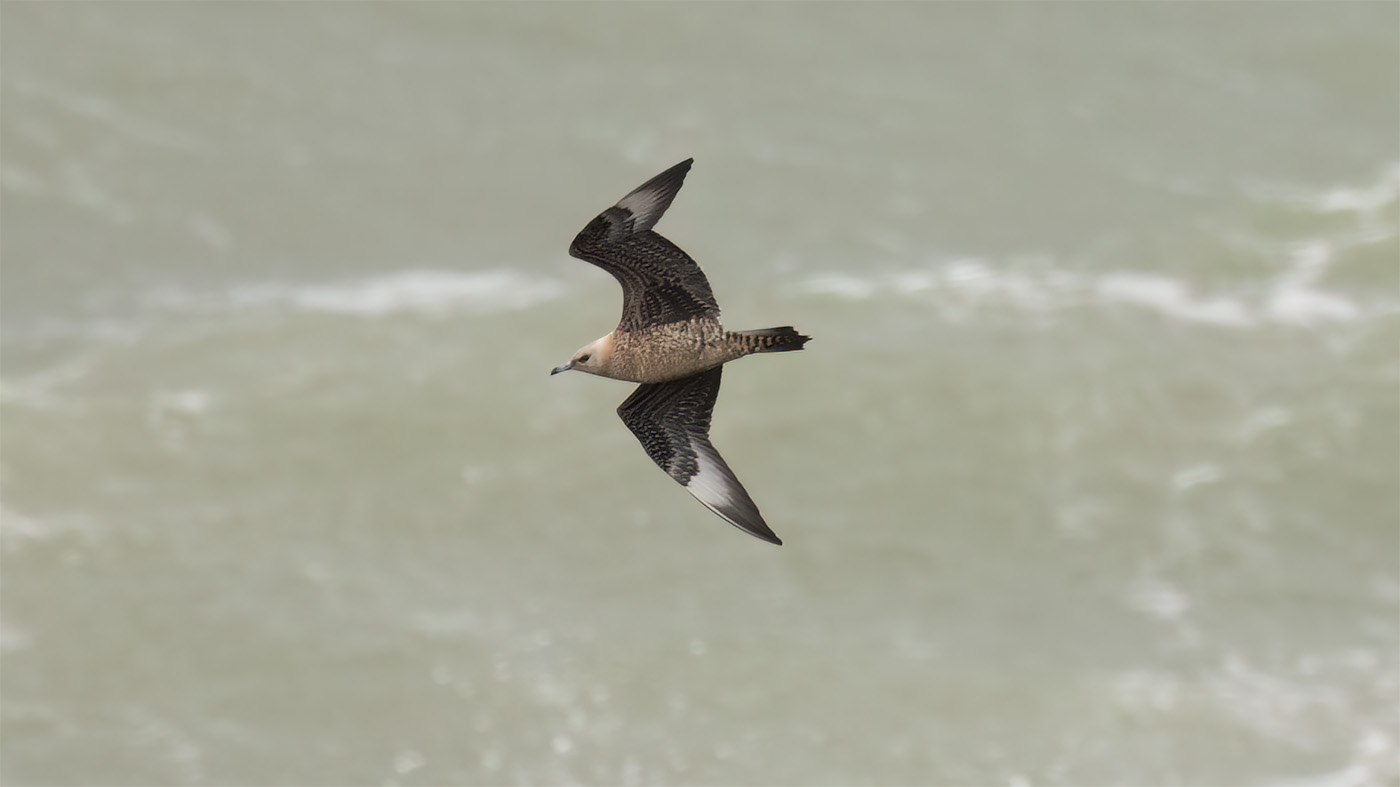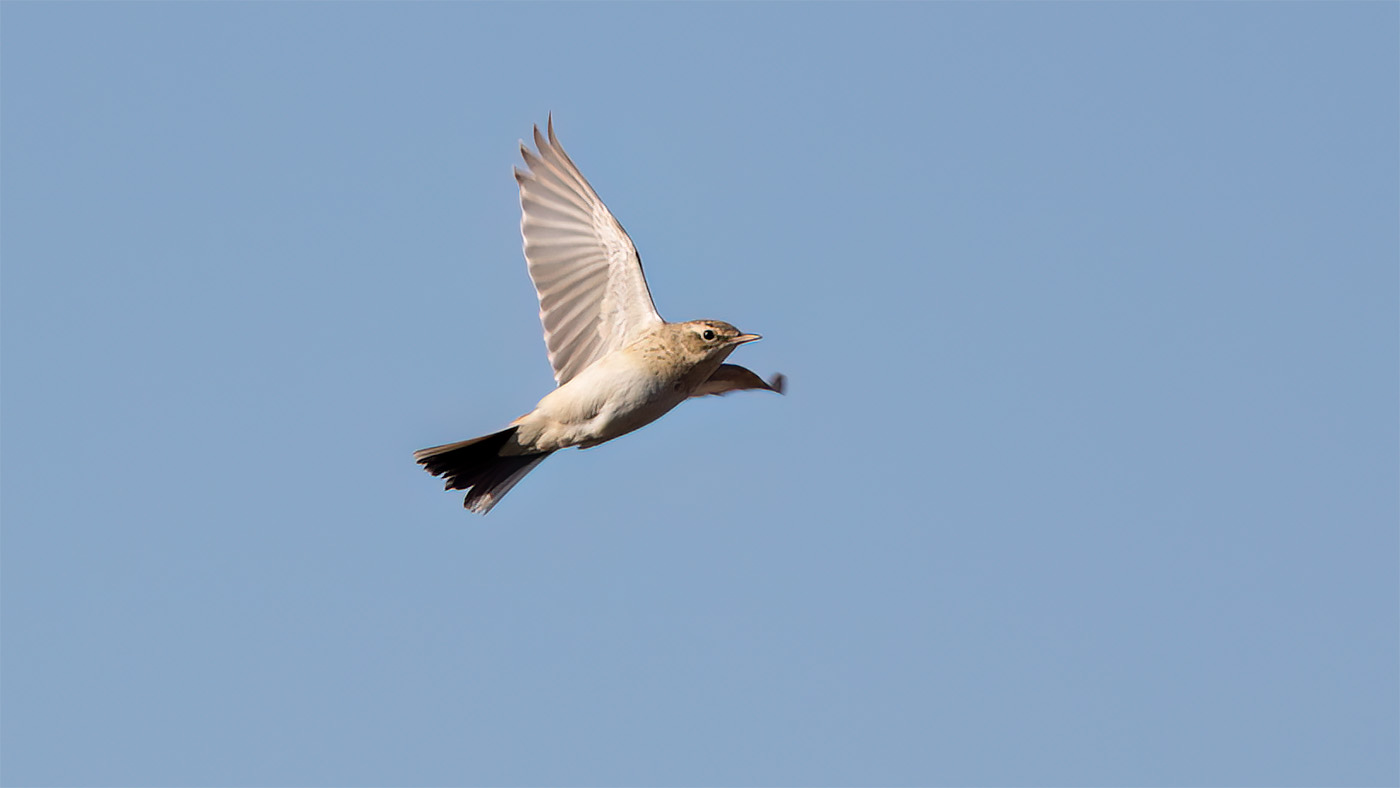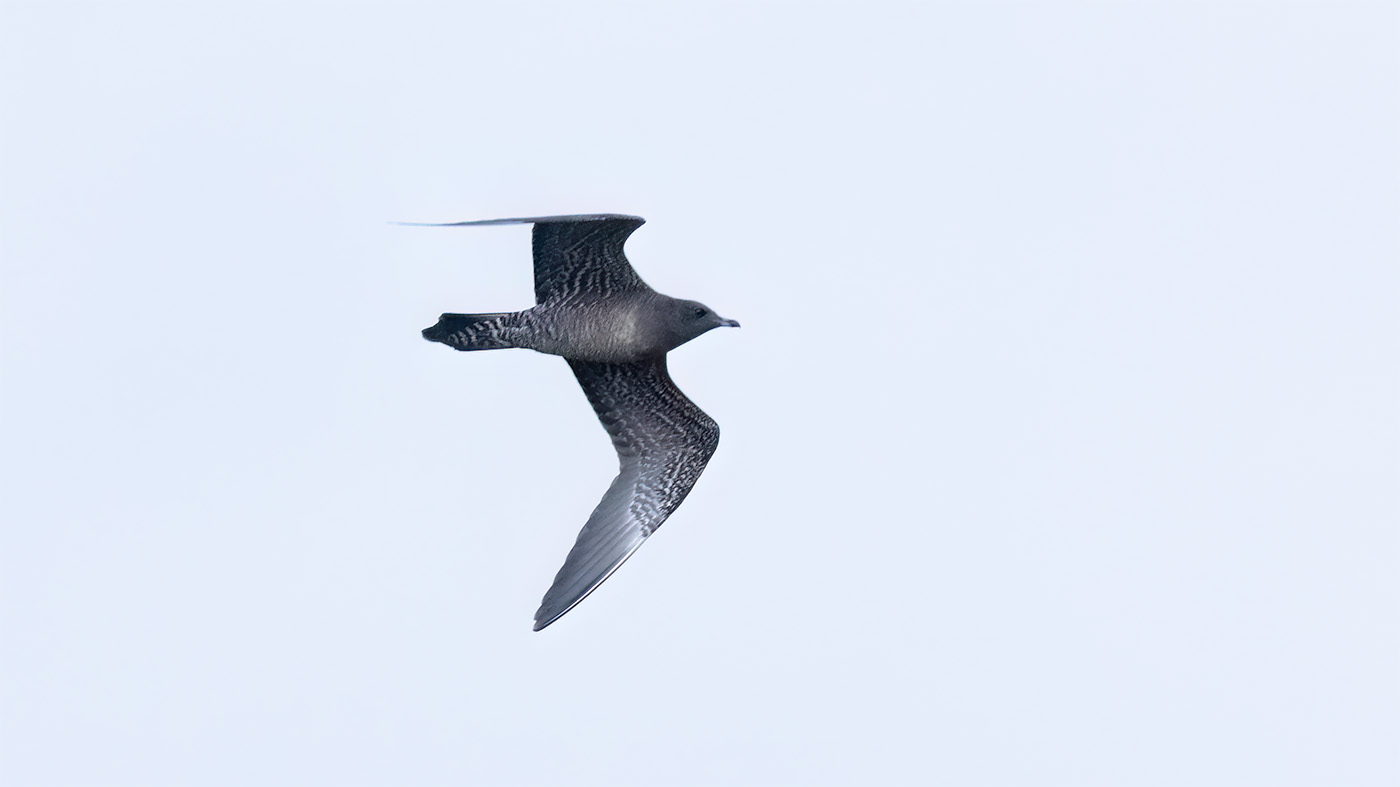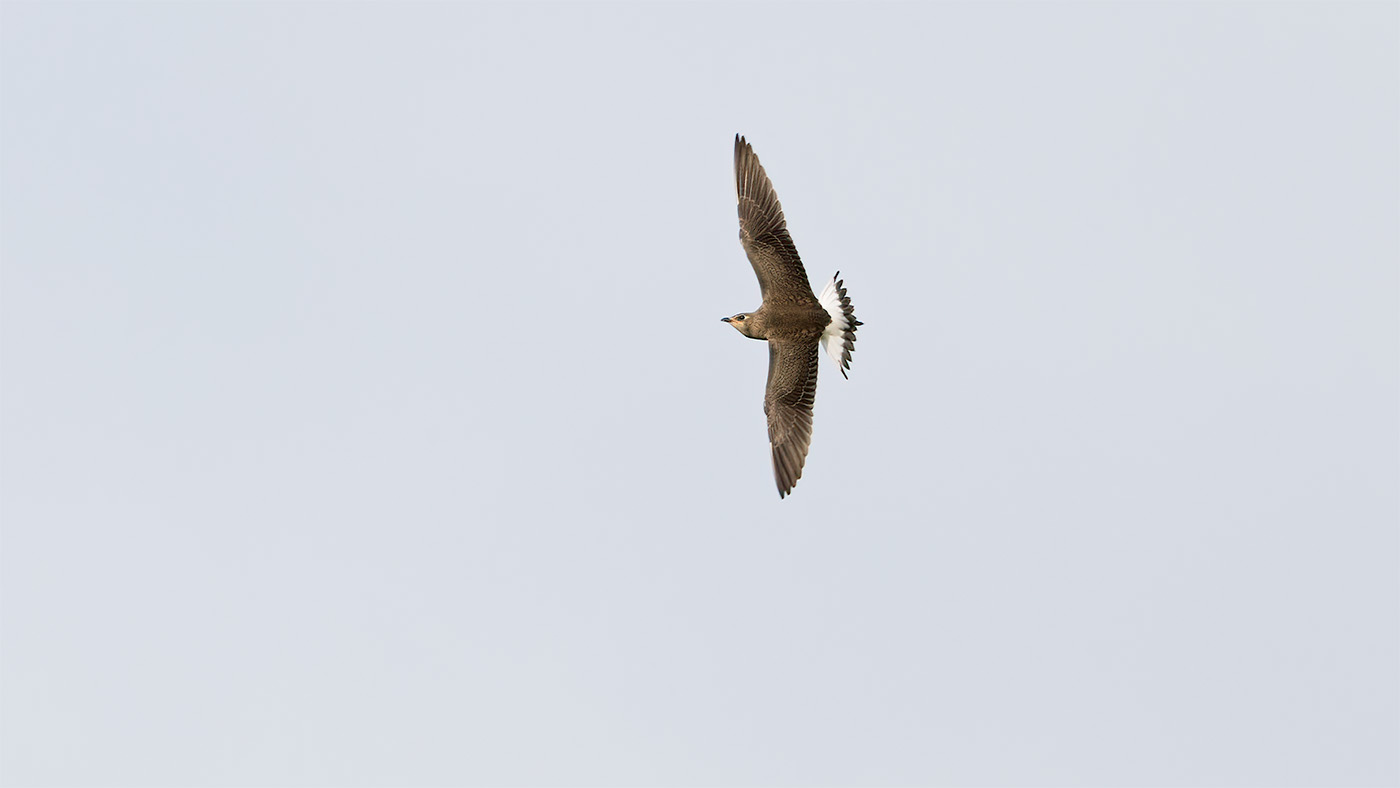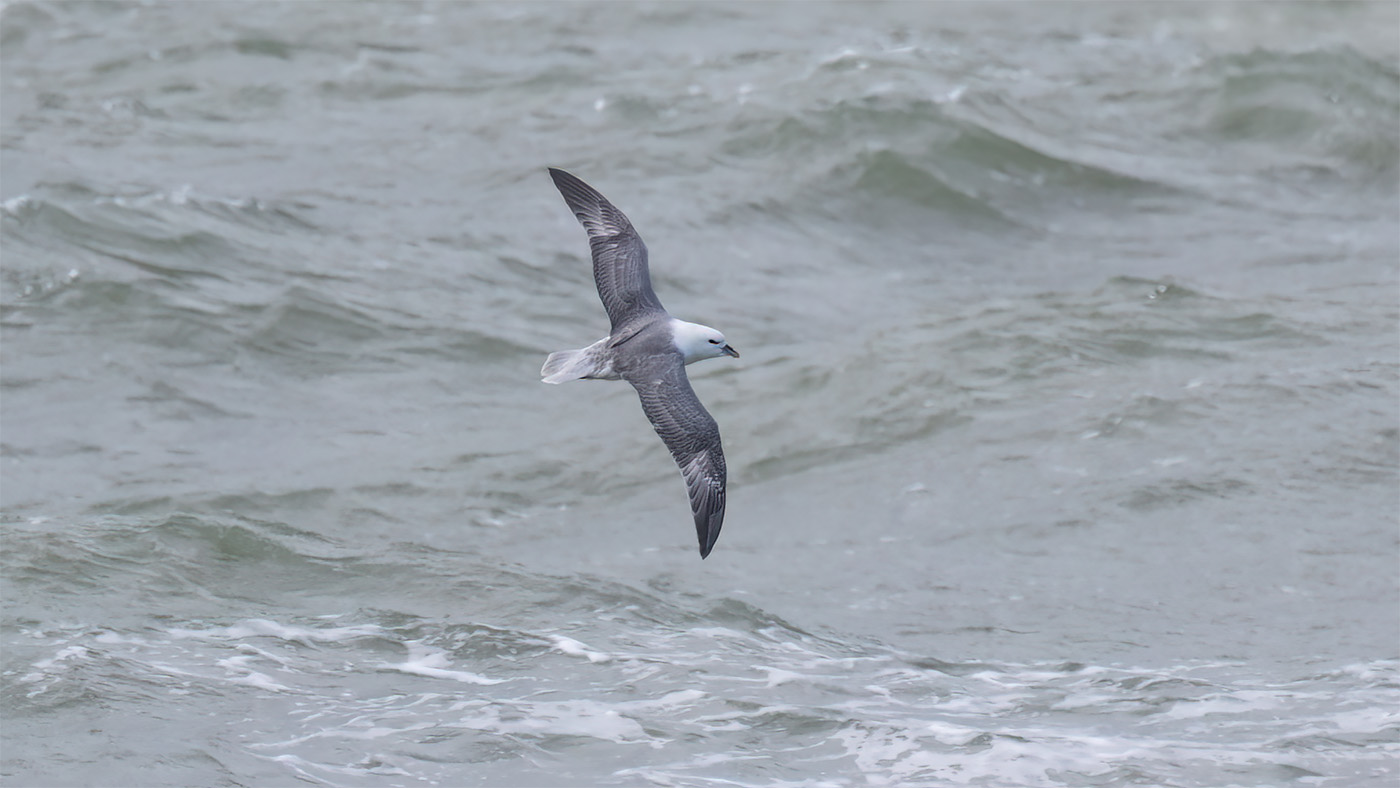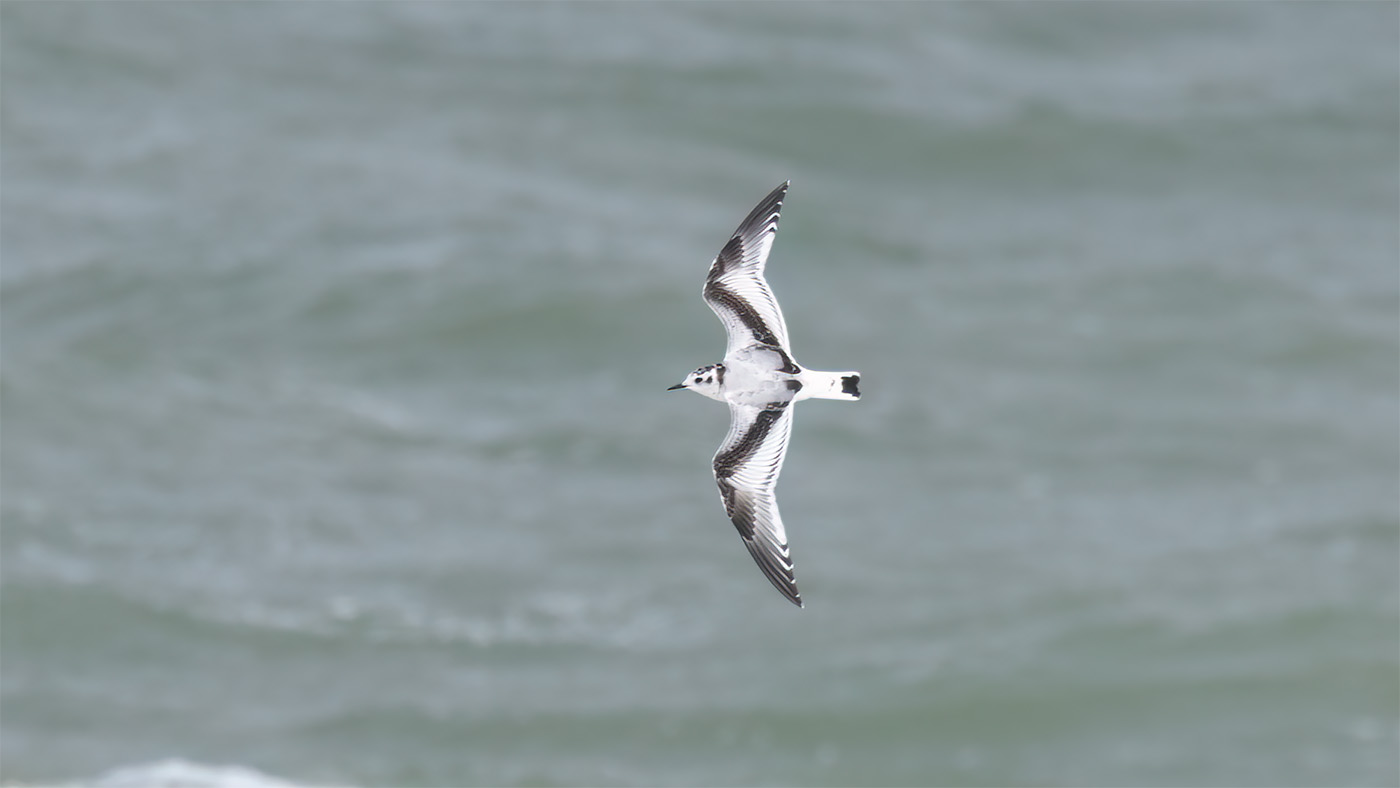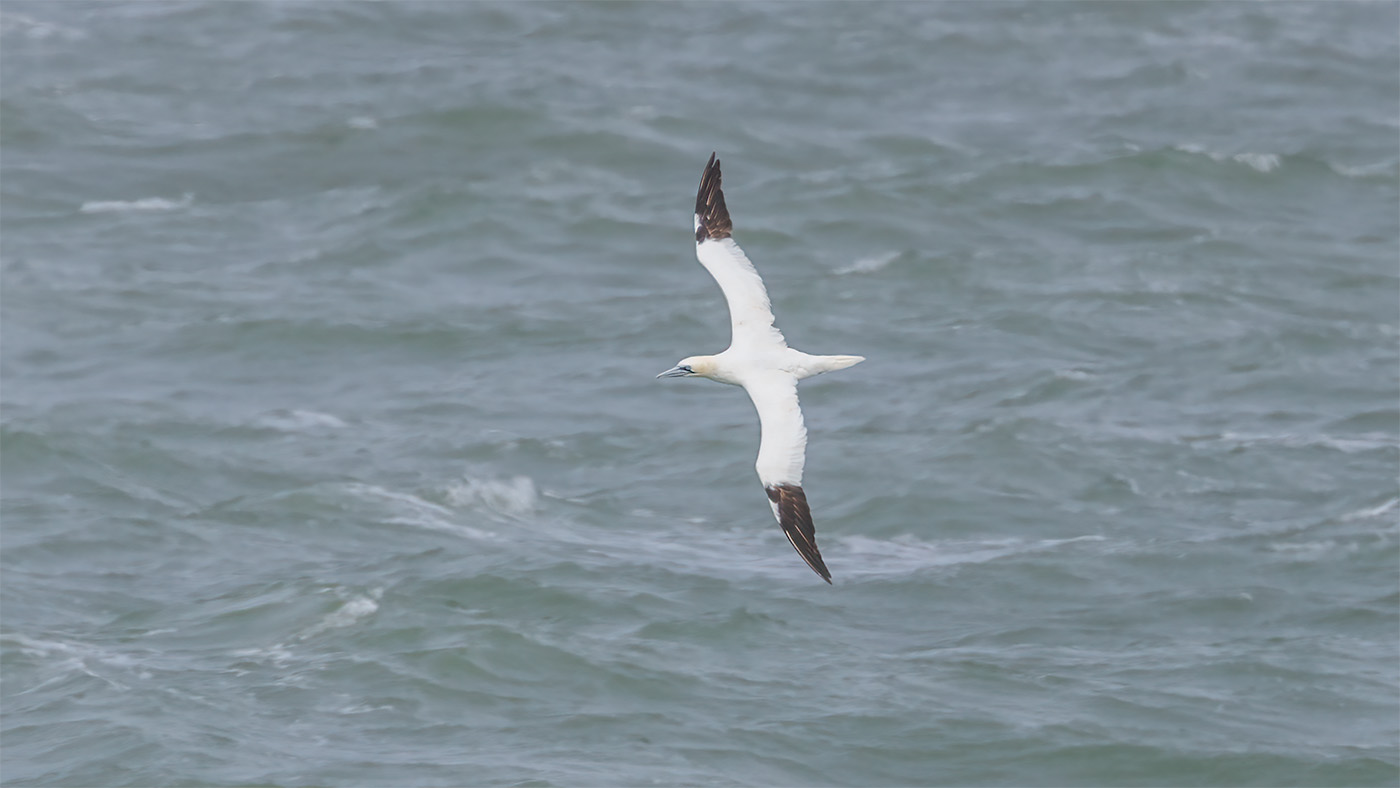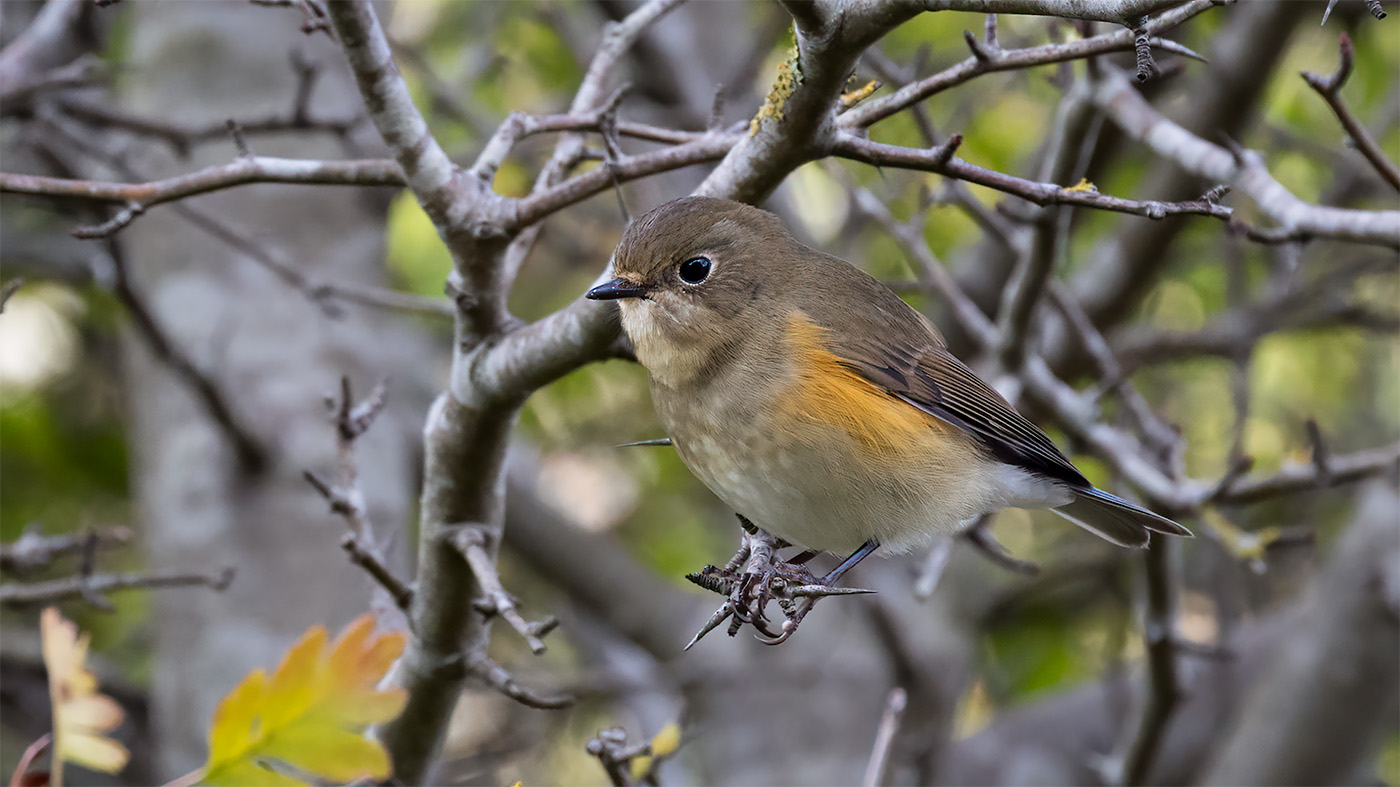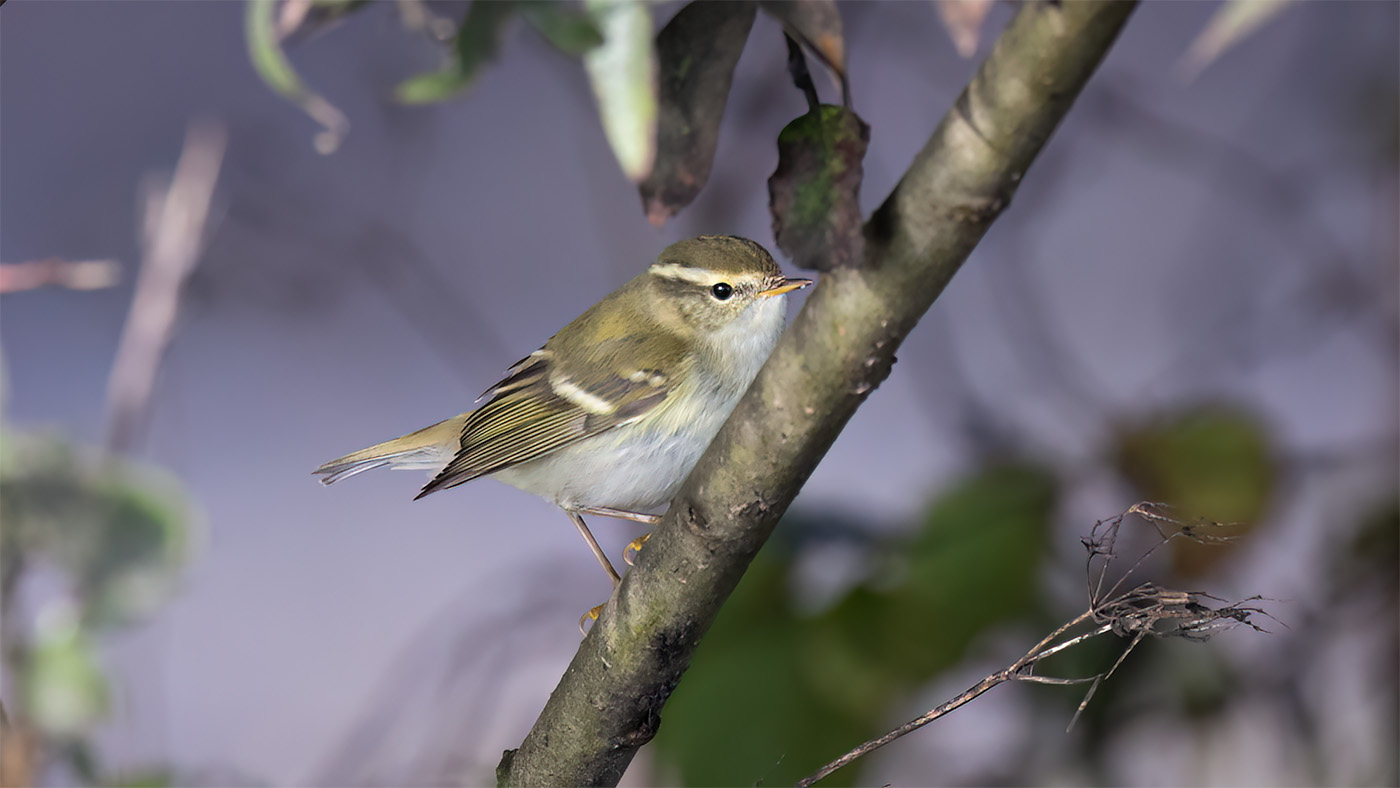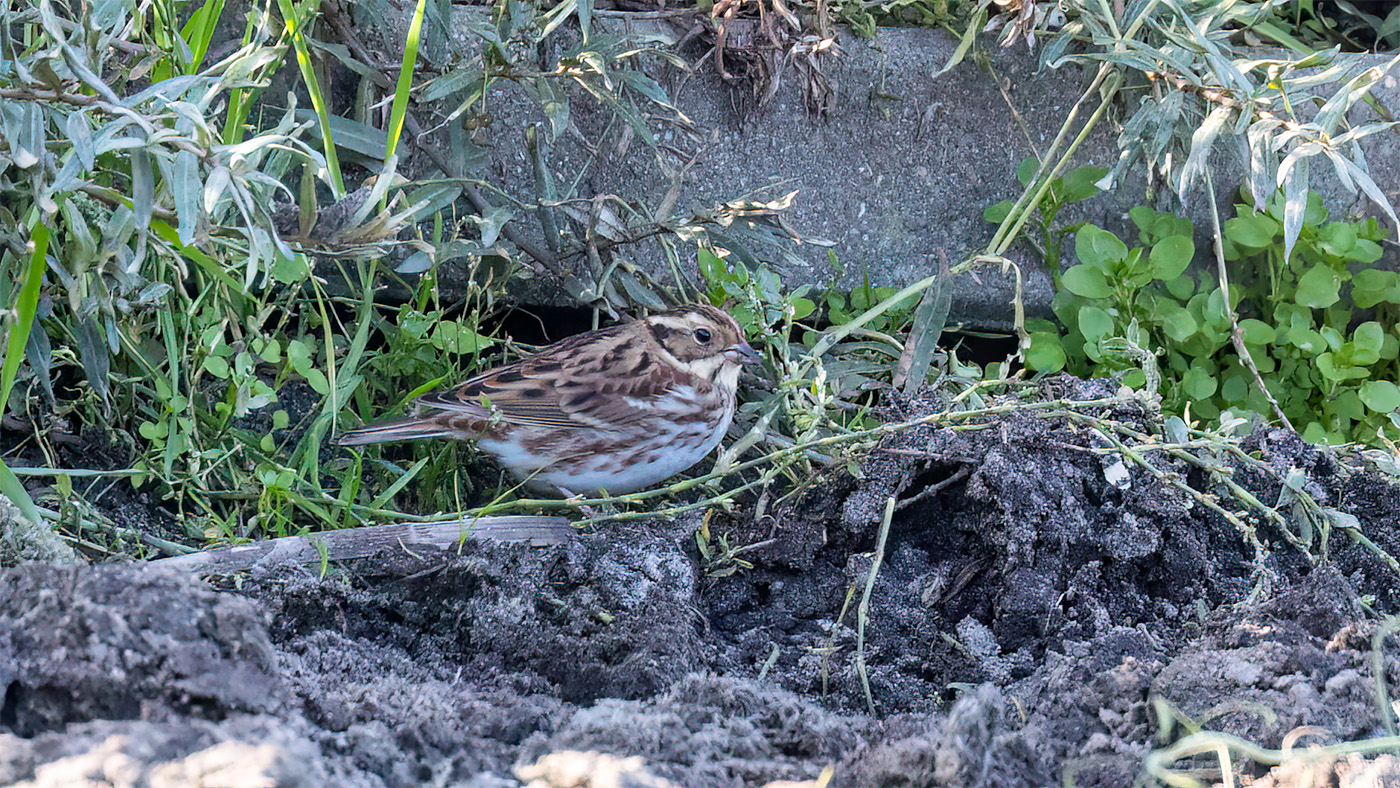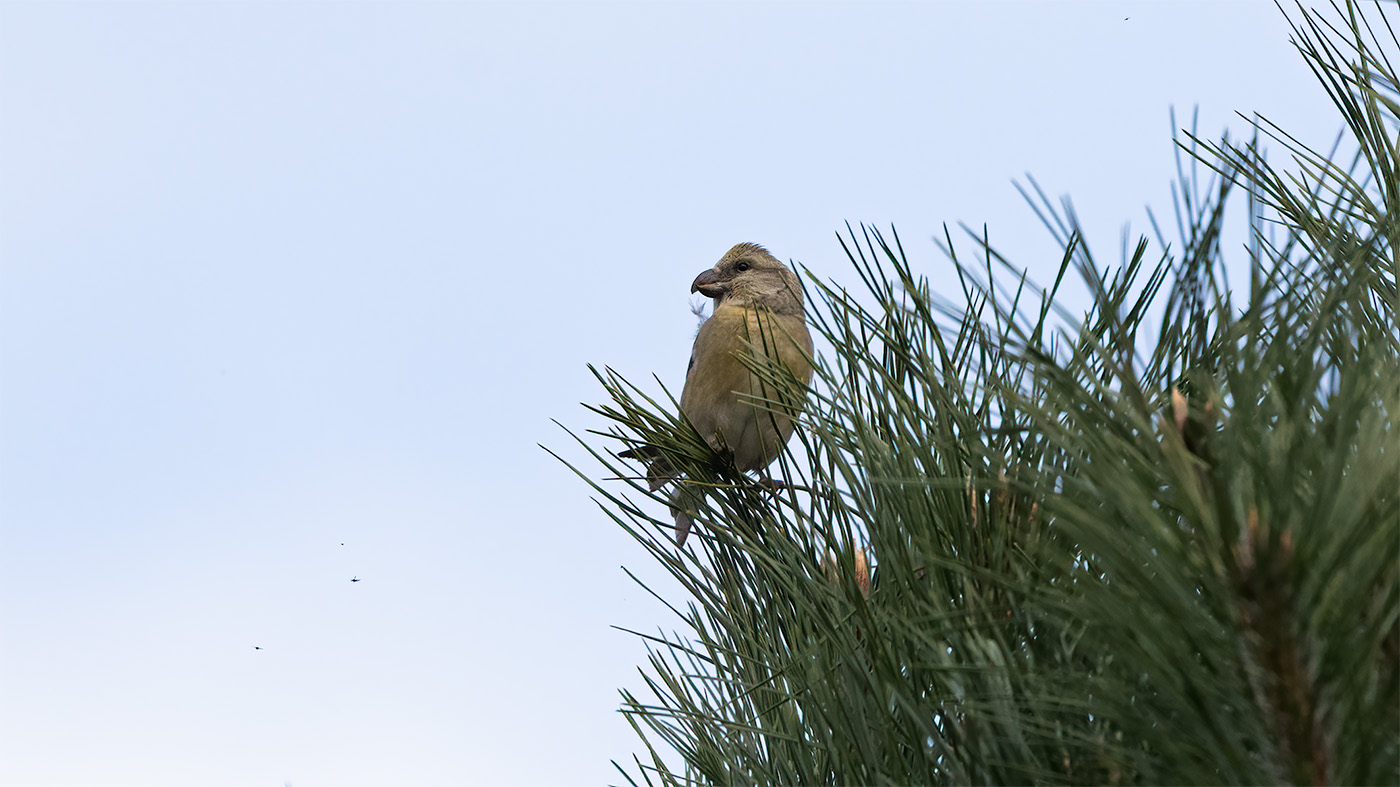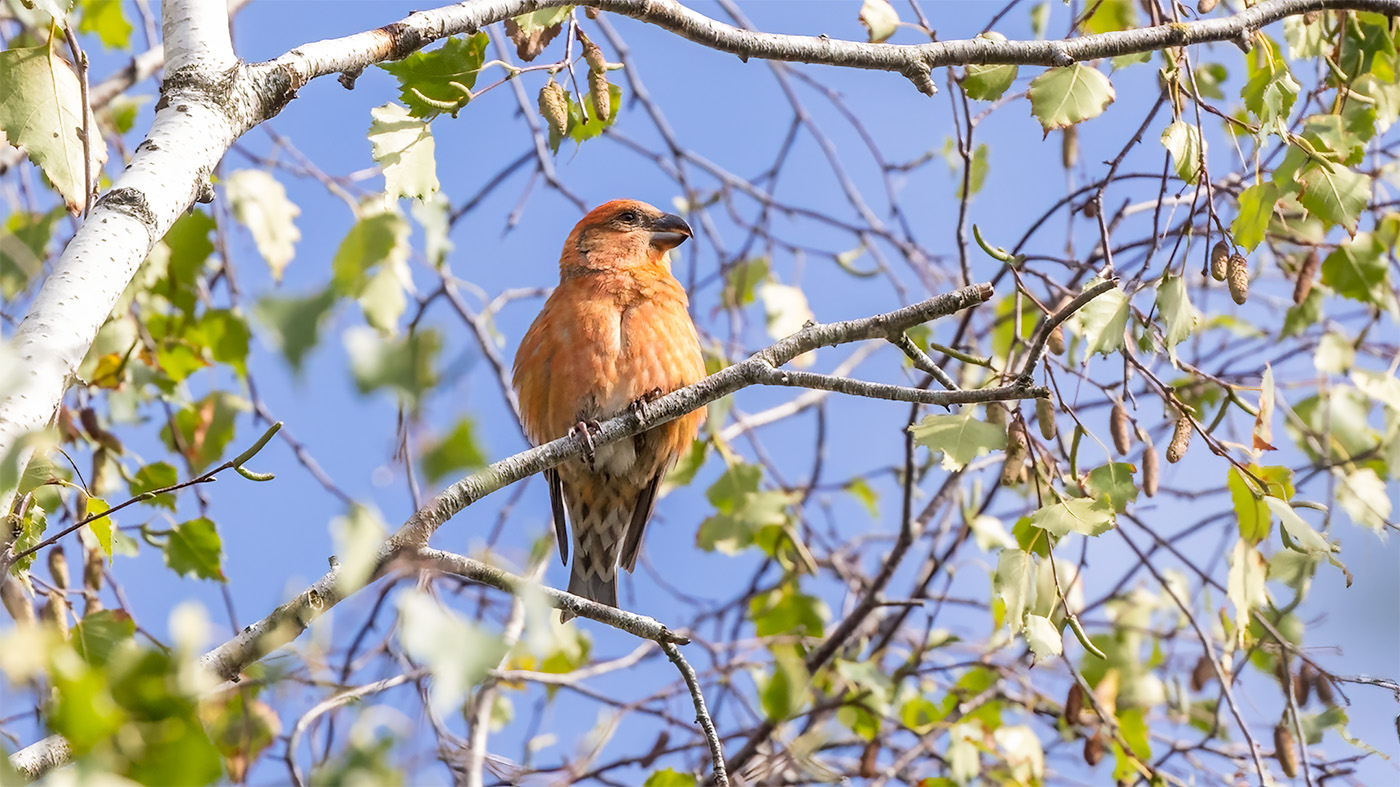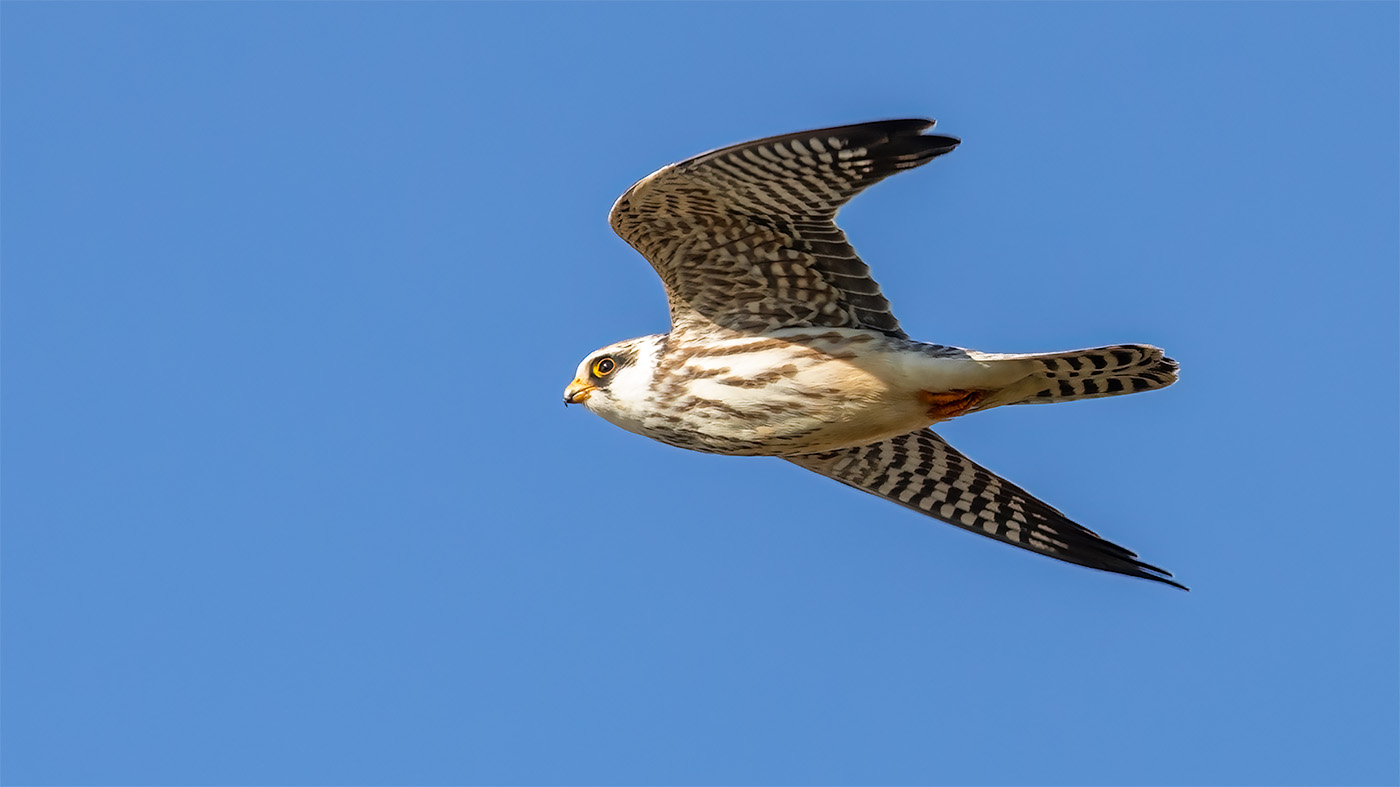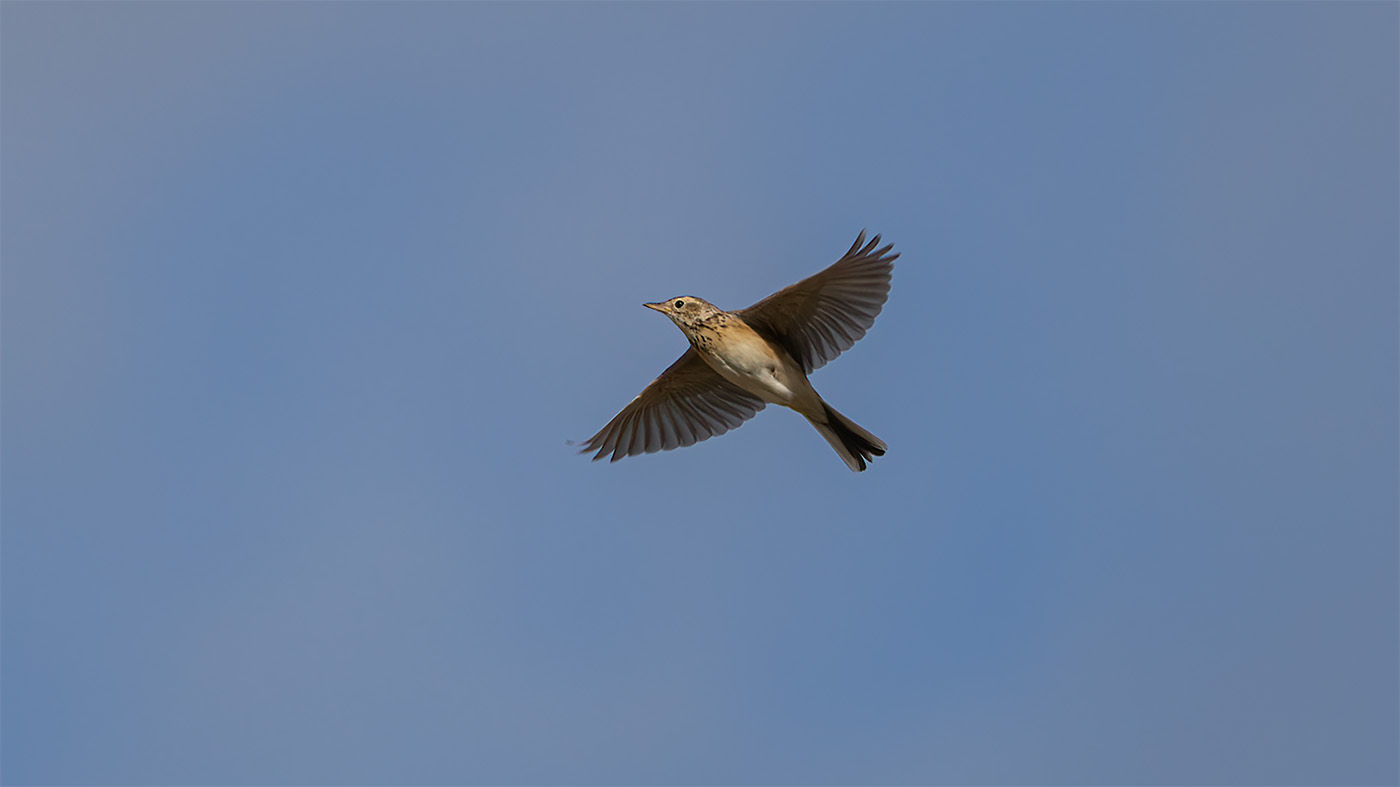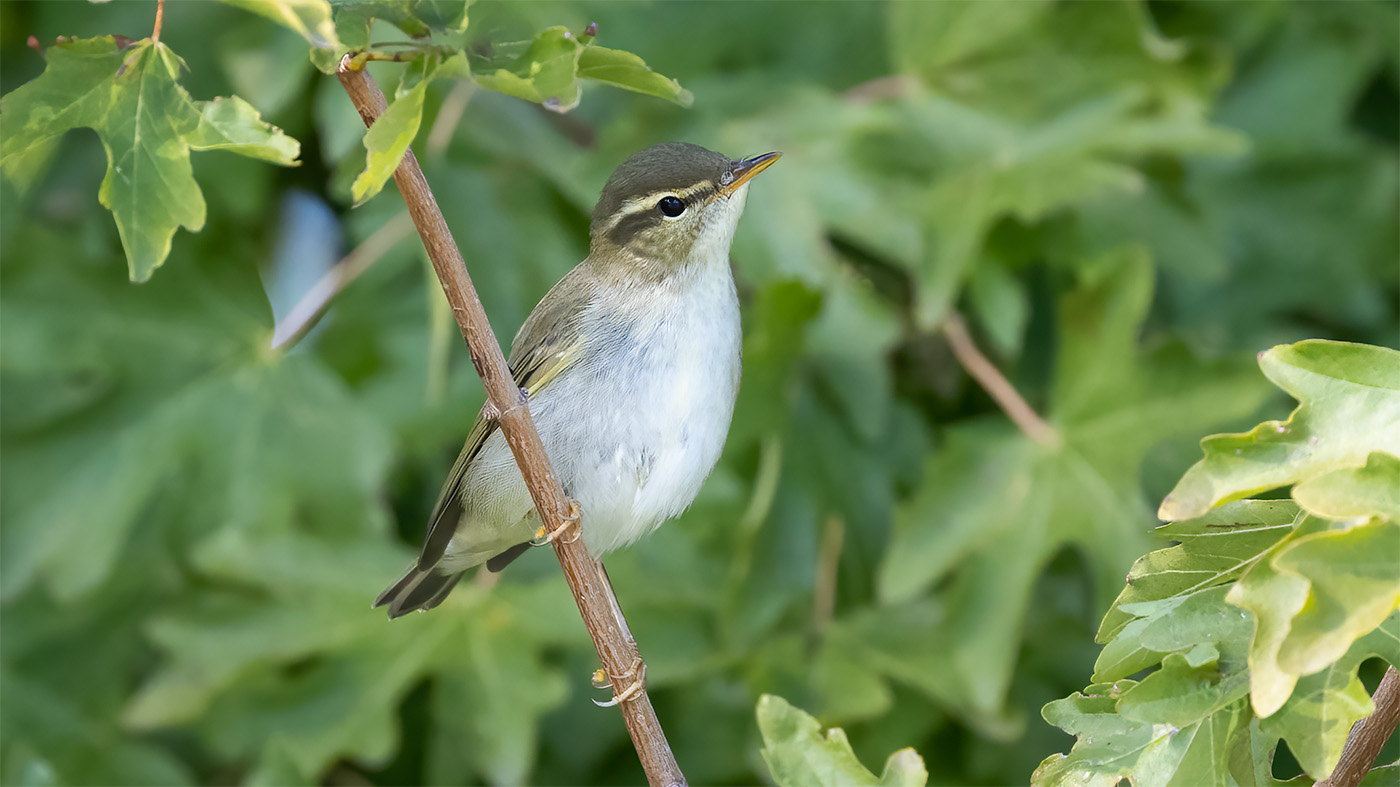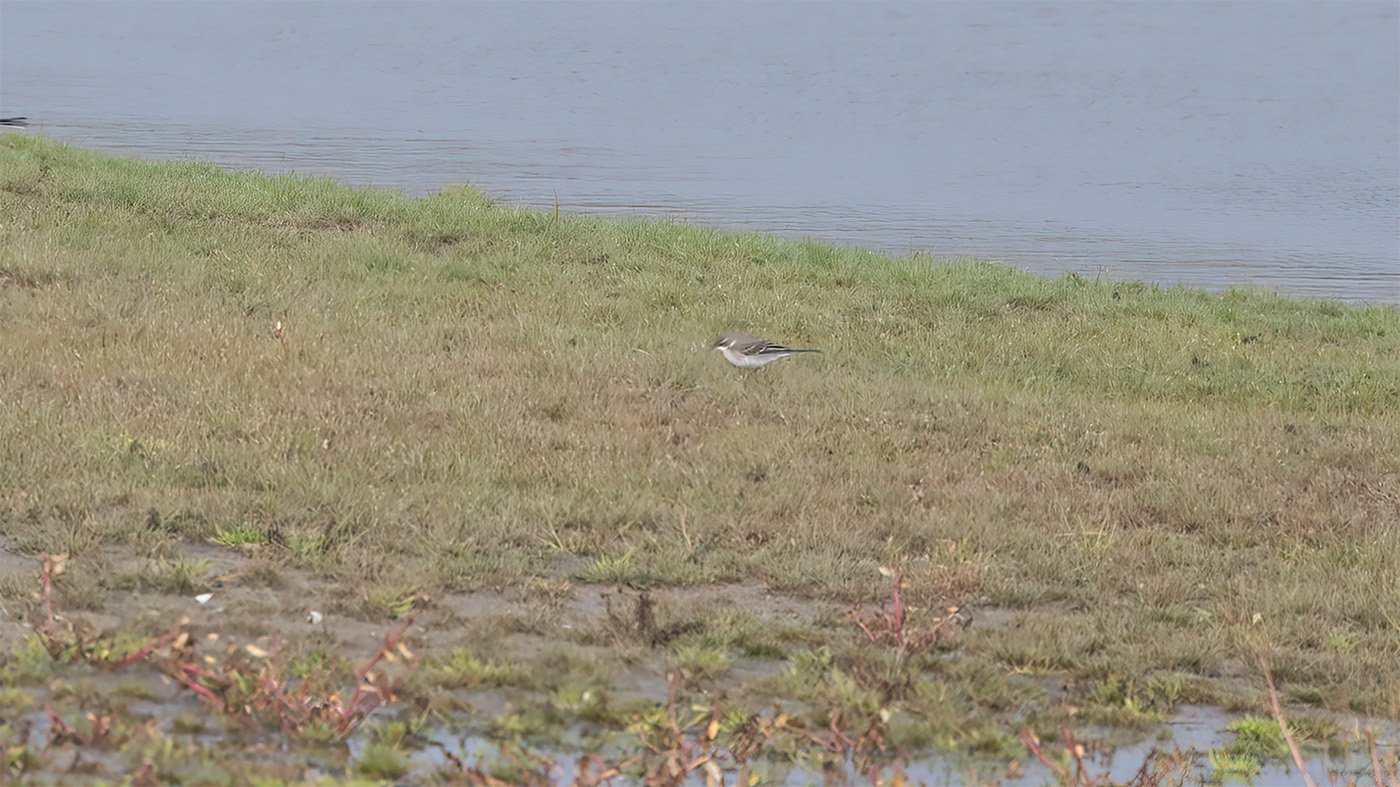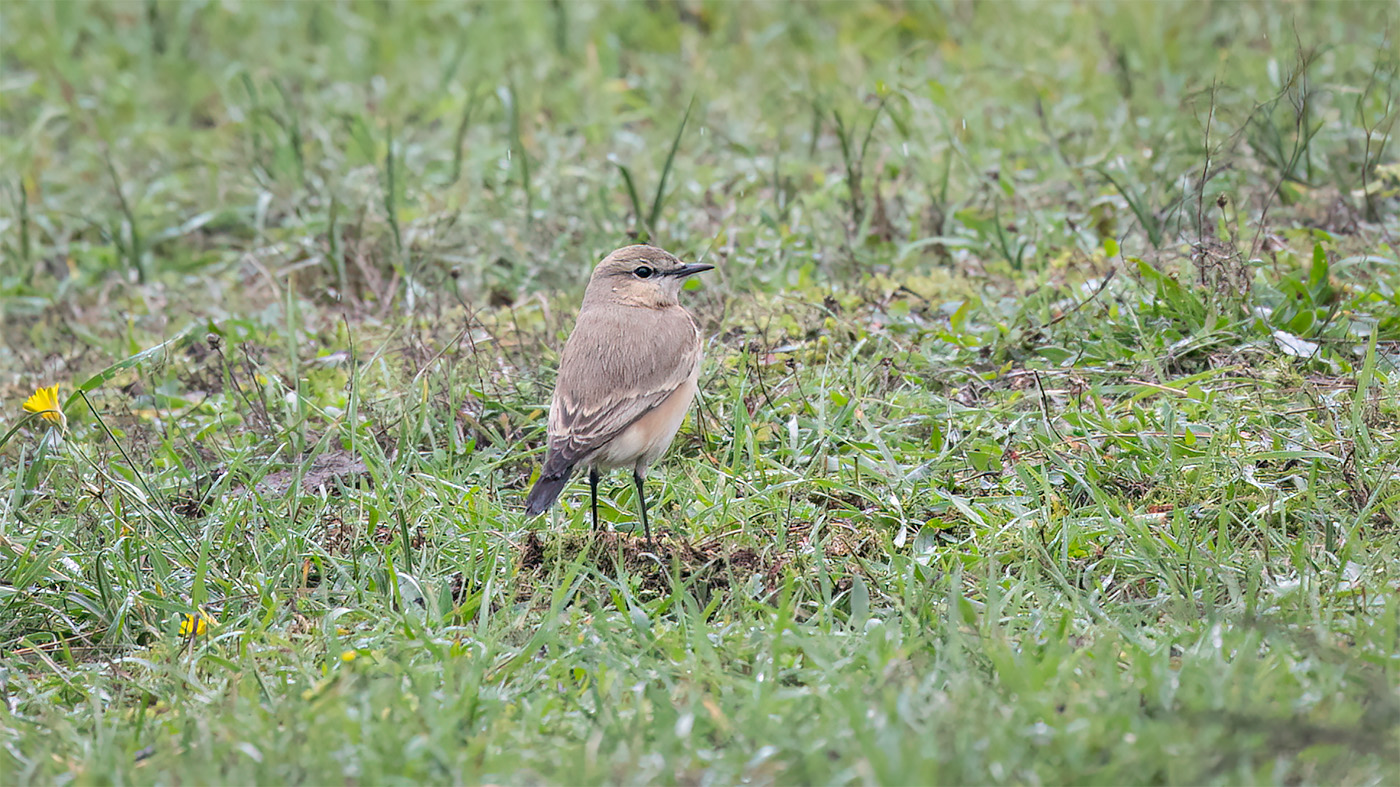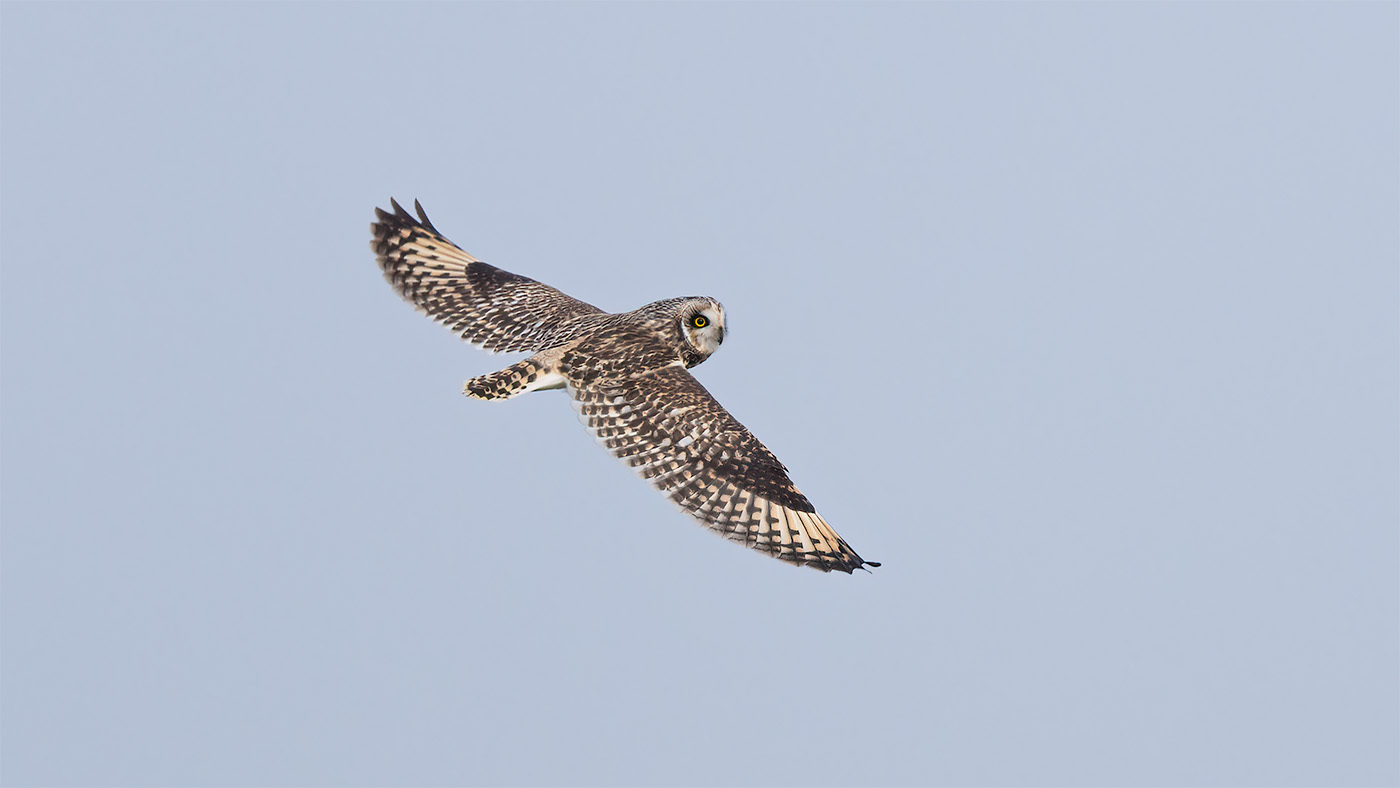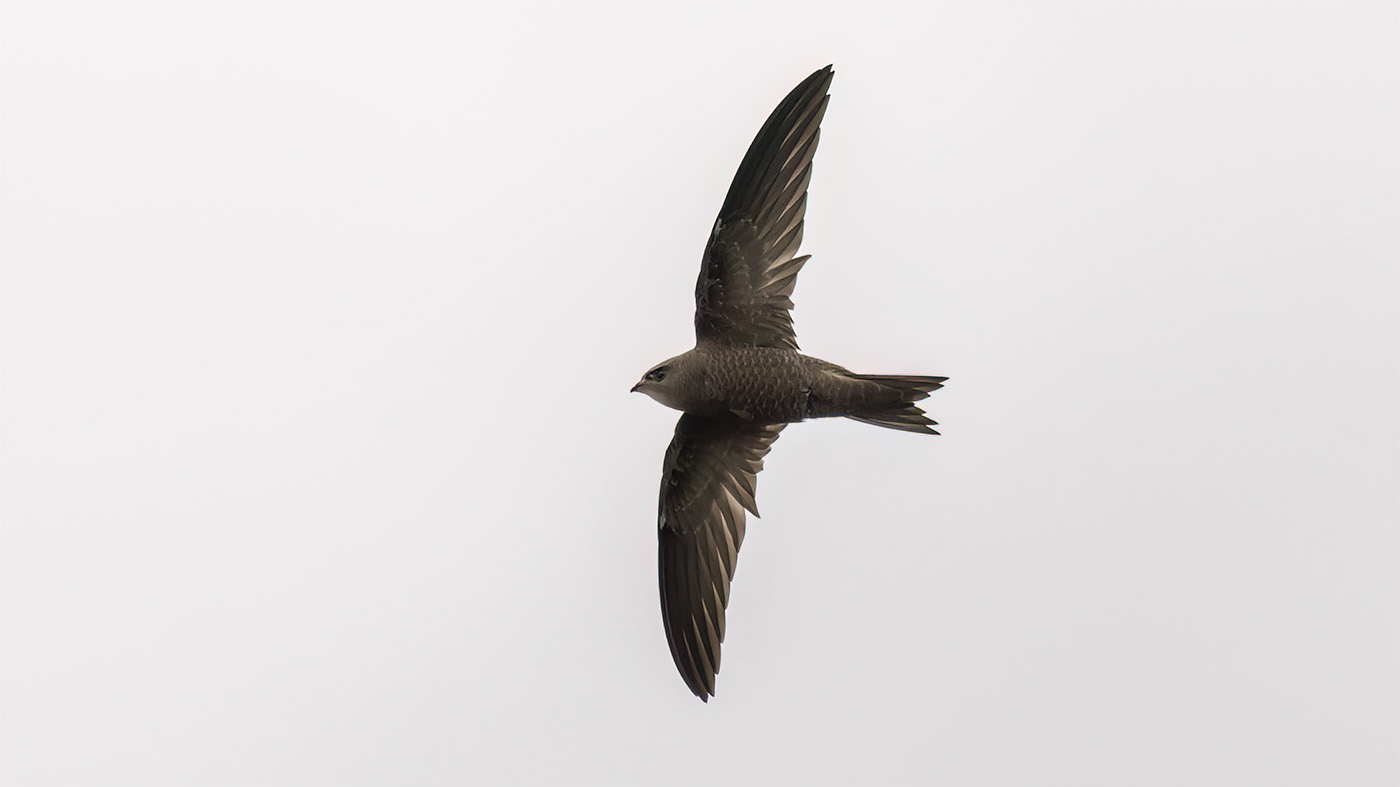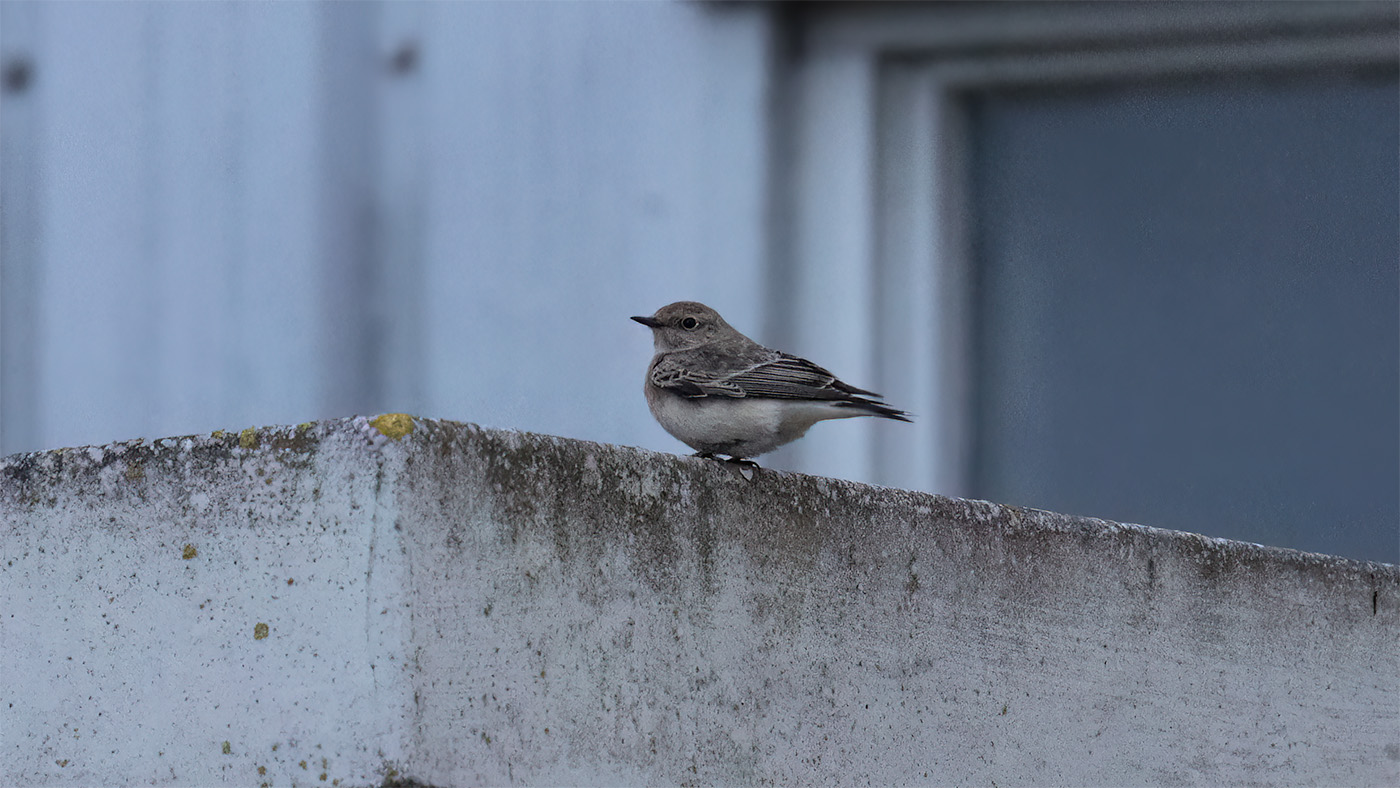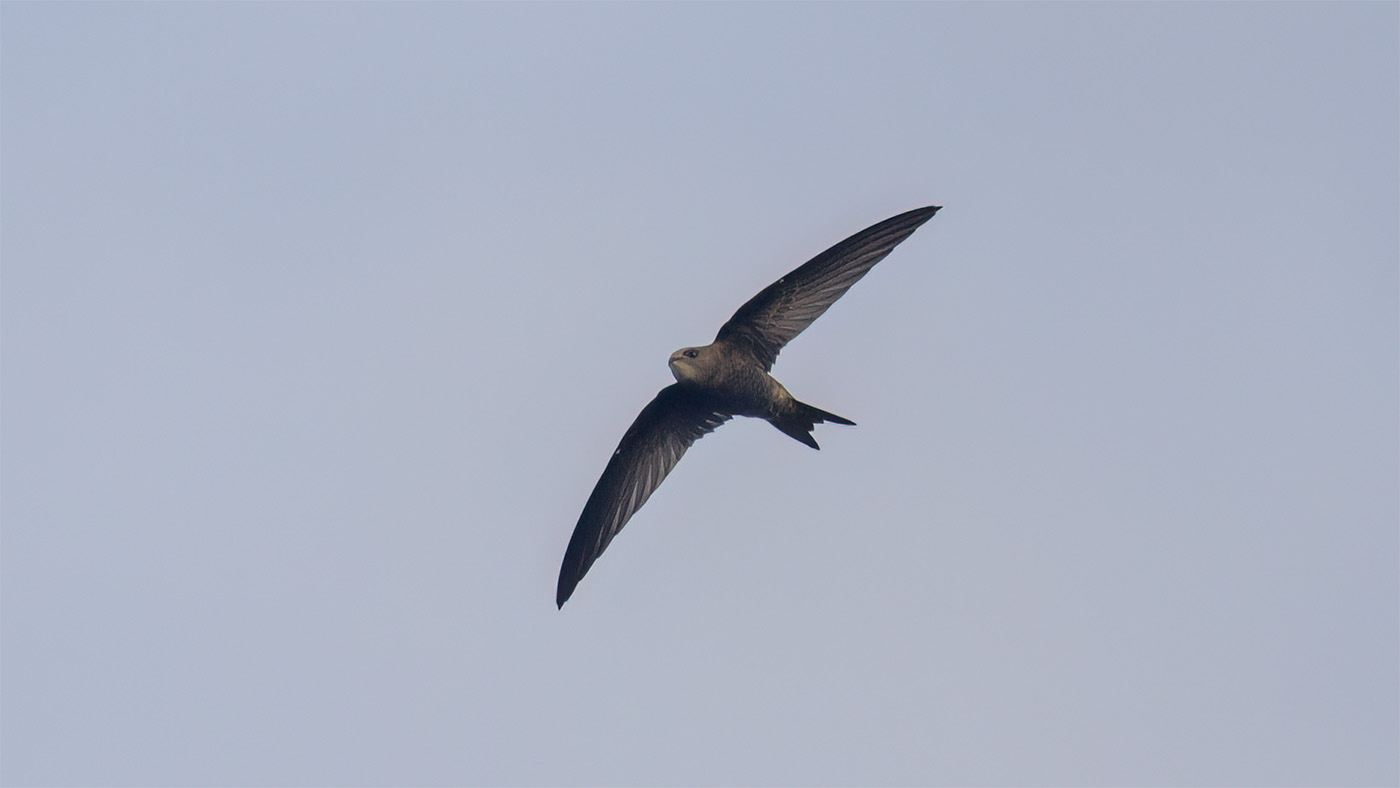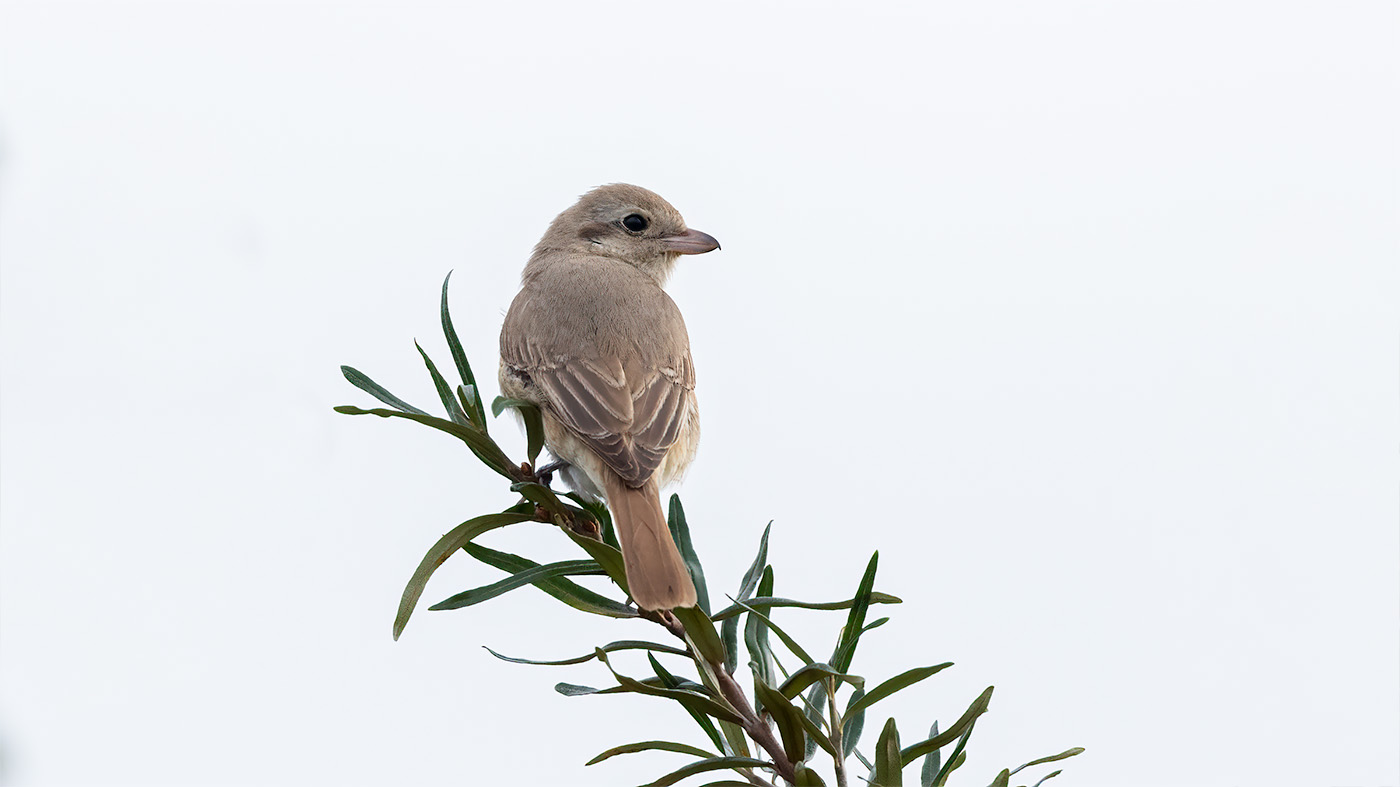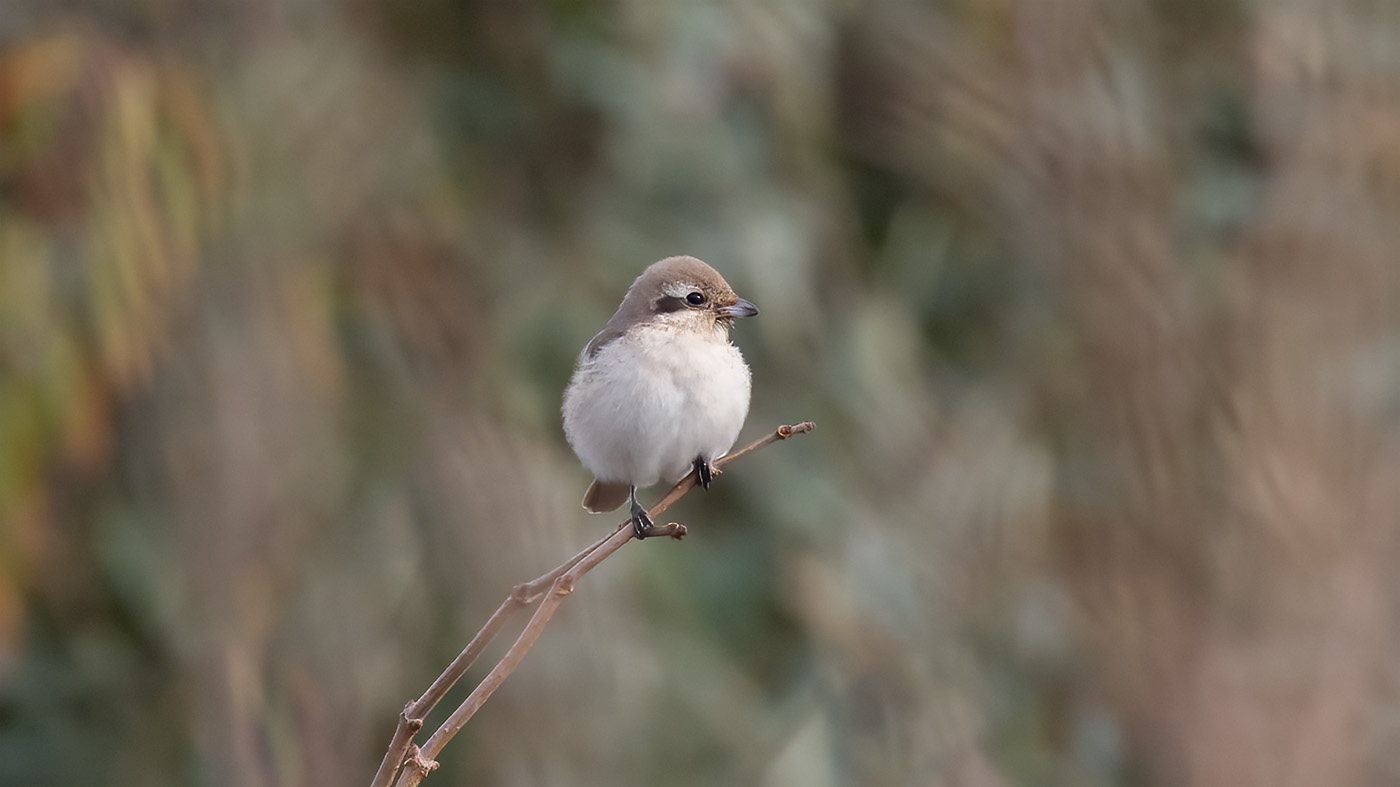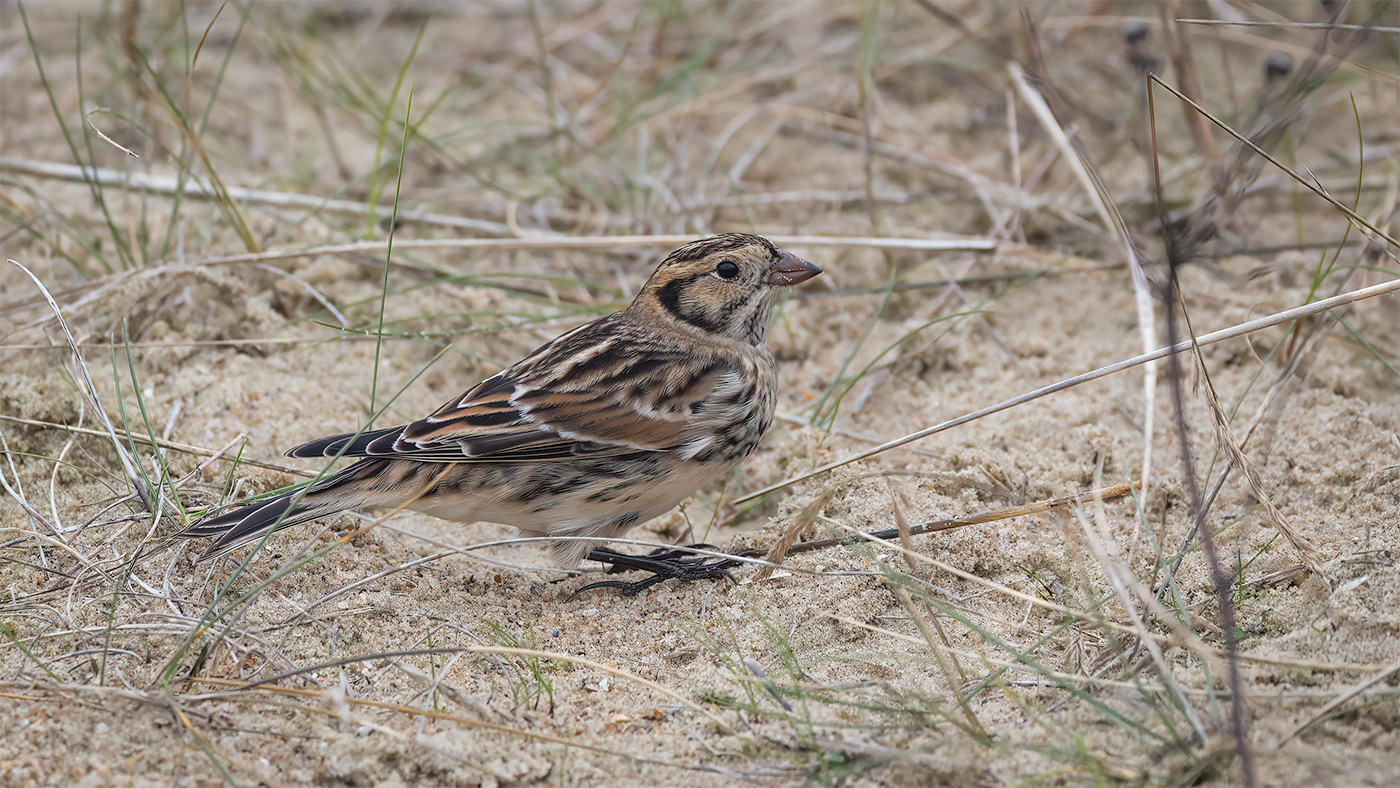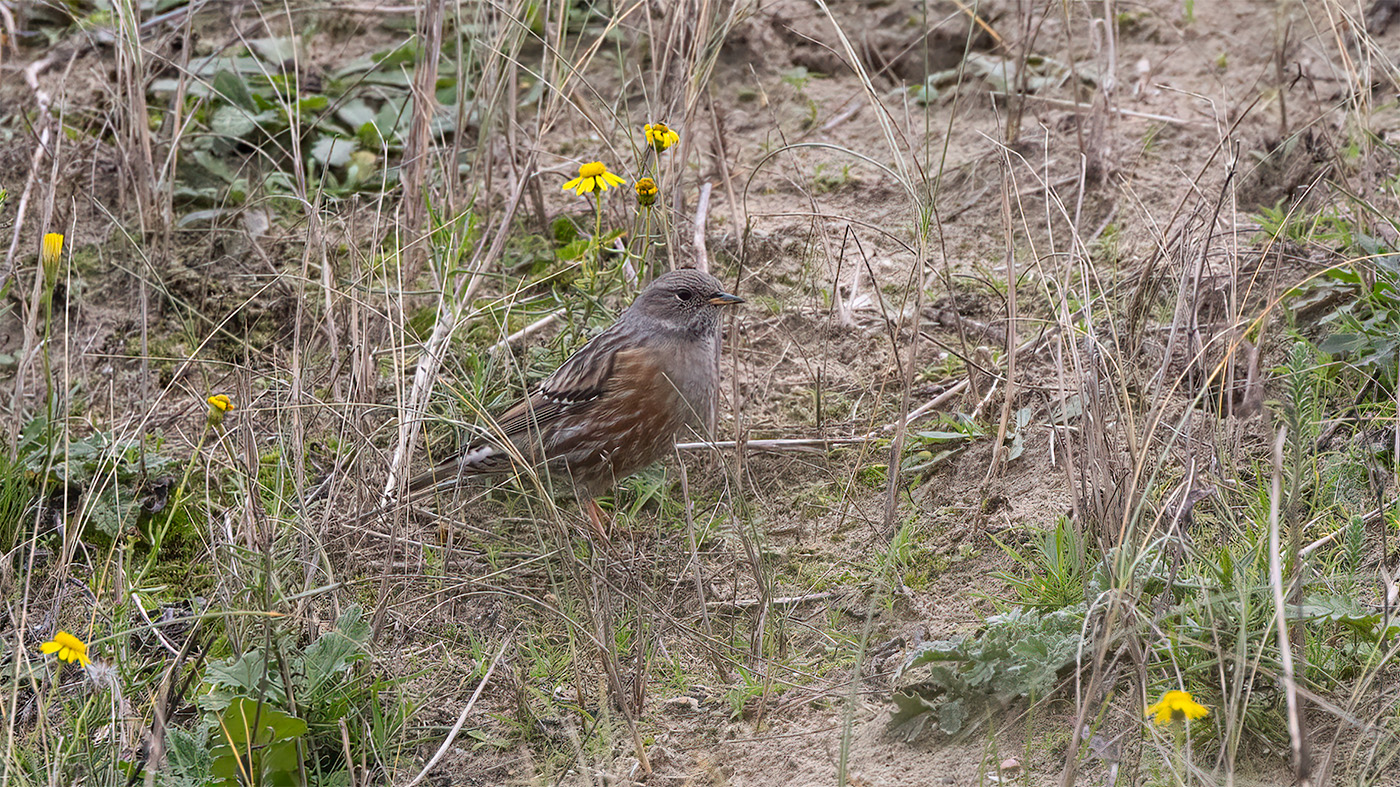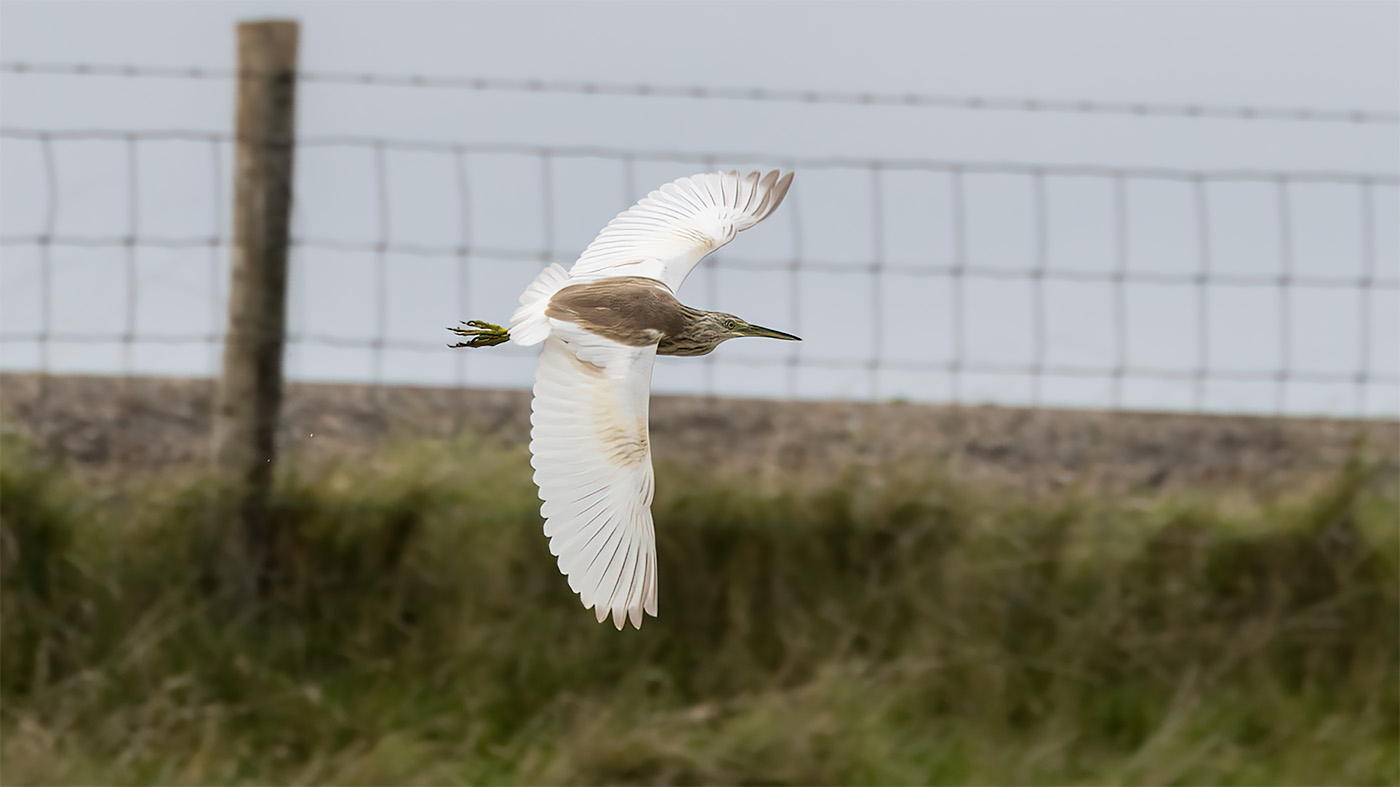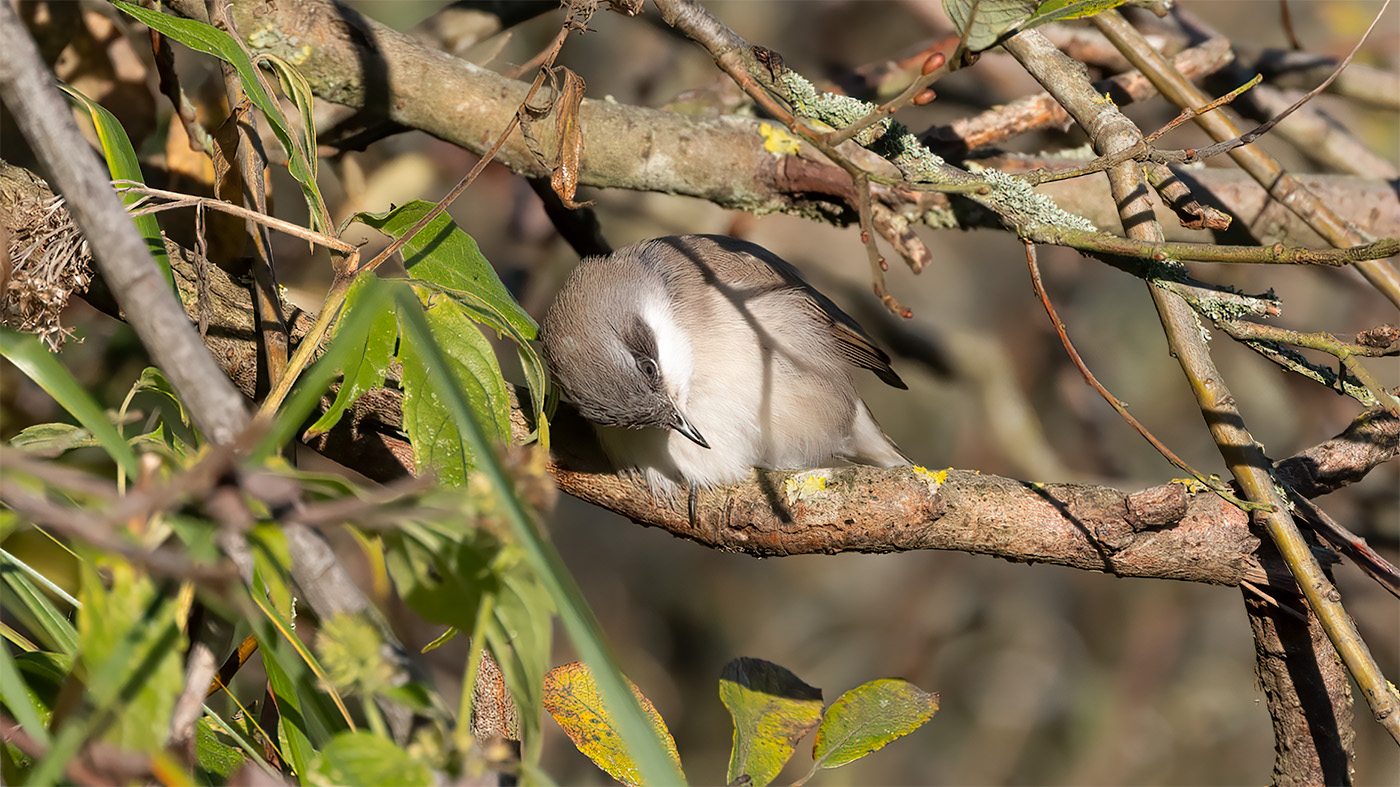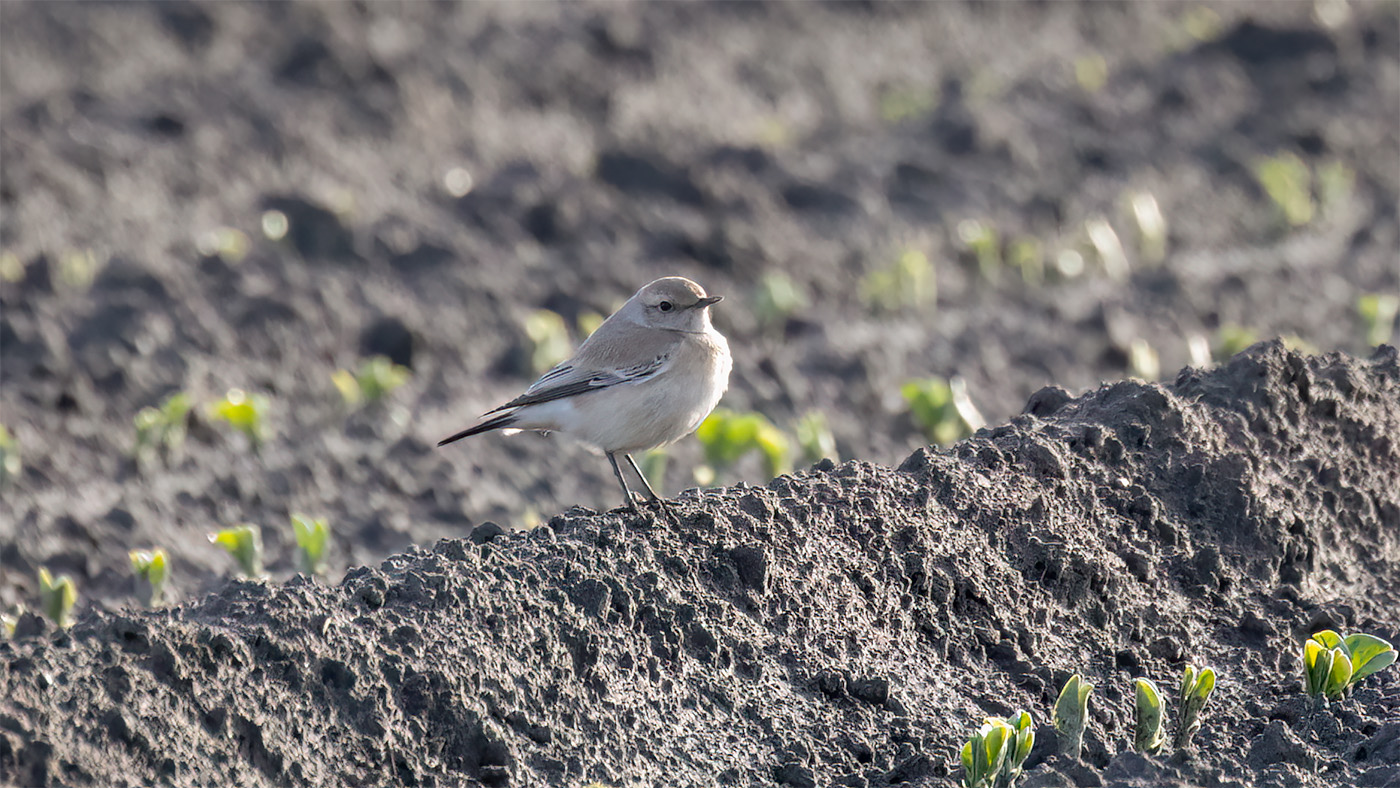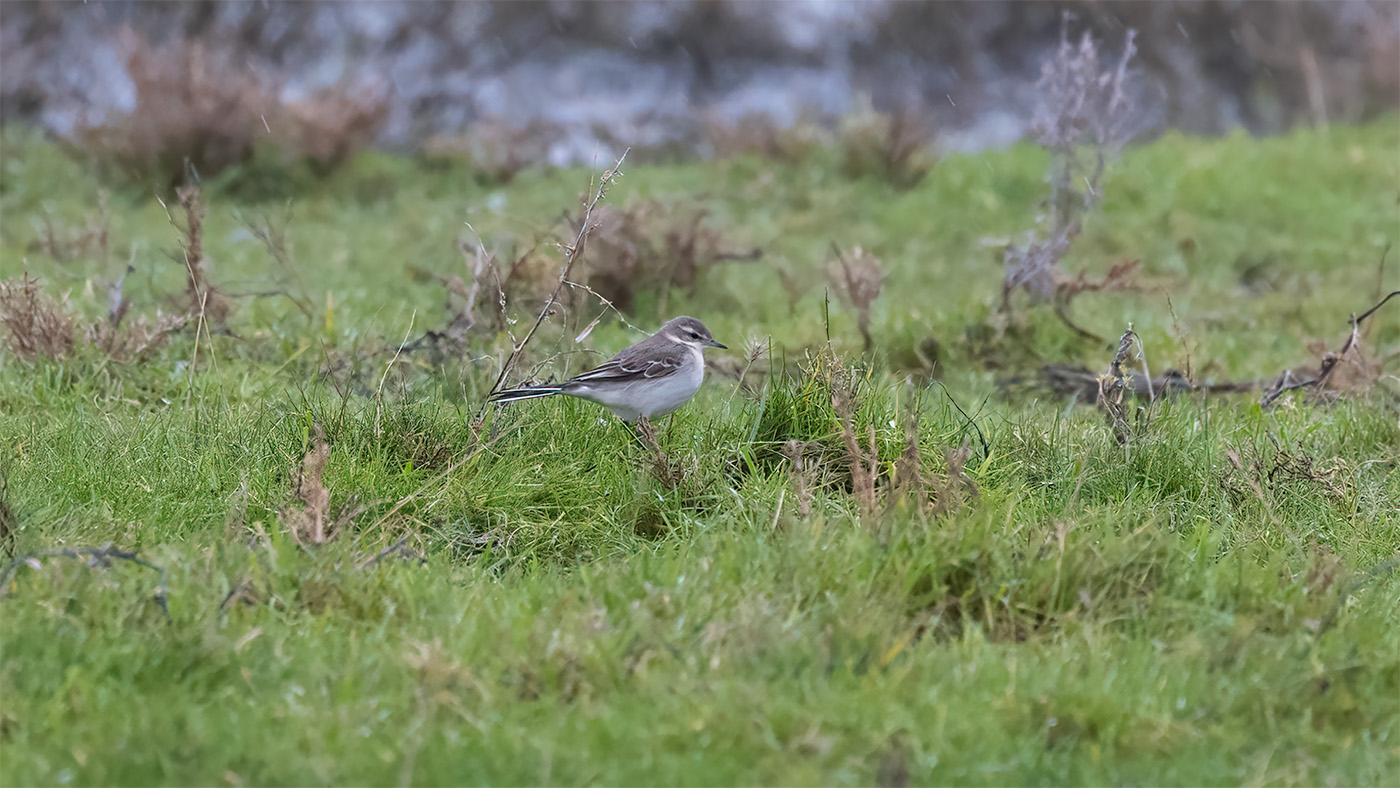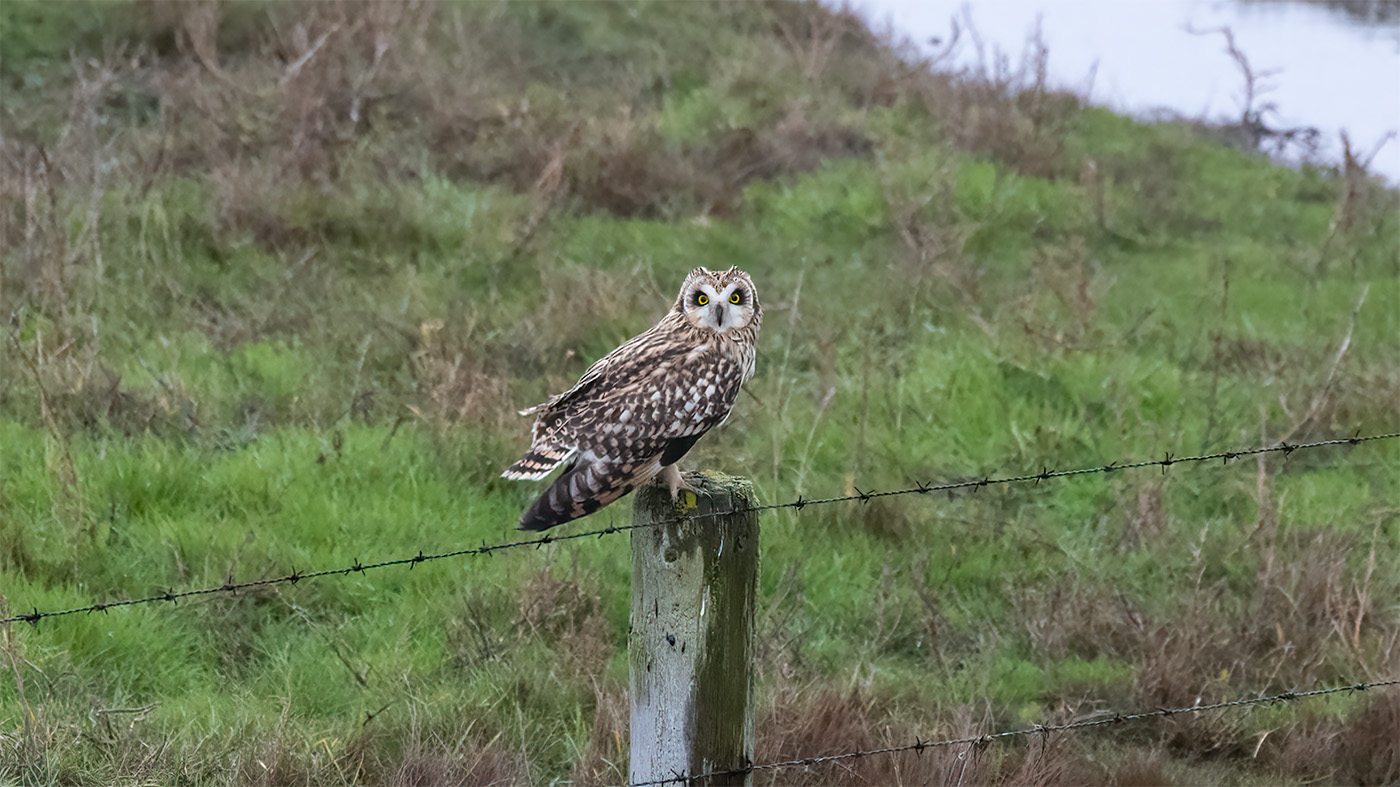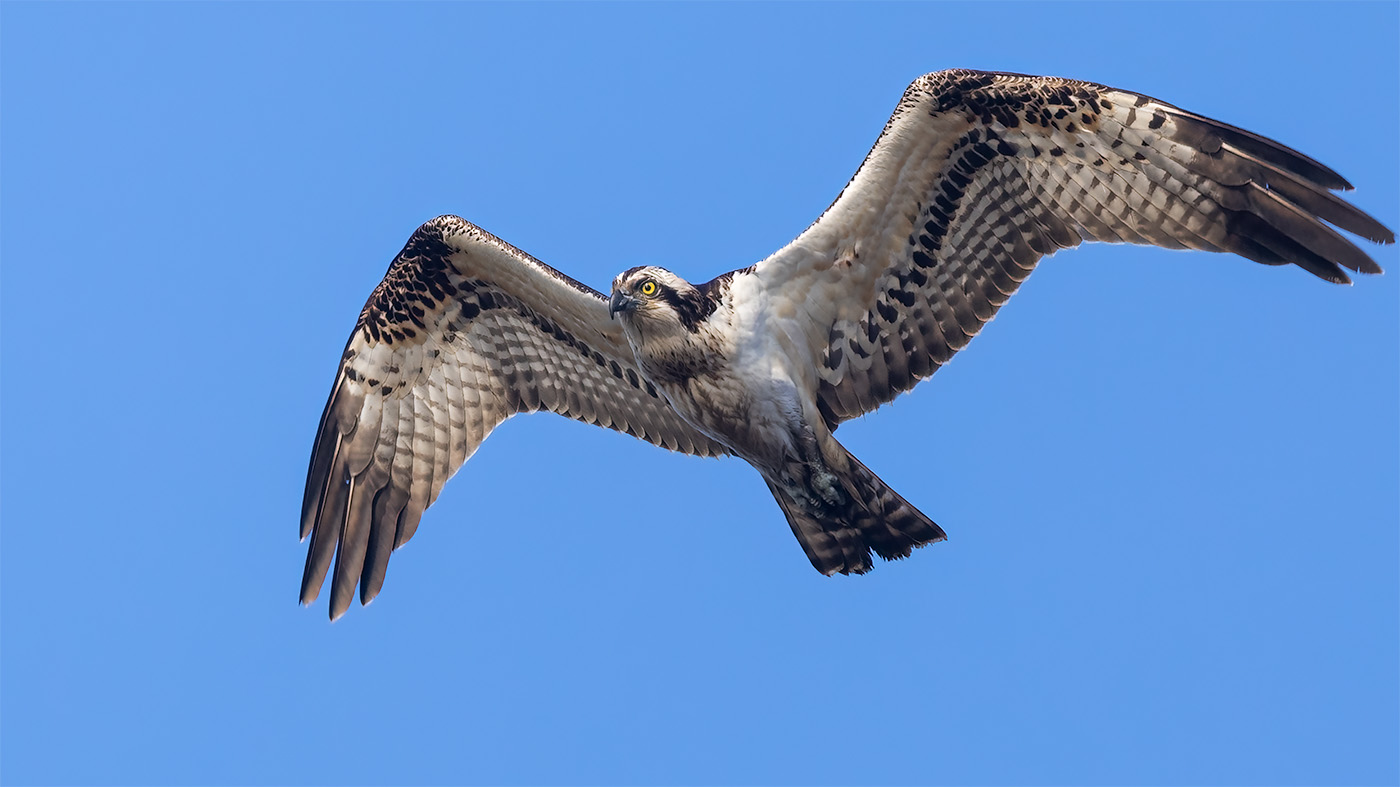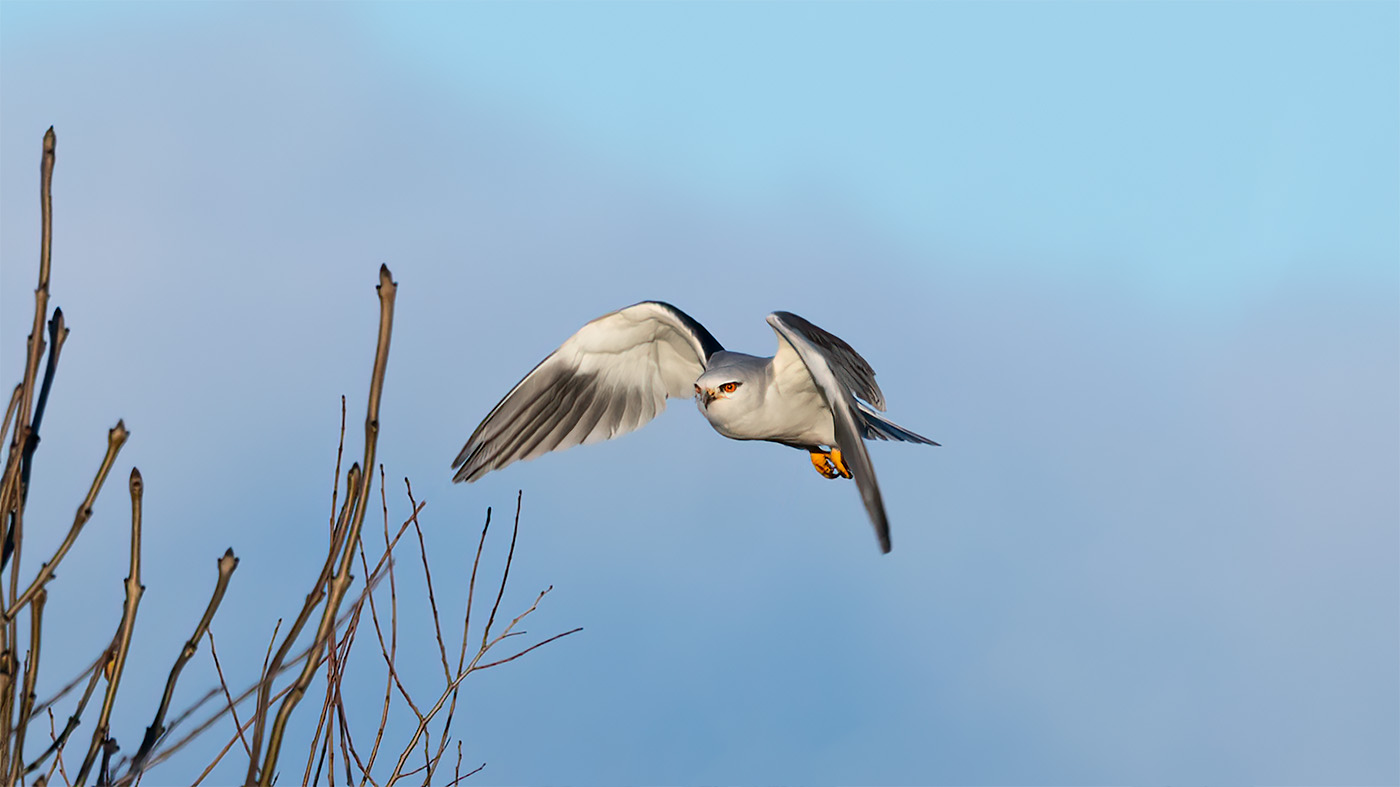Normally we try to see at least 300 species in a year. We therefore don't have to go after all the species that are sighted. This year it was going to be a little different, although that was not planned with the start of the new year.
Until March we birded as we used to do. And it went pretty well with the species. That changed on March 24. Early in the morning that day we saw a Ring-billed Gull near Babberich followed by a Bonaparte's Gull near Westkapelle. Here we met Alwin Borhem who announced to us that despite the fact that we had a Ring-billed Gull ahead of him, he would end up above us. We accepted this challenge and this marked the start of a Big Year.
On January 1, our birding year started with a Robin at 06:23 am when boarding the car in Uden. The goal was the Gully at Camperduin with an attempt for the Dartford Warbler for the year and month list. Unfortunately he was not found. A group of Lesser White-fronted Geese was found in the nearby polder. We drove to Alblasserdam where the Western Swamphen was still present and counted for the monthly list. A Dusky Warbler that had also been there for a while was eagerly included for the year list. We now drove to Utrecht where we were able to add the Pygmy Cormorant fairly quickly, also for the monthly and year list. The head was off and we were quite satisfied with 64 species. I was also able to add 4 new species to my January 1-list which now stands at 186 species.
On January 2 we were in Nieuwvliet-Bad in the hope that the Eastern Olivaceous Warbler was still present. Unfortunately we couldn't find it, but we were somewhat compensated with a Black-crowned Night Heron flying over. That day we were also able to add Greater Flamingo, Black Brent and Light-bellied Brent Goose to the year list. On January 22, we held a Big Day in the province of Zeeland. It was a successful day with 112 species including; Yellow-billed Loon, Siberian Chiffchaff, Corn Bunting and Middle Spotted Woodpecker. See here for a full report. The Dartford Warbler was still present and it was visited on January 23 for the annual and monthly list. We also saw good species in January such as; Hooded Crow, Hume’s Leaf Warbler, Western Cattle Egret, Iceland Gull, Bohemian Waxwing, American Wigeon, European Serin, Baikal Teal, Red-breasted Goose, Ferruginous Duck, Glaucous Gull and Little Bunting. At the end of the month the annual list stood at 153 species! The monthly list for January had grown by 5 species and now stands at 283 species!
February 1 was started with the Pygmy Cormorant in Utrecht. The bird was quickly found and we now drove to the Korendijksche Slikken for the Black Kite, which has been here for a while. We also found this one pretty quickly and I now have the Black Kite in all months of the year. In Zeeuws Vlaanderen there was a Pallas's Leaf Warbler that also counted for the monthly list. After a lot of searching he was finally found and as a bonus we also saw a Yellow-browed Warbler. Later that afternoon we found another Zitting Cisticola. We also had to do for the monthly list a Blyth's Reed Warbler that was discovered with night vision goggles in Gouda. We had to search a lot but finally we saw him. A tour through the far north on February 13 yielded Rough-legged Buzzard, Horned Lark, Twite and Lapland Longspur. Despite hours of searching in the outer dike area of Friesland, we could not find Short-eared Owls or Snow Buntings. On the way home the Snow Goose was visited at Terwolde. Early in the morning on February 15, we drove to Zeeuws Vlaanderen again. A discovered Song Sparrow sat on the border of the Netherlands with Belgium near Emmadorp. The bird was still in Belgium when we found it, but luckily it also flew to the Netherlands where it was nicely photographed. The first new species for our Dutch list of 2022 had arrived! At the end of February the annual list stood at 173 species. The monthly list for February had grown by 5 to 268 species.
March 1 was kicked off with a Dusky Warbler in the Braakman for the monthly list. The Song Sparrow was also still present and that became the next month species. We now drove to the Western Swamphen in Alblasserdam. This too was quickly added to the list. A Red Phalarope in the Nieuwe Driemanspolder was the next species of the month. At 3:15 pm we were also able to add the Blyth's Reed Warbler in Gouda to the monthly list. We ended the day with the Pygmy Cormorant in Utrecht. 6 new month species in 1 day, that was quite a long time ago that we were allowed to experience that. On March 2, we visited a Dusky Warbler in the Biesbosch that still counted for the Brabant list. On March 3, we were back in the ditch at Camperduin for the Dartford Warbler, which was quickly found. He also counted for the monthly list. On the way back to Uden, a Pallas's Leaf Warbler was visited in Leiden, which was fun to watch and photograph. On March 16 a Greater Spotted Eagle was visited in Fochteloërveen, it counted for both the monthly and year lists.
Then we arrive at the date that would change the continuation of our birding year, March 24. A tagged Ring-billed Gull that spent the winter in Belgium started flying in a north-easterly direction on March 23 and landed on a gull roost near Babberich. Early in the morning at 4:56 am we received the coordinates where the Ring-billed Gull was located. This was a new month species so we were at the reported location at dusk. Large numbers of Common Gulls flew over us that already left the roost place. Half an hour later, all but a few gulls had disappeared. This didn't look good. I reported this via Dutch Birding's Telegram app group at 06:37 am. Cornelis Fokker saw this message and decided not to drive further to the lake, but to check the gulls he encountered. With the first group he saw he hit the jackpot. At 6:48 am Cornelis reported the Ring-billed Gull with the message; he walks here! After a ride of 8 km we were able to join him. The Ring-billed Gull was nice to watch, but after about 45 minutes it suddenly flew up and disappeared in a northerly direction. We drove back to Uden where we took up position at our migration site De Brobbelbies in the hope of some raptors. At 10:15 am a Bonaparte's Gull was reported on the Noordervroon near Westkapelle. 2 rare gulls in 1 day, very special. We didn't hesitate for long and decided to drive to Westkapelle. On arrival the Bonaparte's Gull was still there and was nice to watch from a distance. Here we heard that there sat a Black-legged Kittiwake along the dike at Westkapelle. This one also counted for my monthly list. We had to search a bit, but I was also able to add this gull for the month of March. A real gull hattrick. So we met Alwin at the Bonaparte's Gull and it was here that a bet arose as to who could get the most species on his list this year.
From now on we were keen on new species for the annual list and we would try them all. Not much else happened in March and we ended the month with 187 species for the annual list. Good business was done with 11 new varieties for the monthly list. The March list now stands at 285 species.
April 1 was spent on the monthly list as usual. We started with a Dusky Warbler in Wageningen. Then we drove to Alblasserdam for the still present Western Swamphen. The Blyth's Reed Warbler in Gouda was also still there, but we had to search a lot. The Pygmy Cormorant was no longer there and that was quite a pity because I only missed him in April. On April 6 a very early Little Crake was visited in Heiloo, the bird still counted for the monthly list. On April 10 we saw 1 more at the Quackjeswater. April 9 a Green-winged Teal was visited at Hooge Zwaluwe. A Baikal Teal that was also here turned out to be ringed, which was a pity because it still counted for the Brabant list. We were now also regularly at the migration site Kamperhoek and on April 12 we saw our first Pallid Harrier of this year. During the count, a Pygmy Cormorant was reported at the Black Water. This was not too far off and a good rematch. After some searching we found the bird. He was hidden among the bushes on an island. I now have the Pygmy Cormorant in all months of the year. An Italian Sparrow that Garderen had selected to breed with a House Sparrow was visited on April 16. If this Italian Sparrow is accepted then this is a new species for the Netherlands and our Dutch list, the second new one of 2022! During a count on the Kamperhoek on April 18, a Western Subalpine Warbler was reported in Woerden. The count was aborted and we immediately drove to the reported location. The bird was occasionally nice to look at. On April 19, we stood in the Zuid-Kennemerland National Park for an Alpine Accentor that was discovered there. Despite hours of searching, we could not find the bird. On the way back home an Eurasian Stone-curlew was visited near Haarlem. On April 23, we were back on the Kamperhoek and eagerly noted a Eurasian Hoopoe that came flying over. After the count, a Eurasian Wryneck was visited at the Flevo powerstation. April 27, a tour of the north was made to prepare us for the Top of Holland. It was a very nice day with, among other things, the following new species for the annual list; Western Barn Owl, Whiskered Tern, Caspian Tern, Ring-necked Duck, Black-winged Stilt, Glossy Ibis, Eurasian Penduline Tit and Wood Warbler. The next day we had to go to Tholen for a Long-billed Dowitcher that was very nice to watch. During the visit, a Terek Sandpiper was reported at the Zwin in Zeeuws Vlaanderen. We found the Terek Sandpiper, but unfortunately he was in Belgium and he stayed there. On April 29, a Red-footed Falcon was visited in the Kampina, the bird still counted for my monthly list. On the way back to Uden, a Marsh Sandpiper was visited near Maren. This was also the last new year species in April. The annual list now stood at 249 species. With 8 new species for the April list, it now stands at 341 species!
On May 1, work was done on the monthly list. The Western Swamphen that was still present was visited. The Italian Sparrow in Garderen was also added to the monthly list. May 3, a Western Bonelli's Warbler was visited in the Meinweg in the province of Limburg. We also found a courting Eurasian Hoopoe here. On May 5, an American Golden Plover was seen near Everdingen. We also found a singing Great Reed Warbler here. After this we drove to the North Holland Dune Reserve for a Woodchat Shrike found there. The next day a day on Texel was on the program. Here we found Eurasian Dotterel, Red-necked Phalarope, Arctic Tern and Black Guillemot. These species all counted for the annual list.
On Saturday May 7, we started in the Keent near home. Here we found a Grey-headed Wagtail while a Broad-billed Sandpiper was reported near Middelburg. We decided to visit the bird. While we drove from Uden to Middelburg, a (spring) Siberian Stonechat was reported on Texel. The bird was sitting on the Renvogelveld and we thought it likely that it would hang around there. So we stuck to the original plan. First the Broad-billed Sandpiper and then towards Texel. The ride to Middelburg went quickly and on the way we saw an adult male Montagu's Harrier flying over. On arrival at the reported spot, a beautiful adult Broad-billed Sandpiper in summer plumage was sitting 30 meters away in the morning sun. I have not often seen them so beautiful. After some nice photos, it was time to start the ride to Texel. There were now indications that it might even be a Caspian Stonechat (a subspecies of the Siberian). On the way, the report came through that the bird had been out of sight for a while. Nevertheless, we drove on in full confidence that he was still there. He was found just before our arrival and was even sitting very close. Quite a few pictures were taken and satisfied with a beautiful day we drove back to Uden.
The next day a Red-throated Pipit was visited near Arnhem. On May 9 we visited an Iberian Chiffchaff in Warmond. Then we drove to the Scherpenissepolder for a Pectoral Sandpiper. Unfortunately we could not find him, but Temminck's Stint and Kentish Plover were added to the year list. On May 10, a White-winged Tern was visited in the Zouweboezem. May 14 we participated in the Top of Holland. We slept as usual with my aunt in Oudwoude. At half past 1 in the morning we started a great day that would end with 154 species, a full report can be found here. That same evening during the buffet at Andries Zijlstra in Ureterp, a Red-tailed Shrike was reported near Schoorl. Alwin decided to try this one. We went back to my aunt. We still had a lot to catch up on because we hadn't visited her for 2 years due to the Corona. My uncle was also recently admitted to a nursing home. The next day we drove in the direction of Schoorl just to be on the safe side, but the Red-tailed Shrike was no longer present. While we were driving on the Afsluitdijk, a Terek Sandpiper was discovered on Texel. We immediately drove to Den Helder and were just in time for the next ferry. Fortunately, the Terek Sandpiper was still there. For the Texel list, a Common Quail and Great Reed Warbler were also visited. With these species, Maartje's Texel list now stands at 300! I have to wait a few more species. On the way home an Melodious Warbler was visited near Sint-Michielsgestel.
There was no rest because that same evening a Lesser Yellowlegs was found in the Onlanden in the province of Groningen. At first light the next day we were at the location but we couldn't find the Lesser Yellowlegs. A Citrine Wagtail had now been reported on Texel. We decided to drive to Texel. After a long drive and crossing we were able to add the Citrine Wagtail to the annual list. While we were standing here, a Black-headed Bunting was reported in the Castricummerpolder. Not a moment was lost and we immediately drove to the ferry which we caught on time. After a nervous ride and a long walk we could also note this species. After a day of rest, a Little Bittern was visited in Zevenhuizen on May 18. The same evening a Corn Crake was done near Naaldwijk.
On May 21 we were in Lelystad at 3 o'clock in the morning and noted a Eurasian Scops Owl that made itself heard very nicely.
We then drove on to Castricum for a Common Rosefinch that was quickly found. A Pectoral Sandpiper was reported at the Eendragtspolder near Zevenhuizen. That became the next target species that was also quickly found. On the way back to Uden we visited a 2nd calendar year male Montagu's Harrier at the migration site Brobbelbies. While photographing this bird, 2 Red Kites were discovered courting. I had never seen this before, courting Red Kites. That same evening a Roseate Tern was found in the Putten near Petten, the target species for the next day.
In the morning of May 22, we drove to the Putten. The Roseate Tern had already been seen that morning but was out of sight for quite some time when we arrived. There was a search, but the attention of most bird watchers went to a discovered Woodchat Shrike in the ditch. Maartje, however, managed to find the Roseate Tern after 5 minutes. The bird was sitting among the Common Terns and allowed itself to be viewed nicely. The Woodchat Shrike was also seen by us afterwards. We now drove to the Oostvaarders Plassen for a Short-toed Snake Eagle that had been there for a while. Along the way we also received a report of a Baillon's Crake near Biddinghuizen, which was nicely on the route. The Short-toed Snake Eagle was quickly found and we now drove to the Baillon's Crake. Here we had to walk 1.5 km and because it was already in the afternoon with a clear blue sky and a nice sun, we did not estimate our chances too high. There were already a few birders on the spot who indicated that the Baillon's Crake could regularly be heard at a distance of 5 meters. And indeed it wasn't long before the bird started courting and calling. Occasionally we could even see him briefly.
Earlier that week we received the sad news that my uncle from Friesland had passed away. The cremation took place on May 24 later in that afternoon. We left Uden early that day for Friesland. On the way a Thrush Nightingale and Griffon Vulture were visited. We would spend the night with my aunt in Friesland. That evening an European Roller was reported near Dordrecht. The next morning it was still there. We said goodbye to my aunt and drove to Dordrecht where, after a long time of waiting and searching, the European Roller was finally found. At last I could add this species to my Dutch list.
On May 26, a tour of Limburg was done with Alwin and Donny. We started in the Geuldal looking for the White-throated Dipper that we did not find. However, 2 Black Storks were noted that still counted for the year list. We now drove to the Kerperbos near Vaals. Here we quickly found an Eurasian Treecreeper for the annual list. Then we drove to Koningsbosch for the European Bee-eaters that have been breeding there for a few years. We managed to find 2 pairs. We even saw an European Bee-eater together with a Red-backed Shrike on 1 branch! On May 27 a River Warbler was visited in De Brand near Udenhout, the bird counted for the annual list and Brabant list. On May 28, a Balkan Subalpine Warbler was reported on the island of Vlieland. Together with Alwin and Donny we were waiting early the next morning in the port of Harlingen for the bird to be reported. That did not happen and we decided to find something ourselves in the Lauwersmeer. While we were birding here, a singing Collared Flycatcher was reported in Limburg. There was no doubt and we decided to drive to Limburg. After a drive of more than 4 hours we joined a small group of birders who indicated that the Collared Flycatcher had not been seen or heard since 1:00 pm, and it was now 3:30 pm. It wasn't long before everyone left and we were left alone. However, we did not gave up and it was Alwin who found the bird around 6.30 pm. He now was singing frequently and we could watch him nicely. The Collared Flycatcher was the last new year species in May. It had been an intensive and busy month. The annual list now stood at 297 species! Not bad and my prediction list indicated that there was also an opportunity to break the annual record this year. The year lists of Alwin and me (and Maartje of course) were equal. He had a Red-tailed Shrike which we compensated with a Ring-billed Gull. The other year listers kept quiet this year and we were well ahead of them. During all this violence I was also able to add 4 species to the May list which now stands at 347 species.
On June 1, we were at first light in the province of Limburg for the Collared Flycatcher, which still counts for Maartje's monthly list. The bird was quickly found and we now drove to the Western Swamphen in Alblasserdam. The Western Swamphen was a bit more difficult and it took until half past 2 before Maartje and I both saw the bird. We now drove to the Italian Sparrow in Garderen, which was found despite a long traffic jam in the late afternoon. On June 3, we searched in vain for a King Eider in Cadzand-Bad. This bird spent most of its time in Belgium, but occasionally also visited the Netherlands. June 4, a Blyth's Reed Warbler was reported in a polder near Empel. Nice and near home and a new Brabant variety. The Blyth's Reed Warbler allowed itself to be viewed and photographed beautifully. During the visit, a Rosy Starling was discovered near Ouddorp. We decided to drive to Ouddorp and the Rosy Starling was quickly found. Alwin called and we decided to wait for him while we kept an eye on the Rosy Starling. Fortunately, the bird stayed put and Alwin was also able to credit it. The previous day a Squacco Heron was seen in the Zouweboezem. The bird also appeared to have been seen this morning and it seemed that it had chosen a roosting place in the Zouweboezem. We decided to post here together with Alwin. Before we drove to the Zouweboezem, a Kentish Plover was first visited for Alwin's annual list and we ate pizza in a restaurant. The Squacco Heron was not seen that evening. We did enjoy the Purple Herons flying by nicely in the low evening sun. A Whiskered Tern was eagerly noted for the Utrecht list. The next morning we tried again, but again we didn't get to see the Squacco Heron. On June 7, we drove to Kerkrade together with Alwin in the late afternoon. The goal was a White-throated Dipper for the annual list. It was drizzling a bit on arrival in Kerkrade and the conditions did not seem ideal. Nevertheless, the White-throated Dipper was found almost immediately. He allowed himself to be viewed and photographed, and even a film was made. On June 9, we stood at first light at the migration site Camperduin in the hope of a Black-legged Kittiwake for our monthly list. Miraculously we saw 2 Black-legged Kittiwakes fly by and we now have this species in all months of the year. On the way back to Uden we visited a Squacco Heron near Spijkenisse. A group of Ruddy Shelducks was also visited not far from the location of the Squacco Heron. Both species counted for the annual list. On June 11 we were back at the Camperduin. A beautiful adult Pomarine Jaeger with spoons was gratefully added to the list.
On June 13, we visited my mother in the nursing home in Turnhout where she had been staying for some time. I had a scheduled conversation with her supervisors. During this conversation, my mother became unwell. It didn't look good and I informed my brothers. She was given medication that seemed to help. We left my mother and drove to Cadzand-Bad for another attempt at the King Eider. He again did not cooperate and on the way back my brother called that the doctor had diagnosed underlying suffering in my mother. This was actually the moment we had been waiting for. My mother had explicitly stated that she wanted euthanasia if she became demented. However, this did not happen. The doctor indicated that palliative sedation was now best and we agreed. On June 14, we stayed all morning with my mother who was sleeping peacefully. My brother relieved us around 2 o'clock. We drove to the Driemanspolder where we visited a Lesser Yellowlegs. Then a Red-breasted Flycatcher was visited in Leiden. In the early morning of June 15 we were again with my mother who was still sleeping peacefully and showing no signs of the meds starting to work. My brother came around 2 o'clock and we drove back to Cadzand-Bad in the hope of the King Eider. This time he cooperated and we saw the bird walk a bit on the beach and then jump into the sea. He then swam out of the Zwin on his way to Belgium. On the way back to Uden, just before Antwerp, my youngest brother called to say that my mother had just passed away. We drove back to Turnhout and said goodbye to my mother there. My mother has turned 80 years old. The cremation took place on June 21 and the funeral took place in Turnhout on June 26. In Belgium, cremation usually takes place first and the urn is present during the funeral. The King Eider was found weakened in Belgium the next day and died that same day in a bird sanctuary.
On June 18 a Great Snipe was added and on June 22 a Spotted Crake. After June 22, there was virtually no birding done. The annual list now stood at 307 species. The monthly list had grown by 4 species to 304 species.
On July 1, a Common Loon was reported on the Kraaijenbergse Plassen not far from Uden. The bird was beautiful in summer plumage and was beautiful to look at. The Common Loon still counted for the year list. You would think also for the monthly list, but we had it once before. We hoped that the bird would stay until August, which unfortunately did not happen. On July 7, a Iceland Gull in Scheveningen was visited for the monthly list. On July 9, we went to Sint-Pietersberg with Alwin and Donny. I had been seduced into a day of butterflies. It was a very nice day with a BBQ at my house at the end, a full report of the day can be found here. On July 11, we drove to Den Oever for a reported Wilson's Phalarope. After a short search we found it at some distance, the Wilson's Phalarope still counted for the annual and monthly list. On July 14 we drove to Vlissingen where an Razorbill had been reported the day before. We only needed the Razorbill in July so we had to try it. We were fooled a few times by a Common Murre that was also present, but eventually we managed to find the Razorbill. On July 15, we were at the migration site Brobbelbies Noord for the kick-off of our 2022 migration season. On July 16, we visited the Gull-billed Terns who visit Oude Pekela every year on their way back to Africa. On July 22, we had to go to Texel for a Greater Sand Plover that counted for the year and month list. July 25 we had to go to Texel again, this time for a White-rumped Sandpiper. We insisted on having a Balearic Shearwater on the year list. We chose to start on July 28 at the Camperduin and go until we saw one. July 28, at 6:23 am, we walked for the first time towards the Camperduin migration site and saw 6 young Grey Partridges flying ahead of us. On July 30 we saw our first Parasitic Jaeger of this year on the Camperduin. We closed the month of July with the Parasitic Jaeger and the counter now stood at 313 species for the year list. The July list grew with 4 to 295 species.
August 1 was all about the monthly list. Early in the morning we were in Scheveningen looking for the Iceland Gull who had been hanging around here for a while. Unfortunately we did not find the bird. We now drove to Den Oever for the Wilson's Phalarope, also for the monthly list. On the way an Aquatic Warbler was reported at Petten. A new type for the year, so a new destination. Not much later, a Buff-breasted Sandpiper was reported on Texel. Buff-breasted Sandpipers had been reported on Texel earlier this year and we had already tried without success. We now wanted to give it another try. So the route was shifted again and we now drove to Texel. We just missed the ferry and had to wait an hour for the next one. It all felt like a very long time, but we were happy when it turned out that the Buff-breasted Sandpiper was still there. We could just join the birders already present. Because the Wilson's Phalarope had not yet been reported, we would look for the Aquatic Warbler. Everything changed when we were on the ferry. Both the Wilson's Phalarope and the Iceland Gull had been recovered. We decided to do the Wilson's Phalarope first and if there was still time to go back to Scheveningen. The Aquatic Warbler had to wait until tomorrow. The Wilson's Phalarope in Den Oever was found almost immediately. We now quickly drove to Scheveningen where, after quite a bit of searching, we finally saw the Iceland Gull on the beach. On August 2, we started at the site of the Aquatic Warbler, which we quickly found. We even saw a second bird. After this we took place again at the migration site Camperduin where we saw our first Greater Scaups of this year. August 3 was Maartje's birthday and her twin sister came to Uden for a BBQ. The next day we were back at Camperduin, not a Balearic Shearwater but a Red-necked Grebe. During the count, a Baird's Sandpiper was reported near Dannermeer that had been discovered the day before. After the count we drove to the Dannermeer in Groningen where the Baird’s was seen. After a long search, Jacob Bosma found him again. Later, the identification of the bird turned out to be very difficult, so we set it to uncertain and did not count it for the year list. The next day we were again at first light at the Camperduin. A Horned Grebe and an European Shag were nice. August 7 we were there again and the European Shag was still there. We spent August 8 and 9 at our own migration site in Uden. August 10 we were back at the Camperduin, a Caspian Tern was the nicest species. We were also on the Camperduin on August 11, 12 and 13, a flying Long-tailed Duck on August 13 still counted for the year list. On August 14, we were back at the Camperduin, a young Red-footed Falcon that stayed on site for a short time allowed itself beautifully viewed. In the afternoon we searched with Alwin at the old rubbish dump near Den Helder for a possible Barred Warbler. There were plenty of birds but no Barred Warbler. On August 15 we were again at first light at the Camperduin. A Black-legged Kittiwake and Red-necked Grebe were seen but still no Balearic Shearwater. After the count we immediately drove to Texel for a reported Pacific Golden Plover and Barred Warbler. Both birds did not cooperate, but in the end we still saw the Pacific Golden Plover. August 16 and 17 were spent at the migration site in Uden. On August 18 we were back at the Camperduin with first light. Nick asked me to look at a wader, which turned out to be a Common Redshank. At the same time he asked again to look at a wader who might have been something else, he saw him too briefly. Thanks to a sailing boat as a landmark, I quickly found the possible wader. It was immediately clear to me that it was not a wader but an shearwater. Sander Schagen also immediately saw the bird and also saw that it was an shearwater. The bird tilted for a moment and it immediately became clear that this was a Balearic Shearwater. Nick now also had the bird in view and confirmed the identification. Fortunately, Maartje now also had the Balearic Shearwater in view. In the end we went to the Camperduin 16 times for the Balearic Shearwater, it was a tough delivery but he was on the list. Our attention now turned to our own migration site for a Tawny Pipit and Ortolan Bunting. The Tawny Pipit was seen on August 19. I could now be found at the Brobbelbies almost every day. The counts were fairly tame with occasional nice strains like; Tawny Pipit, Montagu's Harrier, Eurasian Dotterel and the local European Honey Buzzards. On August 27, the only Ortolan Bunting of this year flew straight over my parabola. It was also excellent for White Storks that day and we counted 351 specimens. We also saw a Black Stork, for a complete overview of the count click here. On August 30 we went to Texel in an attempt for a Greenish Warbler that unfortunately was not found by us. With the Ortolan Bunting, the annual list now stood at 321 species at the end of August. The August list only increased by 2 to 301 species.
On September 1, we found the Iceland Gull fairly easily on the beach of Scheveningen. We now have the Iceland Gull in all months of the year. We then drove to Katwijk to spend some time at the migration site De Puinhoop. Not much flew but I was very happy with a Common Nightingale that I heard calling, it still counted for my monthly list. On 5 September a Corn Crake was visited near Berkel en Rodenrijs. The bird was nice to look at and it counted for the monthly list. On September 9, an Eleonora's Falcon was searched for that had been seen a day earlier near Bentwoud. We couldn't find him and had to be content with a Red-footed Falcon. On September 10, a north-westerly wind force 5 was predicted at Westkapelle. The first real northwest wind this fall meant we had to go to Westkapelle. In the dark we were already in the parking lot at the migration site. At 07:39 am our first Manx Shearwater of the year was recorded. Not much later followed by a Long-tailed Jaeger. At 10:48 am a Sabine's Gull was added. We saw a number of Long-tailed Jaegers, but after half past 1 most birders gave up. At 1:47 pm, Sam Reitsma noticed a swallow-like bird flying through the waves. Remarkably, he was looking through a camera. After some explanation I was lucky enough to find the bird again and immediately saw that it was a European Storm Petrel! With the help of the buoys I was able to pass on the flight path to the other birders still present and they now also saw the European Storm Petrel. Although the distance was quite large, I managed to make some evidence plates. What a day and what a species that also counted for the monthly list! For a complete overview of the count click here.
On September 11, a Greenish Warbler was discovered in the North Holland Dune Reserve while we were at our migration site. We immediately jumped in the car and drove to the reported location. Alwin and Donny were already present and had already seen the bird. It took a while, but we also saw the bird and were able to credit it. On September 13, I was back at our migration site in the morning. Fun were 4 Eurasian Dotterels that flew right over our heads. Around 2 o'clock I was back home and didn't expect to have to go out that afternoon. Around 3 o'clock a Black-winged Pratincole was reported at Twisk. The 165 km ride started immediately, fortunately just before rush hour. On arrival the bird was still there and we could enjoy some nice flights where it came very close. When we walked back to the car, a Sociable Lapwing was reported near Netterden. We decided to drive immediately to the reported location, a 180 km drive. On arrival, the bird appeared to have flown away. We posted until dark but to no avail.
The wind forecast for Westkapelle looked very good for the weekend of September 17 and 18. Together with Alwin and Donny we rented a house in Oranjezon from the 16th. On September 16, we were treated to high numbers of Sooty Shearwaters, which also counted for the year list. Great Skua, Northern Fulmar and Leach's Storm Petrel were also new to the annual list. Other nice species were Red Phalarope, Manx Shearwater, Sabine's Gull and 9 Long-tailed Jaegers, click here for a complete overview. The next day we saw no less than 23 Long-tailed Jaegers. Also a high number of Sooty Shearwaters click here for a complete overview. On Sunday we were there again and a Black-throated Loon almost in summer plumage counted for our annual list, click here for a complete overview. After this wonderful weekend, all sea species were immediately secured. We now only had to do Little Auk and Atlantic Puffin which were only possible later in the year.
From now on I spent a lot of time at my own migration site and waited for new year species. However, it remained very quiet in the Netherlands and an expected Barred Warbler did not come. On September 23, a Semipalmated Sandpiper was discovered on Vlieland. The next morning he was found again. Together with Alwin and Donny we rented a cabin and took the 2 o'clock boat to Vlieland. In the meantime several Olive-backed Pipits were reported on the island, it all looked fine. The setback actually started right away with the Semipalmated Sandpiper that turned out to be untraceable. Despite beautiful light and high tide, we could not find the wader. We searched until dusk but to no avail. We were going to try again the next morning. With the first light we were back on the spot of the Semipalmated Sandpiper. However, there was now so much backlight that it was impossible to spot the bird among the thousands of sandpipers. I soon gave up and went looking for an Olive-backed Pipit with Maartje. So many were reported yesterday, so quiet it remained now. We searched the different places where they were seen yesterday but it didn't yield much. Later that afternoon there was a report of an Olive-backed Pipit at a place that we had searched quite a bit. We went back to the scene of the report and Alwin and Donny joined the search. It was Alwin who found the Olive-backed Pipit and sent us the location. However, it turned out that we were too late because the bird had already disappeared. The same thing happened again about half an hour later. We searched for a long time after that, but Alwin was the only one who could put the Olive-backed Pipit on his list. After 2 days of Vlieland we had nothing at all. We had to wait until September 28 for another new year species to be reported. It was a Red-flanked Bluetail that was easily found by us in the North Holland Dune Reserve and was nicely photographed. The Red-flanked Bluetail also counted for the monthly list.
On September 29 we saw at our migration site 2 Pink-footed Geese that still counted for the annual list. That same day, 2 Olive-backed Pipits were reported at the migration site of Parnassia. We decided to go to the migration site De Vulkaan the next day in the hope of picking up an Olive-backed Pipit there. It was a great day with nice numbers of birds AND an Olive-backed Pipit, click here for a complete overview of the count! Unfortunately, we had to break off the count because an Eleonora's Falcon was reported on Texel, the second already this year. We drove to Den Helder and here the waiting time for the ferry turned out to be 2 hours because a boat was broken. We decided not to cross but to wait to see if the falcon would still be found. However, this did not happen, but still satisfied with the Olive-backed Pipit that also counted for the monthly list, we drove back to Uden. The counter stood at 335 species at the end of September. The forecast list indicated that there were still good chances for the year record. If we compare our list with that of Alwin, we are 3 species ahead of him. We have King Eider, Ring-billed Gull, Balearic Shearwater and Ortolan Bunting. Alwin can counter this with a Red-tailed Shrike that we don't have. For the monthly list I had 6 new ones, the September list now stands at 320 species.
On 1 October we were at our migration site and a Tawny Pipit that had been there for a while still counted for Maartje's monthly list. The next day we were back at our migration site. The Tawny Pipit was still there, but very little else happened. We stopped the count at noon and drove home. A Barred Warbler and Rustic Bunting reported earlier this morning on the island of Schiermonnikoog looked tempting. We decided to go to Schiermonnikoog that same afternoon and would stay here for the night. We didn't think we took too much of a risk to stay on an island for a night. We hadn't even been on the road for 10 minutes when there was a report of a Steppe Eagle in the Groote Peel. You can't make this up, we decided to stick to the original plan anyway. With mixed feelings we drove on to the port of Lauwersoog to board the ferry there. With strong winds the rest of the afternoon was searched for the Rustic Bunting. We couldn't find the bird and Alwin had the Steppe Eagle in his pocket. With first light the next morning we cycled to the location where the Barred Warbler had been seen for a while. Despite again strong winds, there was a lot of bird migration on the island. Many Redwings and Song Thrushes flew around us, we also saw several Ring Ouzels. After more than an hour of searching we heard the Barred Warbler calling and occasionally he showed himself briefly. The Steppe Eagle had not yet been reported, but we trusted that it would still be present. The 11.30 am ferry docked and we saw Alwin walking up the quay. We exchanged some information about the location of the Barred Warbler and boarded the ferry. The crossing of 45 minutes took a very long time and once on the mainland we started the ride to the Groote Peel. Alwin had already found the Barred Warbler and now went looking for the Rustic Bunting. On the way the Steppe Eagle was reported again and a Rustic Bunting was also reported at the Kwade Hoek. Near Eindhoven we received the report at 1:47 pm that the Steppe Eagle had been ringed. This didn't have to mean anything yet, but not long after it became clear that these were grower's rings. The first exit was taken and we now drove to the Kwade Hoek. On the way we contacted Nick Peeters who had reported the Rustic Bunting. The bird was no longer in the picture, but according to him it should certainly still be there. A little after half past 4 we arrived at the spot and the Rustic Bunting was beautiful to look at. While we were standing with the Rustic Bunting, 3 Parrot Crossbills were reported in Meijendel. We thought we had driven enough today and would try it the next morning. Alwin had left the island and later that afternoon also saw the Rustic Bunting. The next day 2 Parrot Crossbills were reported in Meijendel around 11.30 am. We decided to drive there. On arrival there were quite a few birders present, but there was no trace of the birds. In the end we were alone together with Dirk Kooistra. The sound of a crossbill was heard and this turned out to be a female Parrot Crossbill. We had been there for over 6 hours! The next day I was back at our migration site and it was a nice count with 3 Red Kites, 1 Red-throated Pipit, 1 Great Grey Shrike and a Red-footed Falcon that hovered right above us. Near the migration site 2 Parrot Crossbills were reported and because this species was new to our regional list we broke off the count. The Parrot Crossbills were quickly found. We contacted Alwin and he immediately decided to drive to the Maashorst. We kept an eye on the Parrot Crossbill so that he could simply note the birds on his list upon arrival.
On October 6, we visited a Richard's Pipit in the Amsterdamse Waterleidingduinen. On October 9, a Black-winged Kite was reported on Schiermonnikoog. If it would be reported again the next day, we wanted to make the crossing. October 10 I was at our migration site and after a Red-throated Pipit flew over we received the report of a Radde's Warbler in the Mallebos near Spijkenisse. We immediately jumped in the car and set course for the Mallebos. It was busy on the road and after the necessary traffic jams we arrived at the location and saw Alwin already driving away again. The Black-winged Kite was reported and he was on his way to Schiermonnikoog. We had to search for the Radde's Warbler (340) but in the end we heard and saw the bird beautifully. We didn't feel like driving to Schiermonnikoog anymore and stayed with the Radde's Warbler for some pictures. Alwin reported the Black-winged Kite on Schiermonnikoog later that afternoon. Later when we were home, 2 more reports of Isabelline Wheatears came through, 1 on Vlieland and 1 in the Kwade Hoek.
The next day we took the first ferry to Schiermonnikoog for the Black-winged Kite. Should the Isabelline Wheatear of the Kwade Hoek be found, it would be the next target species of the day. The Black-winged Kite (341) was found quickly and a Richard’s Pipit flying over was a nice catch. In the meantime there had been no report of either of the Isabelline Wheatears. While we were waiting for the 11.30 am ferry, an Arctic Warbler was reported in the Eemshaven. We had actually already written off this species for this year so this was a welcome report. We arrived in Eemshaven around noon and we had to search for at least 45 minutes before we found the Arctic Warbler (342). However, he allowed himself to be viewed beautifully and nice records could be made. On October 12, I was at our migration site when a real Yellow-billed Cuckoo was reported at the Maasvlakte. There was no hesitation and we immediately jumped in the car and started the ride. We were driving on the A59 just before the A27 exit when we received a bizarre report that the Yellow-billed Cuckoo was lying in the Nieuwe Waterweg and had died. The Yellow-billed Cuckoo is a new species for the Netherlands and we are disappointed that we missed it. The Dutch Birding autumn weekend on Texel started on October 14 and we are always there. We immediately visited a group of Snow Buntings (343) that counted for the annual list. The next day an Eastern Yellow Wagtail (344) was discovered. We have to wait and see what the CDNA will do with this species, but for now we will put it on the annual list. That same day, an Isabelline Wheatear was reported on Vlieland. Little else happened on Texel, but on Vlieland the next day the Isabelline Wheatear was still there. Alwin and I briefly considered taking a water taxi to Vlieland. We left this plan for what it was and decided to leave Texel with the first ferry on Monday morning October 17 and take the first ferry for Vlieland at 9 am. The plan worked and around 11 o'clock we rented our bikes and the search could begin. That search, with occasional heavy rain, lasted until 4 o'clock in the afternoon. There was no trace of an Isabelline Wheatear Disappointed we were on the 5 o'clock ferry back to the mainland. During the ride back to Uden we saw a hunting Short-eared Owl (345) near Joure. A consolation prize that still counted for the year list.
October 18 I'm back at our migration site waiting for new year species. That same afternoon an Black Scoter was found on Schiermonnikoog, most likely the same specimen as last year. We decided to take the first ferry to Schiermonnikoog the next day. The next morning at half past six we boarded the ferry. We drove to the village by bus and were lucky that the bicycle rental shop was already open. Normally you have to wait until 8 o'clock. We cycle to the Marlin where the Black Scoter was seen yesterday. We took a seat on a dune and the search could begin. This was not easy because of the high waves. There were plenty of scoters, but they were very short and difficult to see. A Redpoll flying over was lured down with sound and this turned out to be a Common Redpoll (346). Nice pictures were taken and happy with this species we continued our search. We moved to another dune and Noor Mather joined us. A Velvet Scoter (347) flew past and this also counted for the year list. At one point I saw a scoter with color on the beak. However, the bird only showed itself very briefly each time. I managed to point out the bird to Maartje and Noor and at a moment when I wasn't paying attention they saw the distinctive beak. It took at least another 20 minutes before I saw the bird flying up and could now clearly see that this was the Black Scoter (348). Very happy with the 3 new annual species we drove back to Uden. The next day I was back at our migration site where a Short-eared Owl showed itself beautifully and photographed. The report of an Isabelline Wheatear on Texel made us jump back into the car. Alwin indicated that he was also on his way and we arrived in Den Helder at about the same time. The crossing went quickly and after walking 1.5 km we finally saw an Isabelline Wheatear (349) this year. Before we left the island we visited a Hume's Leaf Warbler that was just found on the island. The Hume's Leaf Warbler still counted for our monthly list and Texel list.
On October 21, I was back at our migration site and Alwin had gone to Schiermonnikoog for the Black Scoter. At 3:31 pm we received a report of a real Yellow-browed Bunting near Bunne in the province of Drenthe, a mega species! Given the late time, there was no possibility for us to be there in time before dark. Alwin, on the other hand, was on the ferry from Schiermonnikoog to Lauwersoog and was due to dock at 5:15 pm. He could still make it and he succeeded. A restless night started for us, would the Yellow-browed Bunting still be there the next day? Very early we got up and still in the dark we drove into the area where the bird was seen, we were the first. As it got later, more and more birders arrived and with the onset of dusk we walked to the spot with a large group. It didn't take long before the Yellow-browed Bunting (350) showed up. Luckily he was still there! During all this violence, it turned out that a true Bobolink had been seen yesterday in the Nieuwe Driemanspolder. New photos unmistakably showed this species. We decided to drive to the Driemanspolder, maybe the bird was still there. On the way we received a tip that there was a Little Auk at the pier of IJmuiden. The course was changed and we drove to IJmuiden. Alwin was informed about the Little Auk on the way and together we searched in vain for the bird. The Bobolink, a new species for the Netherlands, has not been found. Later that same afternoon 2 Pallid Swifts were reported on Vlieland. The Yellow-browed Bunting was celebrated that evening with a dinner at Marc's BBQ, Alwin and Donny were also present. They stayed the night in Uden and we discussed the plan of attack for the Pallid Swifts. We agreed not to go to Vlieland but to stand at the lighthouse on Texel at first light. We were rewarded for this around half past ten. A Pallid Swift (351) allowed itself to be viewed and photographed for a longer period of time. We left the island at 3 am and Alwin and Donny stayed behind. On the way back when we drove through Amsterdam we turned around again because of the report of an Eurasian Crag Martin which turned out to be a juvenile Common House Martin. Just when we drove into Uden, a Pied Wheatear was reported on Texel, how is it possible. Alwin and Donny were still there and could note the bird for the annual list. The next morning we were back in Den Helder for the first ferry to Texel. Fortunately, the Pied Wheatear (352) was still there. On October 26 a real Common White-rumped Swift was photographed on Schiermonnikoog. The bird was only seen by a few observers and then disappeared. We wanted to give it a try the next day, maybe the White-rumped Swift was still hanging around somewhere. White-rumped Swift swifts sleep on the wings so we thought it would be the best tactic not to go to the island but to stand on a migration site nearby. The Kustweg near Lauwersoog became our choice. The White-rumped Swift was not seen again but we did see a beautiful Pallid Swift near the Kustweg.
On October 28, a Isabelline Shrike was photographed at the Oostvoornse Meer. We decided to start at our migration site the next day and wait for this shrike to be reported again. While waiting I got a tip from a Red-tailed Shrike on Vlieland. We didn't have much time for consultation because the Isabelline Shrike was found. We immediately drove to the Oostvoornse Meer and the Isabelline Shrike (353) was nice to see at a short distance. We still have to wait and see what the CDNA finds of this bird. The next morning on October 30, we were in the harbour of Harlingen for the 9 o'clock boat to Vlieland. After a crossing of 1 hour and 45 minutes, cycling 11 km and walking 1.5 km, we easily spotted the Red-tailed Shrike (354). We were very happy with this bird because Alwin already had it and so we catches up another one. On October 31, an Alpine Accentor was seen on the roof of the Chamber of Commerce in Middelburg. We searched for this bird all afternoon until dark without success. The annual list stood at 354 species at the end of October. If we compare our list with Alwin's, we are 4 ahead; Ring-billed Gull, King Eider, Balearic Shearwater and Ortolan Bunting. So far the bet is going great for us. The October list had grown by 6 new ones to 342 species.
November 2, the monthly list was worked on. Unfortunately we could not find a Pectoral Sandpiper near Callantsoog, but we did find a Red Phalarope here. At the Zwanenwater a Red-footed Falcon was quickly seen and put very nice on the picture. The first month type was on the list. That same evening at 6:47 pm the report came through of an Alpine Accentor near Ouddorp. So we were at the location of the report the next morning with the first light. Together with about 10 others we started to search. After more than an hour the first gave up and it seemed that the bird was no longer there. Hans Bossenbroek, Hugo and Hans Moerman also decided to leave. On their way back, they were surprised to find the Alpine Accentor (355) near the beach pavilion. A great species for the annual list that was also new to Maartje's Dutch list. On the way back home, another Squacco Heron was visited that still counted for the monthly list.
November 5, a Lesser Scaup was discovered by Pim Rijk in the Gouwzee near Monnickendam. A new year species so we jumped in the car. During the ride a Red-rumped Swallow was also reported at the Zwin in Zeeuws Vlaanderen. After we had passed Utrecht, Alwin reported that the Lesser Scaup had flew up but still had to be present. On arrival we found thousands of ducks and the Lesser Scaup had to be among them. We searched until dark but to no avail. Because the Red-rumped Swallow was seen all day at the Zwin, we wanted to try it the next day. We arrived at the Zwin the next day at first light. It was dry but that wouldn't last long. After 3 hours of posting it started to rain and it wouldn't stop that day, there was no trace of the Red-rumped Swallow. On November 9, an Atlantic Puffin was seen at Neeltje Jans. We drove directly to Neeltje Jans and searched for the bird for 6 hours during a strong wind force. Unfortunately we couldn't find him. For the Atlantic Puffin, the original plan was now followed. This was to go to Camperduin until we saw one. We heard from Nick that he had not seen any in October, this had never happened before. November 10 we were at the Camperduin for the first time. A Common Loon and a Sooty Shearwater were seen but no Atlantic Puffin yet. On the way back we visited the Gouwzee and searched for the Lesser Scaup. There were remarkably few ducks and the Lesser Scaup was not there either. The next day we were back at the Camperduin. Now the visibility was very bad and very little flew, a Sooty Shearwater was still somewhat worthwhile. November 12 we were there again, this time together with Alwin. It was very foggy and after a few hours we gave up and drove to Petten where we inspected some bushes. At half past two we received a report of an Atlantic Puffin at Neeltje Jans, so he was still there. We immediately drove there and upon arrival the Atlantic Puffin (356) was beautiful to view. To celebrate the new year species, we bought 4 kilos of mussels from Neeltje Jans. Together with Alwin and Donny we made it taste good. They stayed the night in Uden because the next day we wanted to visit a possible Lesser Whitethroat (Curruca c. blythi) in the dunes near Egmond aan Zee. The next day we were early in the dunes and we had to search quite a long time before we found the Lesser Whitethroat (Curruca c. blythi) (357). The bird allowed itself to be viewed for a long time and we managed to collect faeces for a DNA test. The next day the material was sent to Peter de Knijff, we wait. November 18 we received a report of a Little Auk at the south pier of IJmuiden. Again, we immediately drove to the reported location. Again we had to search for a long time, but it was Maartje who found the Little Auk (358) at the head of the pier. On November 19, an Eurasian Crag Martin was found on Texel. Because it was late in the afternoon we couldn't make it that day. The next day we took the first boat to Texel at half past eight. It was very cold but the Eurasian Crag Martin must still be there in our opinion. We searched until 4 o'clock in the afternoon but the Eurasian Crag Martin did not show up anymore. Quite disappointed we drove back to Uden. On November 25, they were startled by a report of a Desert Wheatear near Emmadorp in Zeeuws Vlaanderen. We immediately drove via Antwerp to the reported location. The Desert Wheatear (359) was still there on arrival. With the Desert Wheatear we equalled the current annual record of 359! On the way back to Uden a Ring-necked Duck was visited in Vught. The bird counted for Maartje's Brabant list. That same day, a possible Eastern Yellow Wagtail was reported at Paesens in Friesland. The next day DNA material could be collected from the bird. This was reason enough for us to visit the bird on November 27. Around 10 am the Eastern Yellow Wagtail was found. Hopefully the DNA will yield an Eastern Yellow Wagtail. On November 30, an Arctic Redpoll was reported by Gijsbert Twigt in Meijendel near Wassenaar. Although the bird flew away, we drove towards it anyway. At the ring station of Meijendel we found Alwin and together we continued our search for the Arctic Redpoll until it got dark. Unfortunately we were unable to find the bird. To end November in style, a Siberian Thrush was reported that evening that was photographed on November 14 in Zoetermeer ?. This Siberian Thrush was also never found back. The annual list now stood at 359 species, equalling the old annual record. We were 4 species ahead of Alwin. The November list has increased by 5 species to 291 species.
On December 1, we were present in Delft early in the morning. An Osprey had been sitting here for a while, which still counts for my monthly list, Maartje already had it. After waiting for a while, the Osprey showed itself beautifully. December 2 we received a report of a common Nightingale in Apeldoorn. We had to wait until the next day, but luckily the Nightingale was still there. He was in the middle of a residential area and apparently had a good time. We also had the Nightingale once in October and November, which is already special. On December 8, a Long-billed Dowitcher was visited in the Nieuwe Driemanspolder that still counted for the monthly list. On December 12, I received information through various channels that a Lesser Scaup had been discovered again in the Nieuwe Driemanspolder. The identification was not entirely sure at first, but when the first photos came in it was clear that we had to go immediately to the Nieuwe Driemanspolder. After an hour's drive we arrived in the polder and luckily the male Lesser Scaup (360) was still there. While we were looking at the Lesser Scaup we received a report of a Barred Warbler that had been discovered a few kilometres further down the road by Rinse van der Vliet. A mega for the monthly list so before we went home we would do this one. At least that was the plan. Unfortunately we could not find the bird. The next day we searched all day in vain. December 15 was spent in the province of Zeeland. There was a Siberian Lesser Whitethroat in the Dishoek. We visited this bird to have a good reserve for our Siberian Lesser Whitethroat we saw in November. At first light we arrived in the Dishoek and we had to pay attention because it was slippery. The Siberian Lesser Whitethroat was quickly found. DNA material has also been collected from this bird. Later that day we visited a Black-winged Kite that has been sitting near Renesse for a while. On December 24, we were startled by a report of a possible Black-throated Thrush. An unclear but interesting photo on waarneming.nl was the reason. Maartje and I were both down with the flu at that time. We decided to wait until things became clearer. At least there were a number of birdwatchers looking. Nothing was found of the alleged Black-throated Thrush. A few days later a Pied Crow was found near Breskens. The Pied Crow did not has a good status in the Netherlands, so we left this bird for what it was. A Snowy Owl was reported near Uden but this turned out to be an escaped one. There were also some claims of Taiga Bean Geese that came to nothing. Very little else happened in the latter part of December.
2022 is over and we can take stock. In any case, the bet with Alwin was won by us. We are 4 species ahead of him. Our Big Year has ended with 360 species! Maartje and I have seen all species together. The old record from 2014 was 359 species. Not all our species have been accepted yet and especially the Italian Sparrow and Eastern Yellow Wagtail are not certain. Fortunately, DNA material has been collected from both birds. So we will have to be patient for a while. For now, we can enjoy our progressive record for a while. We celebrate new year's eve in Uden together with Alwin and Donny. January 1 we start the new year with a Big Day in the province of Zeeland. No Big Year this year, but again just 300 species! It only remains for me to thank everyone who helped us! We would not have been able to achieve this end result without your help.
Toy
New for the Netherlands
- Song Sparrow
- Italian Sparrow (still to be accepted)
- European Roller
- Eastern Yellow Wagtail (still to be accepted)
- Yellow-browed Bunting (still to be accepted)
An overview of the lists that we keep
- Life list the Netherlands 472 species (increase of 3 compared to 2021)
- Life list World 3759 species (increase of 2 compared to. 2021)
- Total eternal monthly list 3656 (increase of 57 compared to 2021)
- Year list 2022 360 species
Maartje
New for the Netherlands
- Song Sparrow
- Italian Sparrow (still to be accepted)
- European Roller
- Eastern Yellow Wagtail (still to be accepted)
- Yellow-browed Bunting (still to be accepted)
- Alpine Accentor
An overview of the lists that we keep
- Life list the Netherlands 466 species (increase of 4 compared to 2021)
- Life list World 4486 species (increase of 3 compared to 2021)
- Total eternal monthly list 3620 (increase of 55 compared to 2021)
- Year list 2022 360 species

